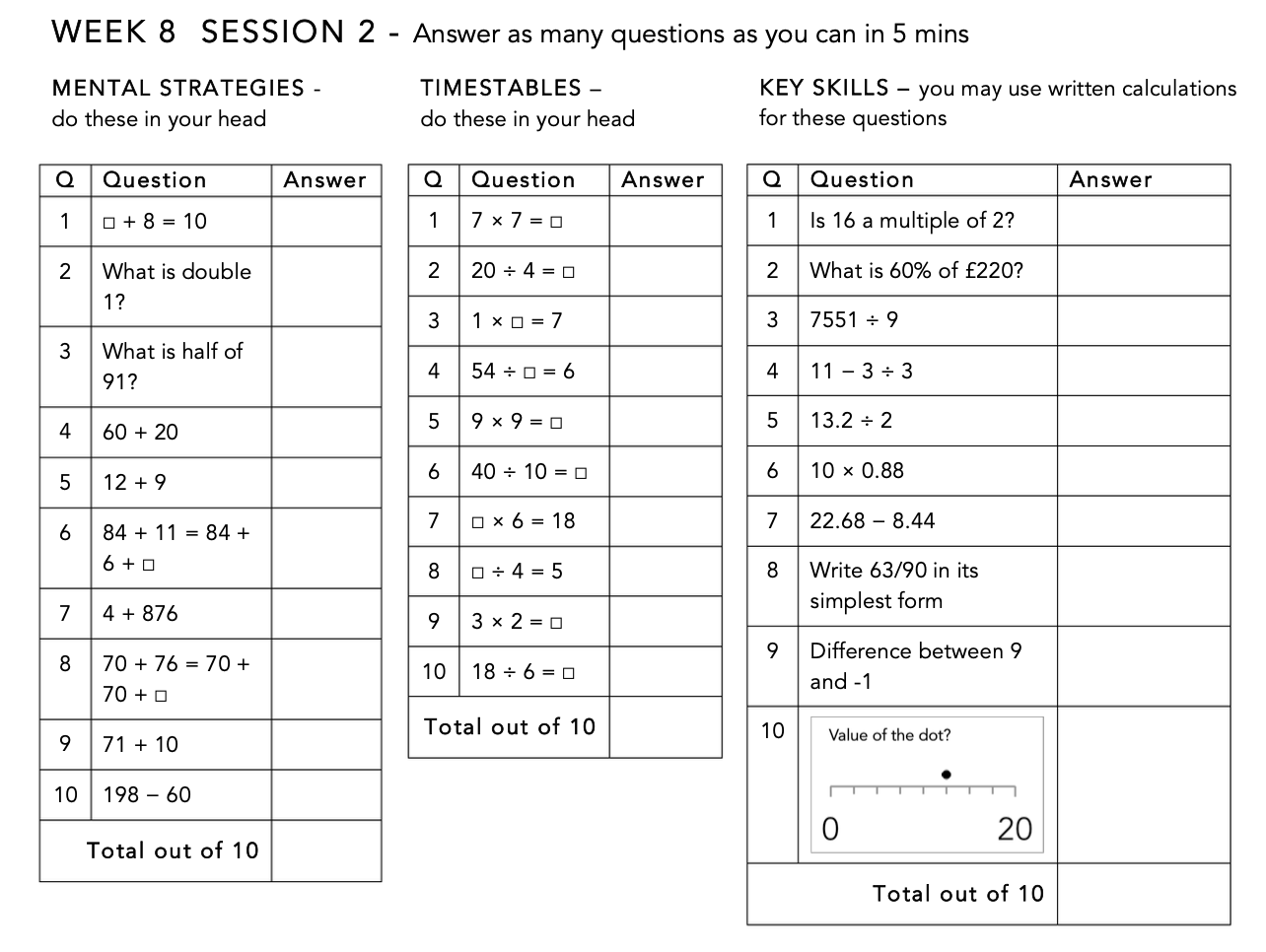7F2 Mathematics
Section outline
-
Short Week - there are no scheduled mathematics classes during 'Week 1'.
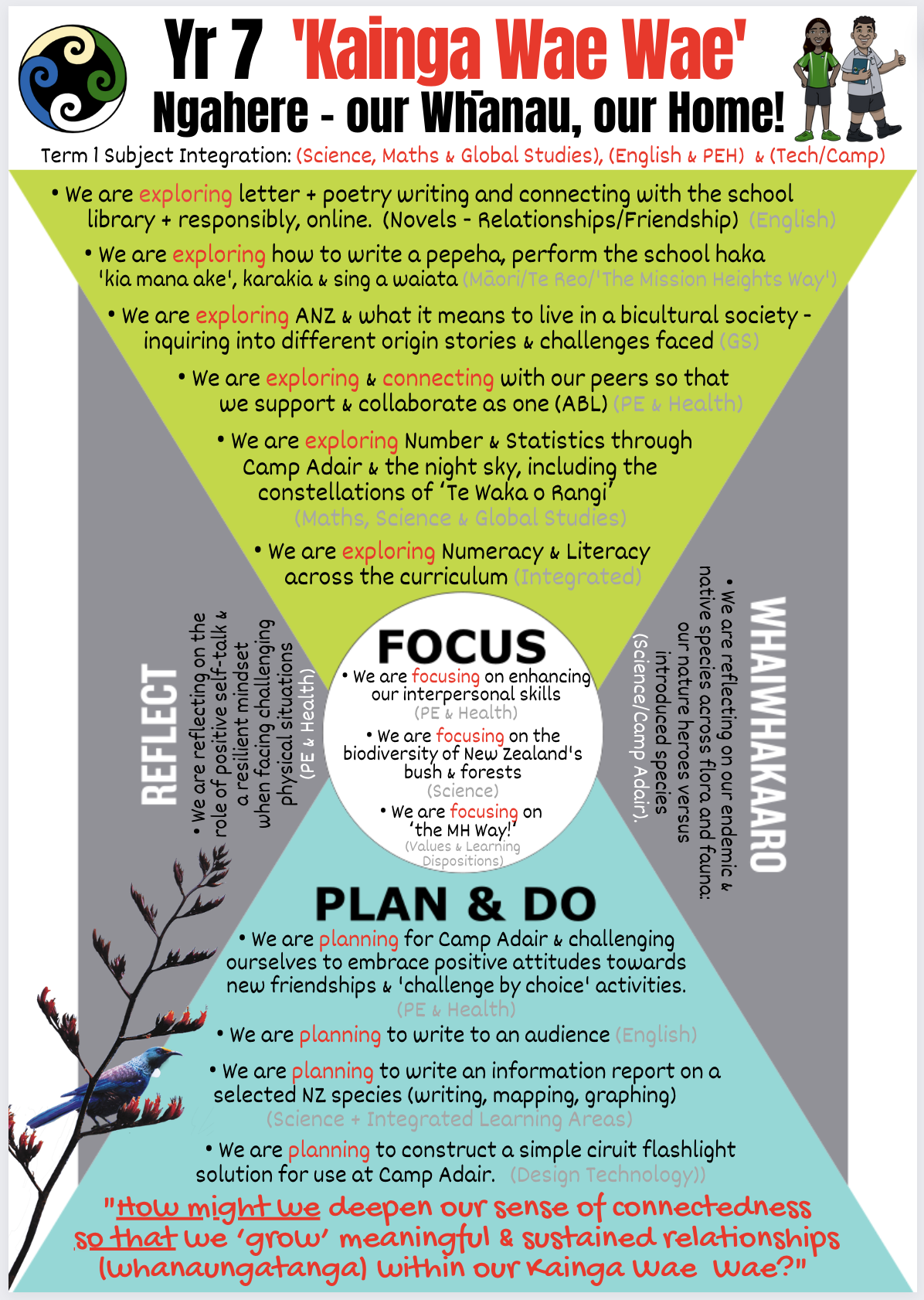
-
EXPLORE / TŪHURA learning intentions:
- We are EXPLORING the night sky and camp as rich contexts for understanding place value (whole and decimal numbers)
- We are EXPLORING the night sky and camp as rich contexts for reading and writing large numbers

Due to our TOD (Monday 5th February) and Waitangi Day holiday (Tuesday 6th February) there will just be one Mathematics class this week. Our beginning-of-year easTTLe assessments are scheduled for this session.

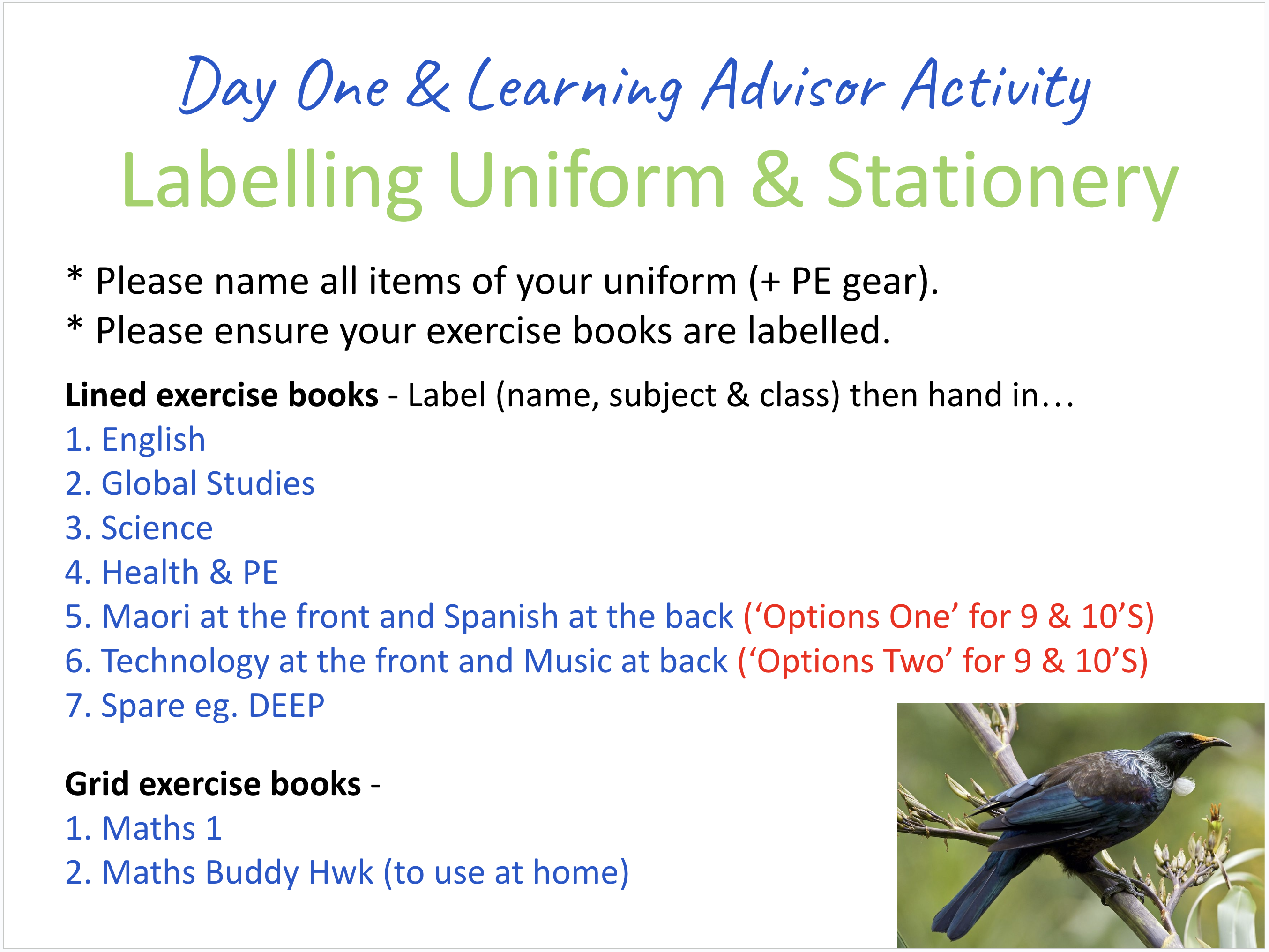
-
EXPLORE / TŪHURA learning intentions:
Matariki, the Solar System & Camp Adair as rich contexts for mathematical thinking:- We are EXPLORING the Solar System and Matariki as rich contexts for understanding place value
- We are EXPLORING the Solar System and Matariki as rich contexts for reading and writing large numbers
- We are EXPLORING the Solar System and Matariki as rich contexts for rounding and multiplying/dividing by 10, 100 and 100

Kia ora 7F2. It is my pleasure to be your Mathematics teacher this year. I can be contacted on mkindley@mhjc.school.nz
Term One's context is Kainga Wae Wae - ‘Our Home’ where your transition to Ngahere/Forest Whānau will be supported through our EXPLORATION of Number/Algebra through the Māori World View.

Whakataukī: “He waka eke noa!”
Metaphorical: A waka we are all in together. We rise together, fall together, work together and keep going together!
Literal: Working in unity and leaving no-one behind.Authentic Outcomes: Camp Adair in Week 7 of Term 1.
Success Criteria: I can...
• Identify place value of whole and decimal numbers
• Understand and 'read' large numbers
• Identify place, face and total value
Do Now: Numeracy Ninjas
Mental Strategies, Timetables and Key Skills revision.
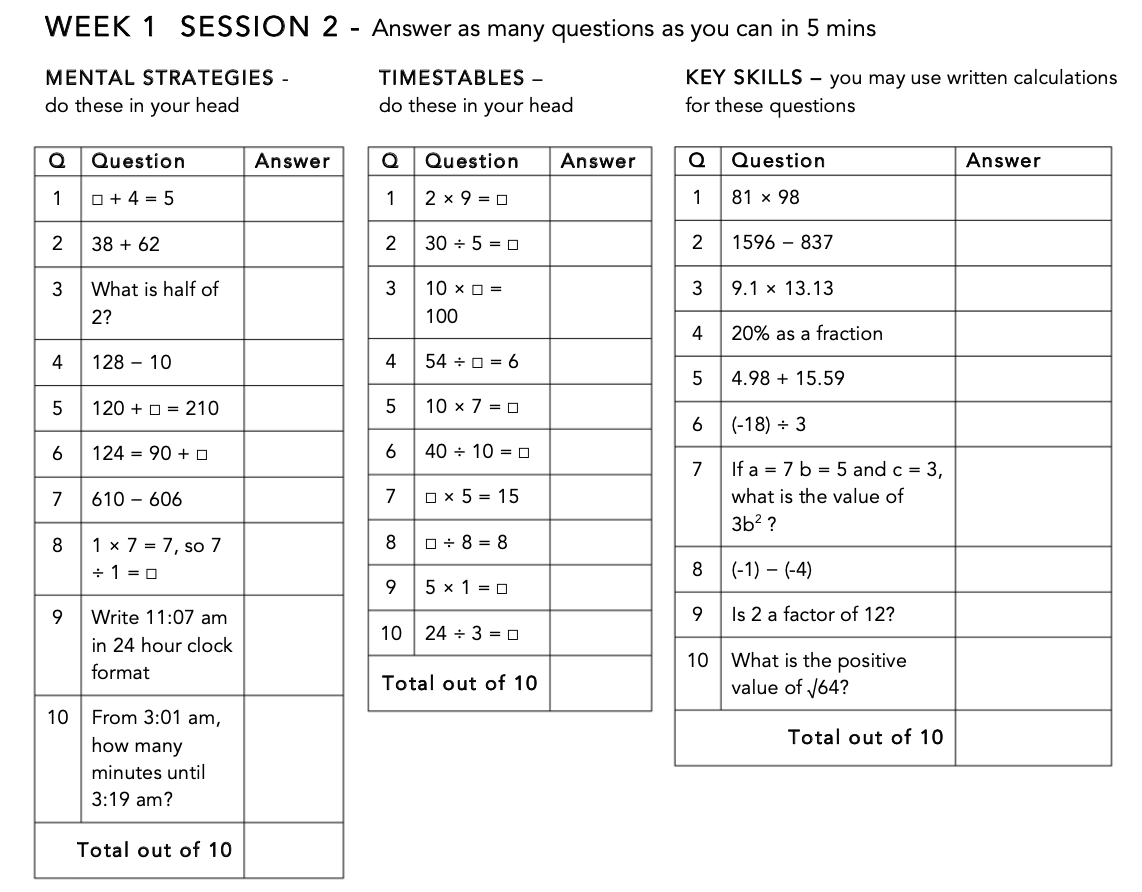
Class Activities: Number
1. Set up exercise books for Numeracy Ninja (back) and class work (front). Complete 10 minute 'Numeracy Ninja' Do Now task. Mark as a class and discuss coloured 'belt' system.
2. Class dice games and written activities to reinforce place, face and total value. Use of interactive chart on Transum website. https://www.transum.org/Maths/Activity/Place_Value/Headings.asp
3. Explain routines for bookwork (theory). Book 1: Front = Classwork. Back = Numeracy Ninjas. Book 2 = For at-home learning (please keep this book at home, ready for use when you are working on Maths Buddy).
4. Join Google Classroom: 7F1 Class Code: elqwsaa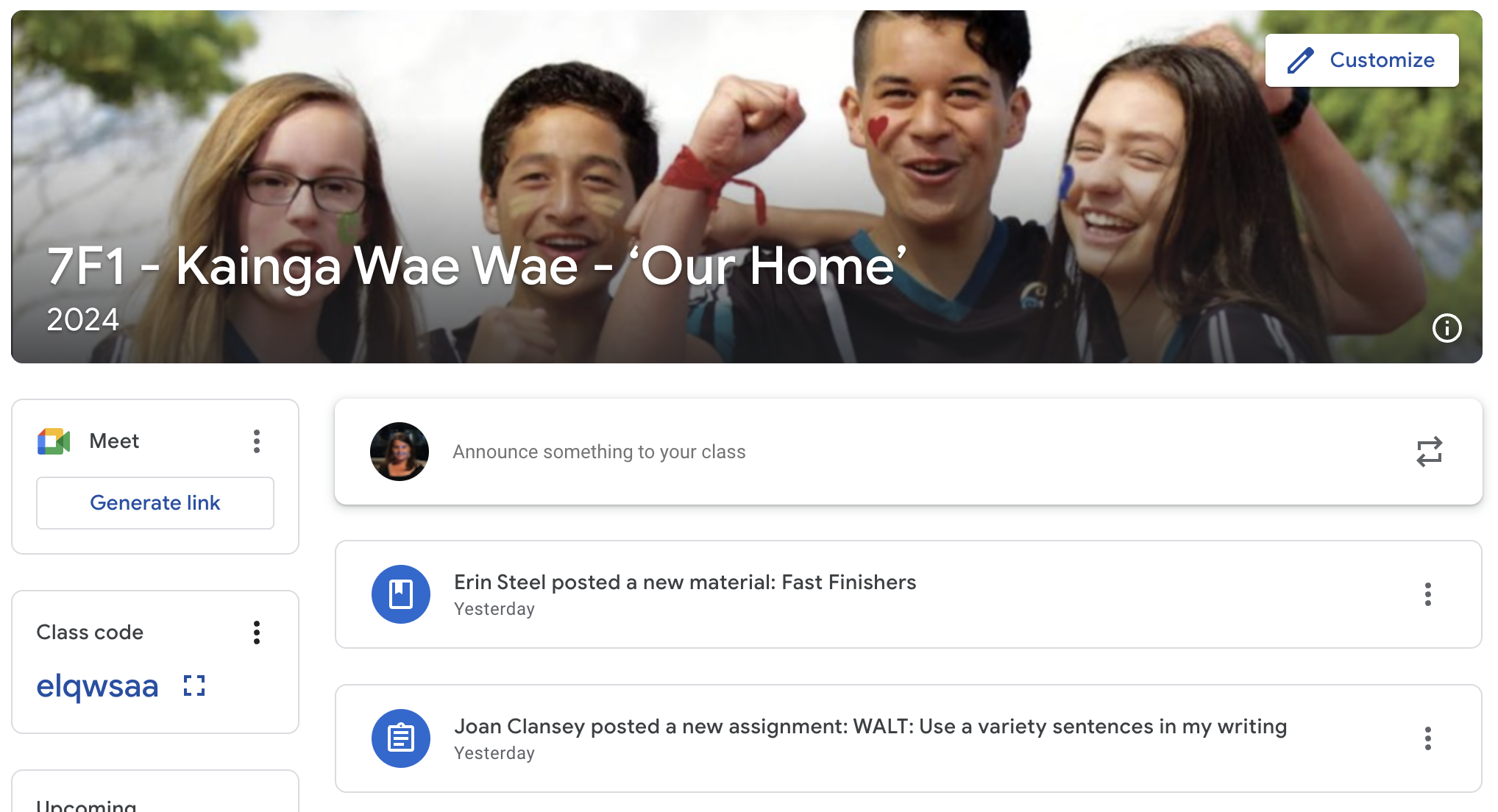
5. NZ Maths 'Number Knowledge' activities for place value and large numbers, with the Tchr.
6. Unpacking the easTTle maths beginning of year assessment.Homework:
Maths Buddy is your priority for your at-home practice. Please complete your set homework tasks by Friday Session 2 (ie. Learning Advisor time, starting from Week 2). If you have completed your assigned activities please do extra practice on your Ludi timetables programme.
Here's my suggestion re: how to effectively distribute your weekly homework responsibilities aiming for 45 minutes per night...
Mondays: 2 x Maths Buddy Tasks and 1 x See Reader
Tuesdays: 2 x Maths Buddy Tasks and 1 x See Reader
Wednesdays: 2 x Maths Buddy Tasks and 1 x See Reader and 2 x Read Arounds (Vocabulary) + 2 x iBalance (eye tracking & control)
(*Remember we have 'Wananga Wednesdays' during S3 & S4 at school)
Thursdays: 2 x Maths Buddy Task and 1 x See Reader -
EXPLORE / TŪHURA learning intentions:
Matariki, the Solar System & Camp Adair as rich contexts for mathematical thinking:- We are EXPLORING the Solar System and Matariki as rich contexts for understanding place value
- We are EXPLORING the Solar System and Matariki as rich contexts for reading and writing large numbers
- We are EXPLORING the Solar System and Matariki as rich contexts for rounding and multiplying/dividing by 10, 100 and 100

Kia ora 7F2! This week we continue to explore Number through our context, ‘Kainga Wae Wae - ‘Our Home’ by looking at very large numbers that can be associated with the Solar System. Next week we will start to explore Matariki (the Māori New Year) through a 'Statistics lens' (interpreting graphs).

Whakataukī: “He waka eke noa!”
Metaphorical: A waka we are all in together. We rise together, fall together, work together and keep going together!
Literal: Working in unity and leaving no-one behind.Authentic Outcomes: Camp Adair '24!
Success Criteria: I can...
• Identify place value of whole and decimal numbers
• Understand and 'read' large numbers
• Identify place, face and total value
• Add and subtract decimal numbers
Do Now: Numeracy Ninjas
Mental Strategies, Timetables and Key Skills revision.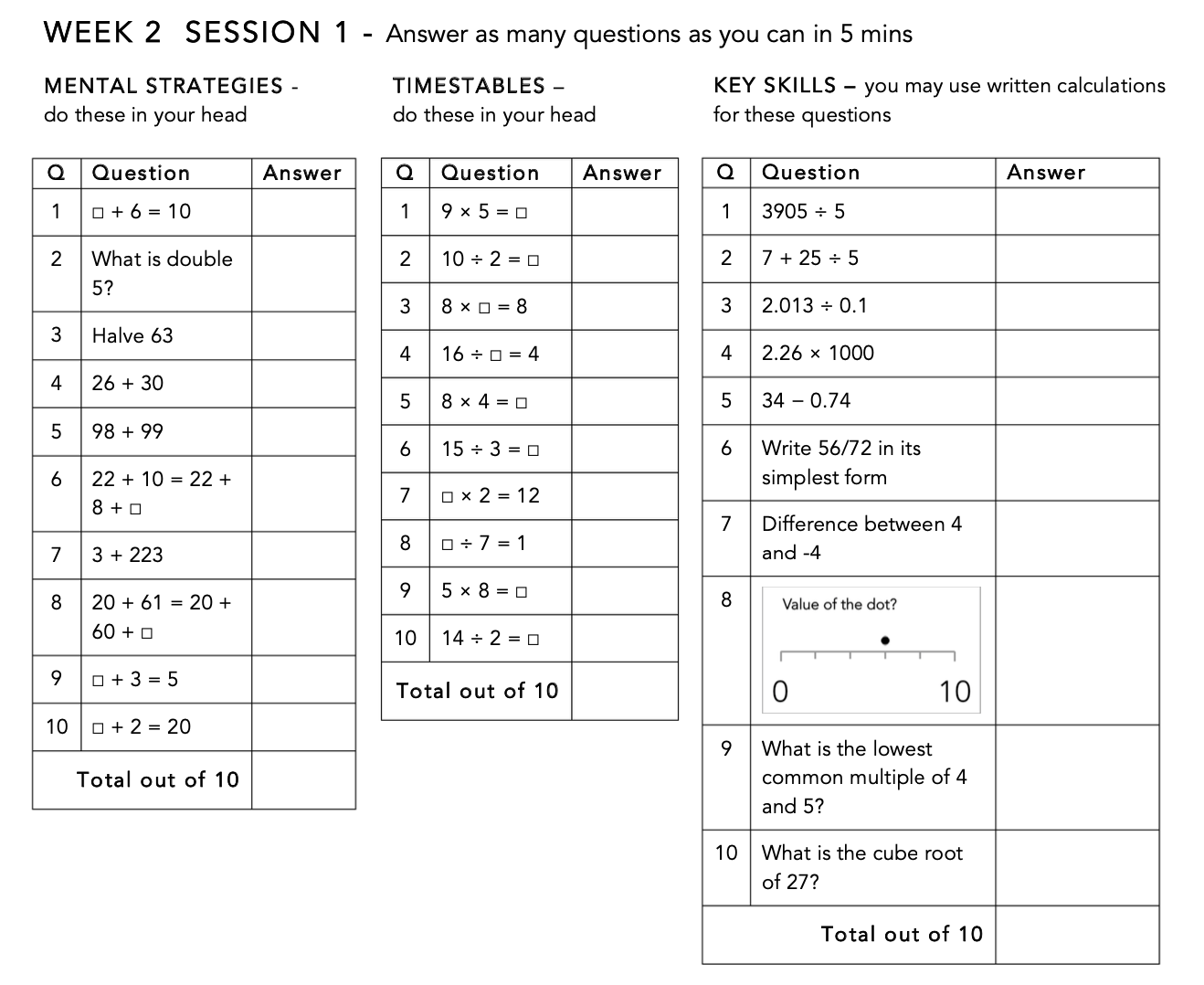
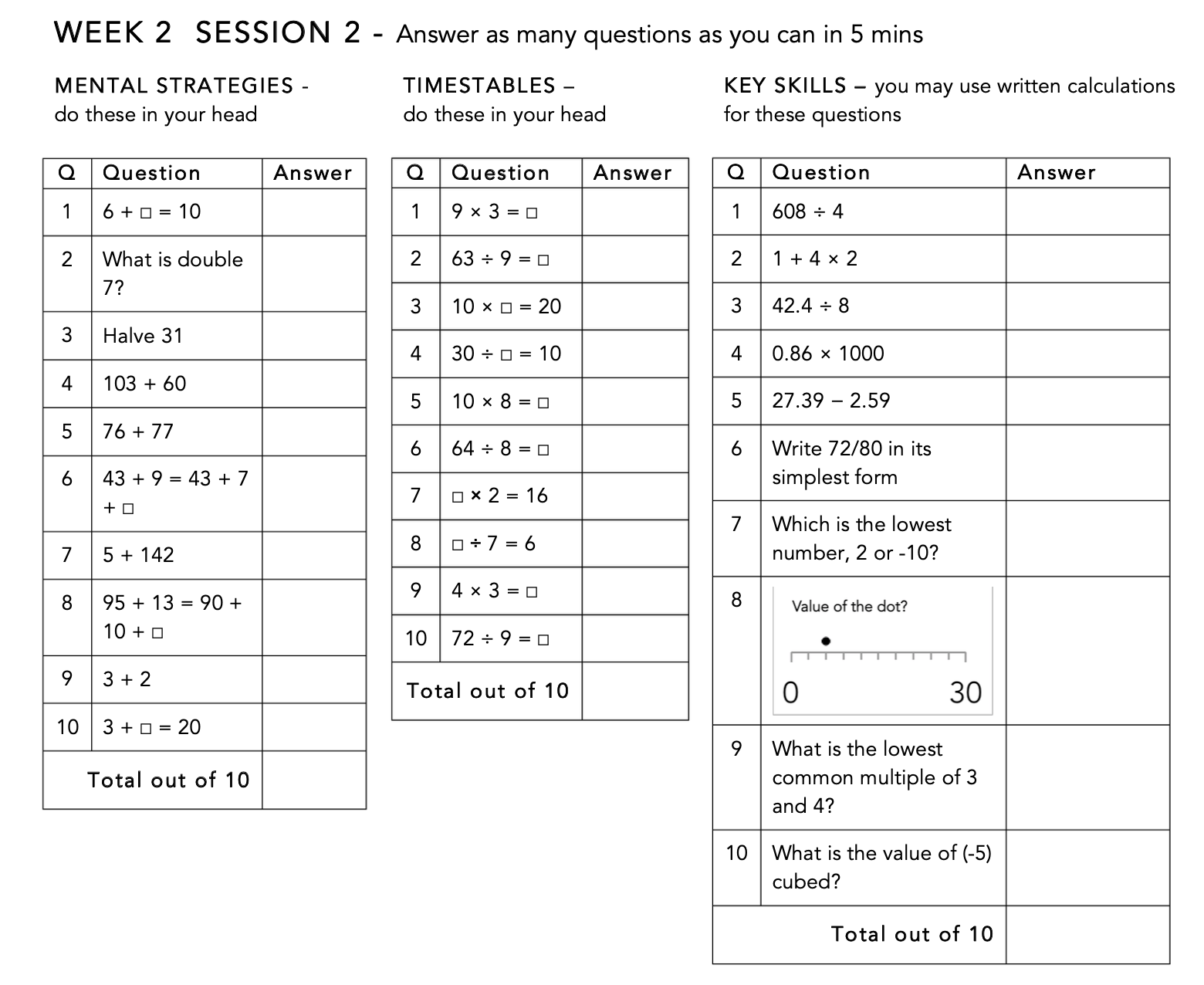

Class Activities: Number
1. Please complete your Numeracy Ninja 'Do Now' tasks at the back of your exercise books.
2. Complete our 'Ready to Learn' routine by recording LI's and SC in the front of your exercise book. View the brief video linked here re: Adding multi-digit decimals using the standard algorithm then complete online practice activities (AWS) for place value, expanding numbers, and decimal addition & subtraction.
3. Mark as a class using red pen.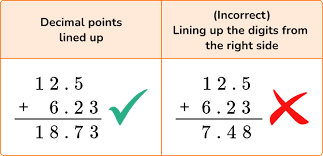
3. Reflect on your understanding and effort, in your 'Maths Evaluation'.Homework:
Maths Buddy is your priority for your at-home practice. Please complete your set homework tasks by Sunday evening. If you have completed your assigned activities please do extra practice on your 'Ludi' timetables programme.
Here's my suggestion re: how to effectively distribute your weekly homework responsibilities this week...
Mondays: 2 x Maths Buddy Tasks and 1 x See Reader
Tuesdays: 2 x Maths Buddy Tasks and 1 x See Reader
Wednesdays: 2 x Maths Buddy Tasks and 1 x See Reader
Thursdays: 1 x Maths Buddy Task, 1 x See Reader, 1 x IB plus 1 x RA
Fridays at school during FFR time: Any remaining Maths Buddy tasks and 1 x IB plus 1 x RA -
Enter text here...
FOCUS / ARONGA learning intentions:
- We are FOCUSING on number operations to commence Stage One of our Numeracy Certificate
- We are FOCUSING on number operations in context (Camp Adair)
Enter text here...
Class Activities: Number
1. Issue class Numeracy Certificates.
2. Complete Ludi basic facts speed test. Issue stickers for 1:1 and 2:1 once passed the 'Emerging' and 'Basic' levels.
3. Work through question banks 1:2. 1:3, 1:4 to 1:8 aiming for 95% or higher to earn a sticker on your Stage One of your Numeracy Certificate.
4. Miss Kindley will record your name on our Whanau spreadsheet when you complete a Stage (8 stickers) and assign an eBadge on your Holistic Report.
5. Miss Kindley will assign Stage Two on Maths Buddy to students who have passed all 8 tasks at Stage One.Homework:
Please feel free to keep working through your Numeracy Certificate tasks for homework extension throughout the year.


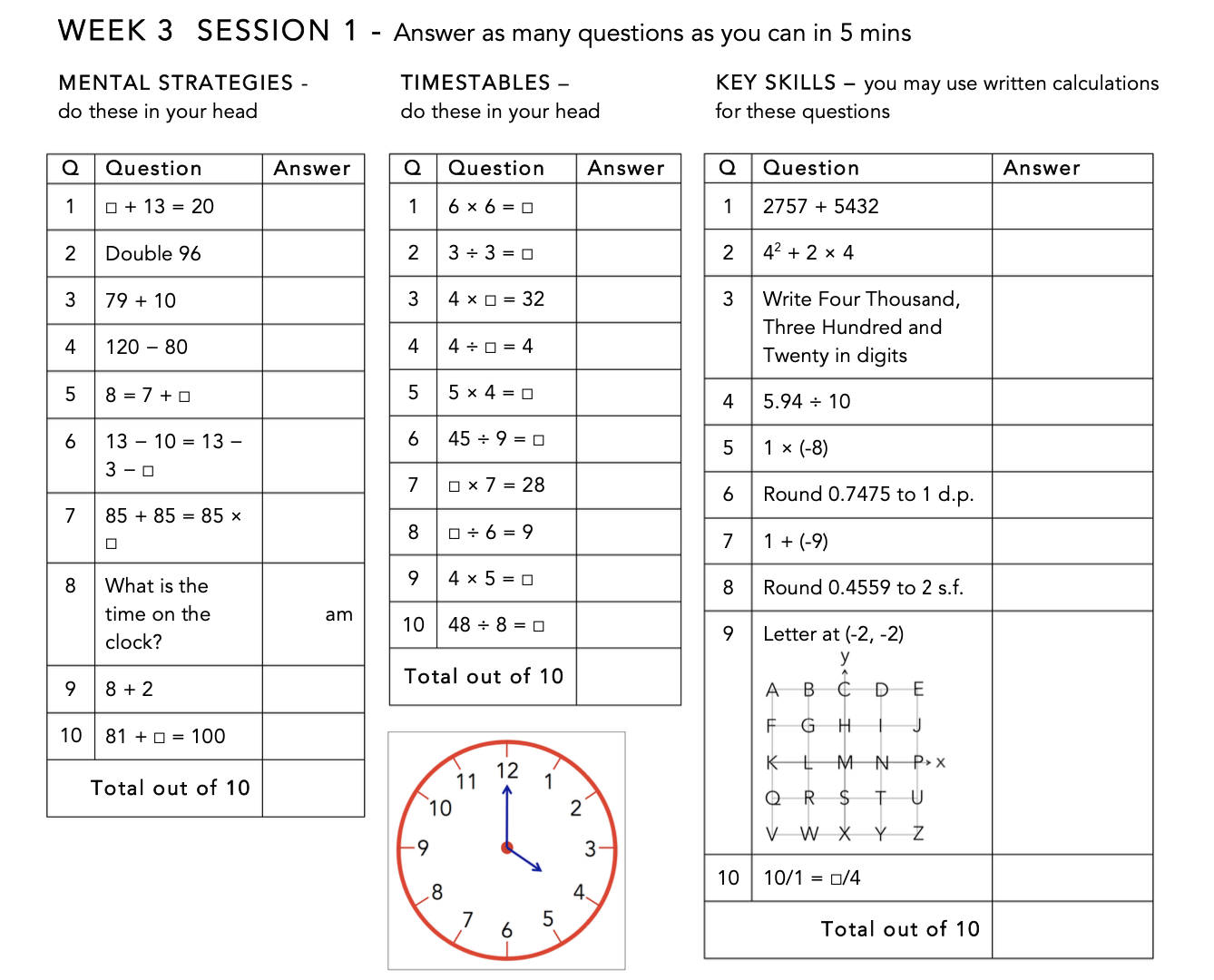
-
EXPLORE / TŪHURA learning intentions:
Matariki, the Solar System & Camp Adair as rich contexts for mathematical thinking:
- We are EXPLORING Matariki & Camp Adair as rich contexts for understanding fractions, decimals & percentages in everyday use
- We are EXPLORING Matariki & Camp Adair as rich contexts for ordering decimals and estimation involving money
- We are EXPLORING Matariki & Camp Adair as rich contexts for finding fractions, a fraction of a quantity, and equivalent fractions
- We are EXPLORING Matariki & Camp Adair as rich contexts for adding and simplifying fractions
- We are EXPLORING Matariki & Camp Adair as rich contexts for writing fractions as decimals, and fractions as %'s, and vice versa.

Kia ora 7F2. I hope that you had a wonderful time at camp last week. When we return to school, we will continue to explore Number through our context, ‘Kainga Wae Wae - ‘Our Home’ by looking at fractions, decimals and percentages that are associated with Camp Adair. We are also starting our Matariki group work by exploring the Māori New Year through a 'Statistics lens' (interpreting graphs).

Whakataukī: “He waka eke noa!”
Metaphorical: A waka we are all in together. We rise together, fall together, work together and keep going together!
Literal: Working in unity and leaving no-one behind.Authentic Outcomes: Marae trip to Howick, presentation of Pepeha, Waiata and 'Kia Mana Ake' , our school haka. Camp Adair.
Success Criteria: I can...
• Use a number line to organise fractions
• Write equivalent fractions
• Simplify fractions to their simplest form
• Add and subtract fractions with the same denominator
• Identify and write fractionsDo Now: Numeracy Ninjas
Mental Strategies, Timetables and Key Skills revision.
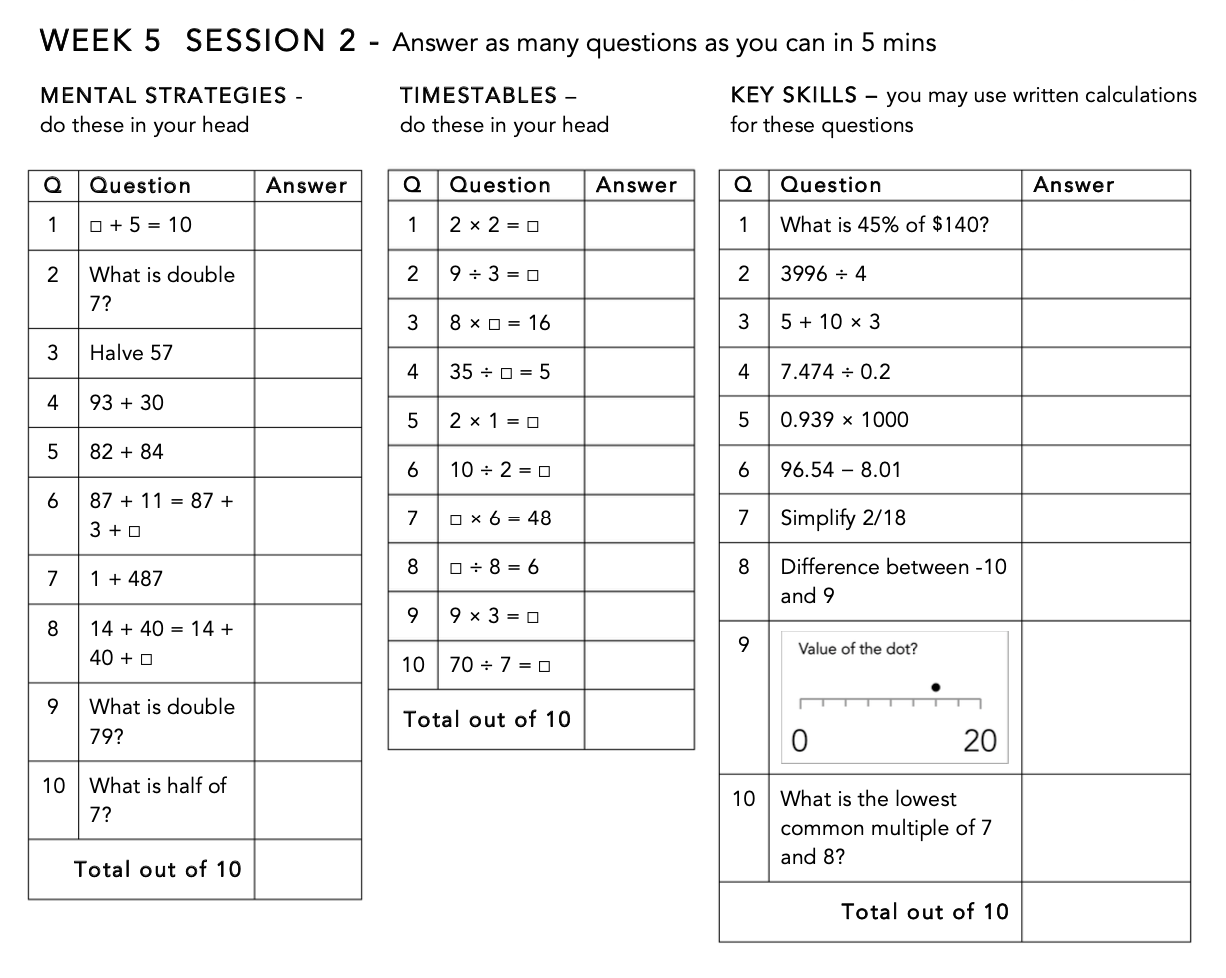
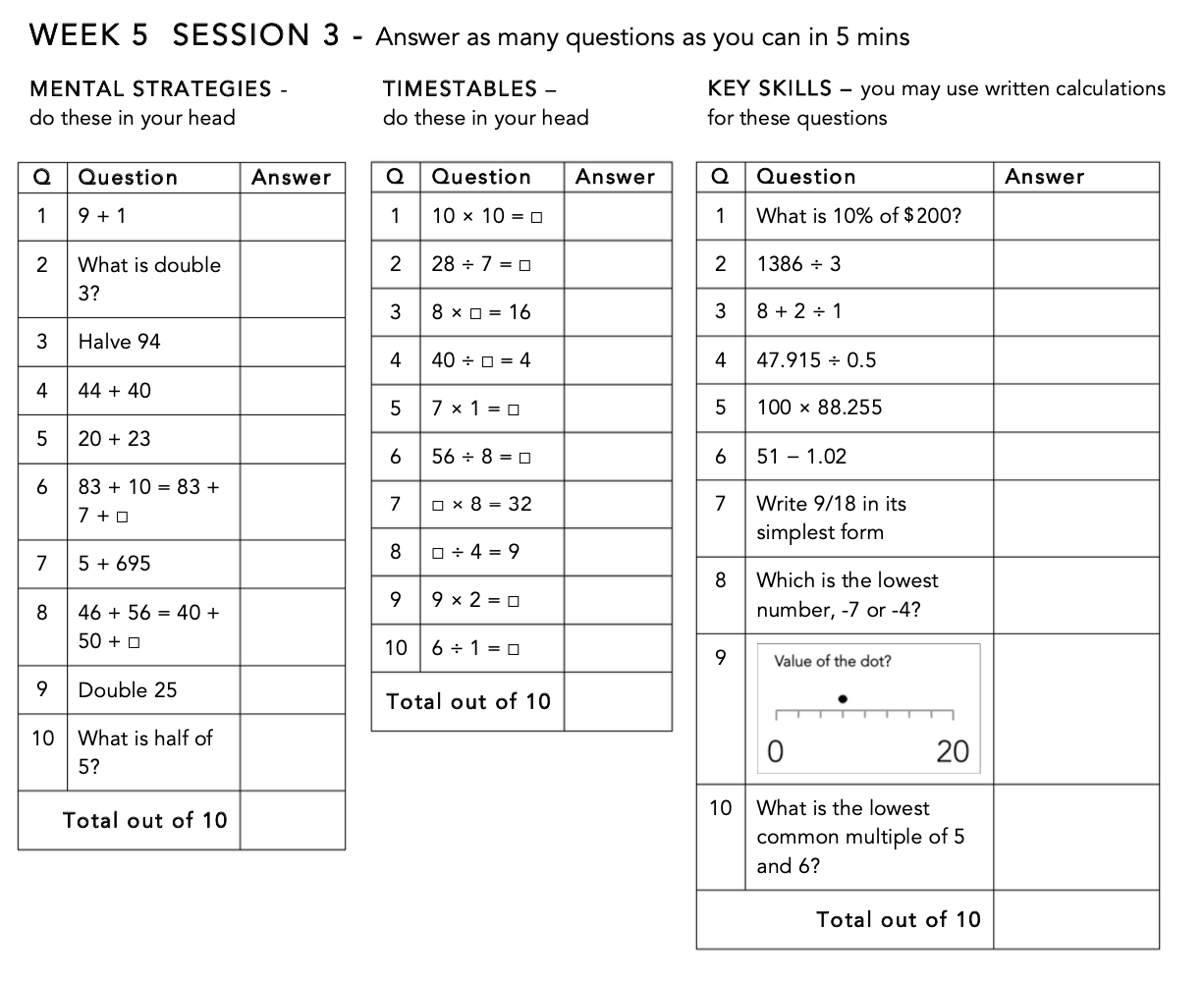
Class Activities: Number
1. Record and underline the short date with a ruler and record the session's Learning Intention at the front of your maths exercise books. Please write in pencil, and rule/underline and mark with red pen.
2. In class discussion and demonstration with Teacher. Peason Maths activities, Task 6 attached below...
3. Mark exercise book work as a class
4. Reflect on your understanding and effort, in your ' Maths Evaluation '.Homework:
Maths Buddy is your priority for your at-home practice. Please complete your set homework tasks by Friday at 9:30am (Forest's homework routine has now changed to 'Due on Fridays & re-issued on Fridays' to allow you more time). If you have completed your assigned activities please do extra practice on your 'Ludi' timetables programme.
Here's my suggestion re: how to effectively distribute your weekly homework responsibilities this week...
Fridays at school during FFR time: Maths Buddy Multi-Stand Revision Task (40 questions) and 1 x IB plus 1 x RA
Mondays: 2 x Maths Buddy Tasks and 1 x See Reader
Tuesdays: 2 x Maths Buddy Tasks and 1 x See Reader
Wednesdays: 2 x Maths Buddy Tasks and 1 x See Reader
Thursdays: 2 x Maths Buddy Task, 1 x See Reader, 1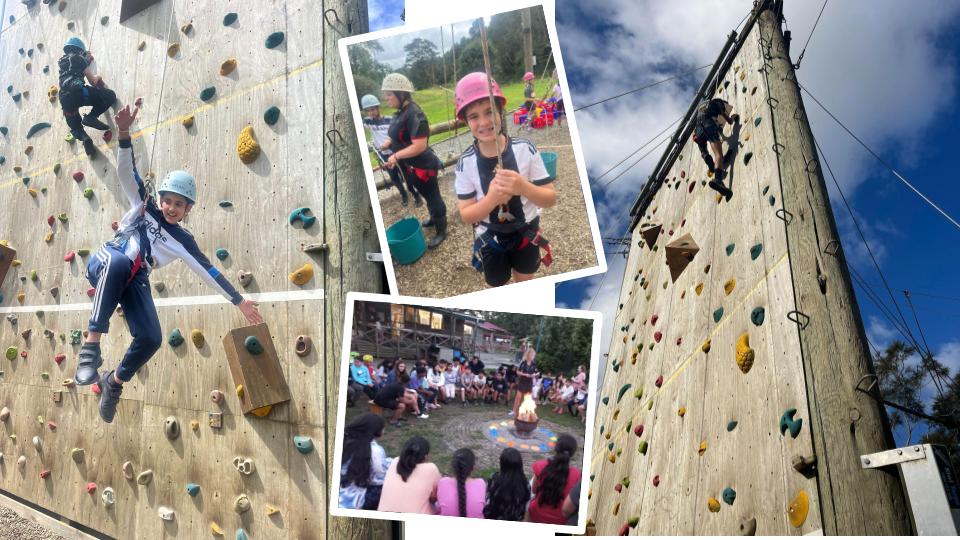

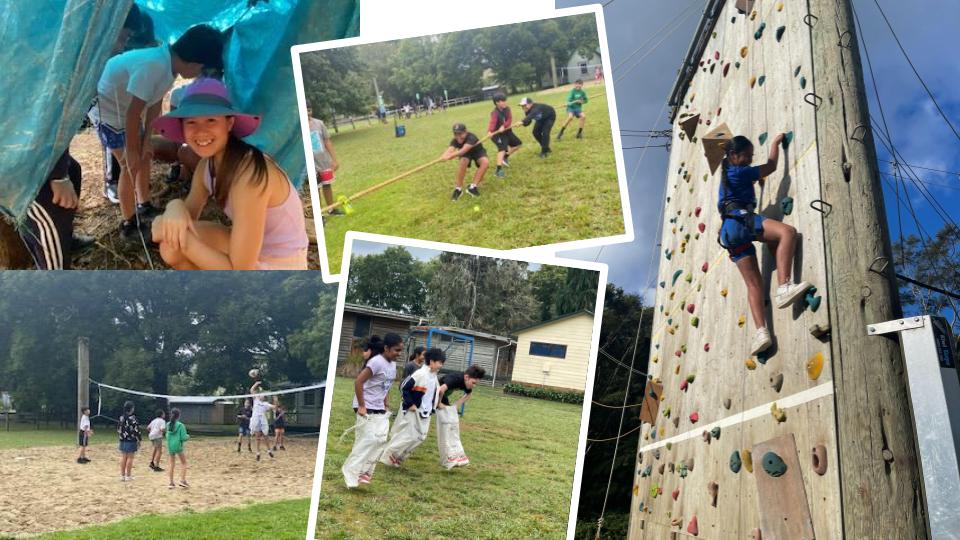
-
EXPLORE / TŪHURA learning intentions:
Matariki, the Solar System & Camp Adair as rich contexts for mathematical thinking:
- We are EXPLORING Matariki & Camp Adair as rich contexts for understanding fractions, decimals & percentages in everyday use
- We are EXPLORING Matariki & Camp Adair as rich contexts for ordering decimals and estimation involving money
- We are EXPLORING Matariki & Camp Adair as rich contexts for finding fractions, a fraction of a quantity, and equivalent fractions
- We are EXPLORING Matariki & Camp Adair as rich contexts for adding and simplifying fractions
- We are EXPLORING Matariki & Camp Adair as rich contexts for writing fractions as decimals, and fractions as %'s, and vice versa.

Kia ora 7F1. This week we continue to explore Number through our context, by looking at fractions, decimals and percentages that are associated with 'Camp Adair'. We are also continuing our Matariki group work by exploring the Māori New Year through a 'Statistics lens' (interpreting graphs).

Whakataukī: “He waka eke noa!”
Metaphorical: A waka we are all in together. We rise together, fall together, work together and keep going together!
Literal: Working in unity and leaving no-one behind.Authentic Outcomes: Marae trip to Howick, presentation of Pepeha, Waiata and 'Kia Mana Ake' , our school haka. Camp Adair.
Success Criteria: I can...
• Use a number line to organise fractions
• Write equivalent fractions
• Simplify fractions to their simplest form
• Add and subtract fractions with the same denominator
• Identify and write fractionsDo Now: Numeracy Ninjas
Mental Strategies, Timetables and Key Skills revision.

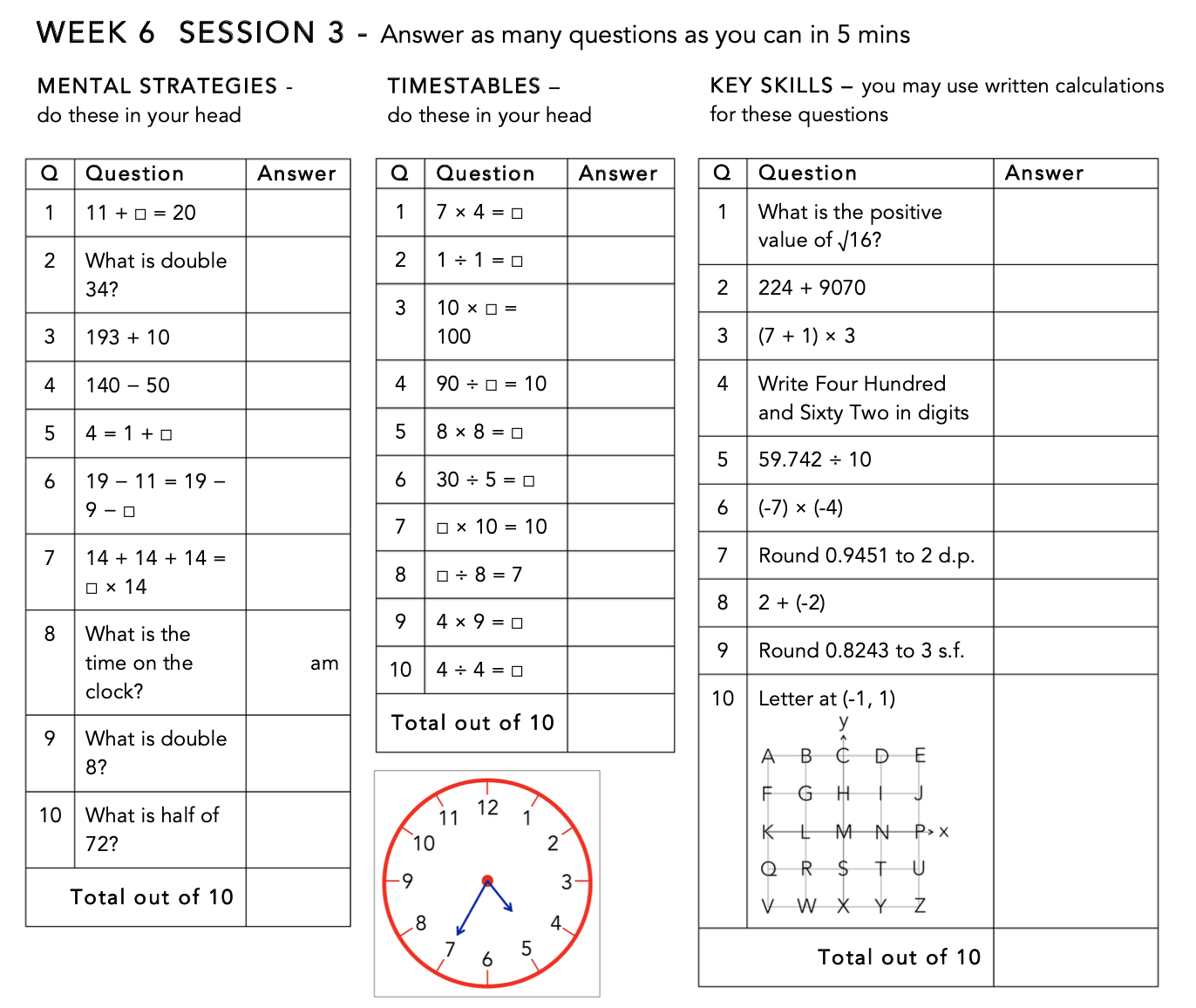
Class Activities: Number
1. Record and underline the short date with a ruler and record the session's Learning Intention at the front of your maths exercise books. Please write in pencil, and rule/underline and mark with red pen.
2. In-class discussion and demonstration with Teacher. Complete Peason Maths activities, Task 6 attached below...
3. Complete 'Introduction to fractions' AWS task, below.
4. Mark exercise bookwork as a class
5. Reflect on your understanding and effort, in your ' Maths Evaluation '.Homework:
Maths Buddy is your priority for your at-home practice. Please complete your set homework tasks by Friday at 9:30am (Forest's homework routine has now changed to 'Due on Fridays & re-issued on Fridays' to allow you more time). If you have completed your assigned activities please do extra practice on your 'Ludi' timetables programme.
Here's my suggestion re: how to effectively distribute your weekly homework responsibilities this week...
Fridays at school during FFR time: Maths Buddy Multi-Stand Revision Task (40 questions) and 1 x IB plus 1 x RA
Mondays: 2 x Maths Buddy Tasks and 1 x See Reader
Tuesdays: 2 x Maths Buddy Tasks and 1 x See Reader
Wednesdays: 2 x Maths Buddy Tasks and 1 x See Reader
Thursdays: 2 x Maths Buddy Task, 1 x See Reader, 1 x IB plus 1 x RA -
Morena,

Kia ora 7F12 This week we continue to explore Number through our context by looking at fractions, decimals and percentages that are associated with 'Camp Adair'.

Whakataukī: “He waka eke noa!”
Metaphorical: A waka we are all in together. We rise together, fall together, work together and keep going together!
Literal: Working in unity and leaving no-one behind.Authentic Outcomes: Marae trip to Howick, presentation of Pepeha, Waiata and 'Kia Mana Ake' , our school haka. Camp Adair.
Success Criteria: I can...
• Use a number line to organise fractions
• Write equivalent fractions
• Simplify fractions to their simplest form
• Add and subtract fractions with the same denominator
• Find a fraction of a quantity
• Interpret graphs
• Calculate averages (mean, median, mode and range)Do Now: Numeracy Ninjas
Mental Strategies, Timetables and Key Skills revision.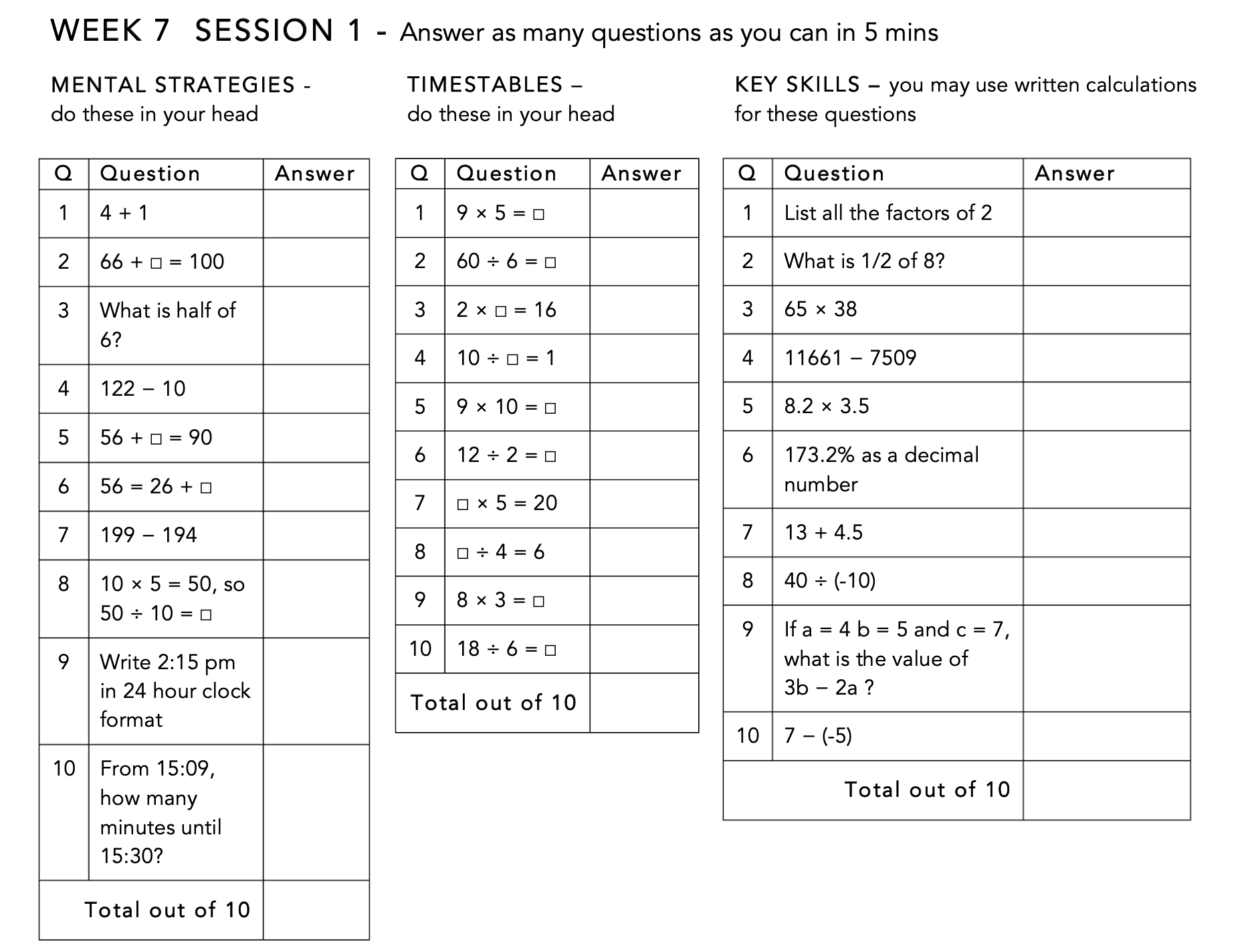

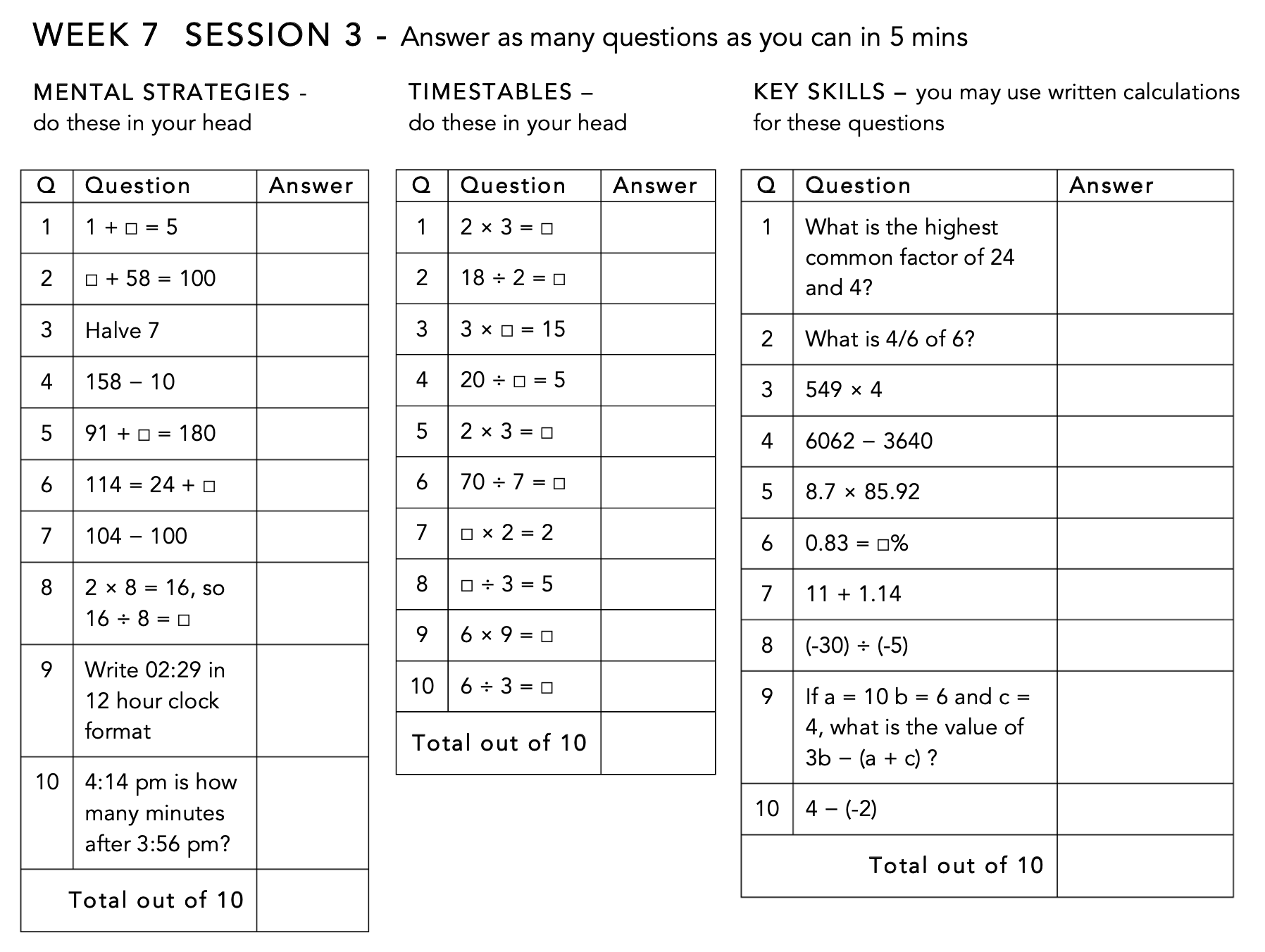
Class Activities: Number & Statistics
1. Record and underline the short date with a ruler and record the session's Learning Intention at the front of your maths exercise books. Please write in pencil, and rule/underline and mark with red pen.
2. I
3.
4. Reflect on your understanding and effort, in your ' Maths Evaluation '.Homework:
Maths Buddy is your priority for your at-home practice. Please complete your set homework tasks by Friday at 9:30am (Forest's homework routine has now changed to 'Due on Fridays & re-issued on Fridays' to allow you more time). If you have completed your assigned activities please do extra practice on your 'Ludi' timetables programme.
Here's my suggestion re: how to effectively distribute your weekly homework responsibilities this week...
Fridays at school during FFR time: Maths Buddy Multi-Stand Revision Task (40 questions) and 1 x IB plus 1 x RA
Mondays: 2 x Maths Buddy Tasks and 1 x See Reader
Tuesdays: 2 x Maths Buddy Tasks and 1 x See Reader
Wednesdays: 2 x Maths Buddy Tasks and 1 x See Reader
Thursdays: 2 x Maths Buddy Task, 1 x See Reader, 1 x IB plus 1 x RA -

EXPLORE / TŪHURA learning intentions:
- We are EXPLORING number operations in context to support Stage One of our MHJC Numeracy Certificate
- We are EXPLORING angles and their properties
- We are EXPLORING, selecting and defining angle types, and classifying angles
- We are EXPLORING how to calculate angles on a straight line
- We are EXPLORING 3D shapes and constructing nets using geometric equipment
- We are MEASURING and converting mm to centimetres to meters and kilometres
- We are CALCULATING areas of squares and triangles
- We are CALCULATING volumes of cubes and rectangles
- We are DISCOVERING which graph is best to display different STEM FAIR data sets
PLAN & DO / WHAKAMAHI learning intentions:
- We are APPLYING number operations to complete Stage One of our Numeracy Certificate

Authentic Outcomes: Science Fair and ‘Taonga of Aotearoa’ weaving/print-making exhibition.
Theme: The importance of land/sustainability
Whakatauki: "Whatungarongaro te tangata, toitū te whenua."
Metaphorical: As people disappear from sight, the land remains.
Literal: This whakatauki speaks to the importance and permanence of land. While people come and go, the land remains. As humans we rely on the land. We must think long-term and see the big picture to ensure the sustainability of the land.Success Criteria: I can...
Measurement & Geometry
• Measure an angle using a protractor (sharp shoot over the vertex, ensure the horizontal line of the protractor is aligned correctly, read from zero)
• Name the types and properties of acute, right, obtuse & reflex angles
• Name types of triangles
• Name 3D shapes
• Identify and convert units of length (mm, cm, m & km), mass (mg, g, kg, T) and capacity (mL, L, kL)Statistics
• Organise data onto a frequency table
• Identify the 'x' and 'y' axis to accurately plot data onto graphs
• Apply the TAILS acronym to display data effectively
• Interpret graphs (line graphs, bar and dot plots)
• Calculate averages (mean, median, mode and range)
Class Activities: Number
1. Issue class Numeracy Certificates.
2. Complete Ludi basic facts speed test. Issue stickers for 1:1 and 2:1 once passed the 'Emerging' and 'Basic' levels.
3. Work through question banks 1:2. 1:3, 1:4 to 1:8 aiming for 95% or higher to earn a sticker on your Stage One of your Numeracy Certificate.
4. Miss Kindley will record your name on our Whanau spreadsheet when you complete a Stage (8 stickers) and assign an eBadge on your Holistic Report.
5. Miss Kindley will assign Stage Two on Maths Buddy to students who have passed all 8 tasks at Stage One.
6. Record and underline the short date with a ruler and record the session's Learning Intention at the front of your maths exercise books. Please write in pencil, and rule/underline and mark with red pen.
7. In-class discussion and demonstration with the Teacher.
Kauri, Rimu & Totara: Work through activities 'Units & Conversions associated with Length, Mass & Capacity' independently after teacher modelling. AWS L4 Task 7, 9 & 11.
Fast finishers can work on their Maths Buddy reinforcement activities.
8. Mark exercise bookwork, in groups.
9. Reflect on your understanding and effort, in your ' Maths Evaluation '.

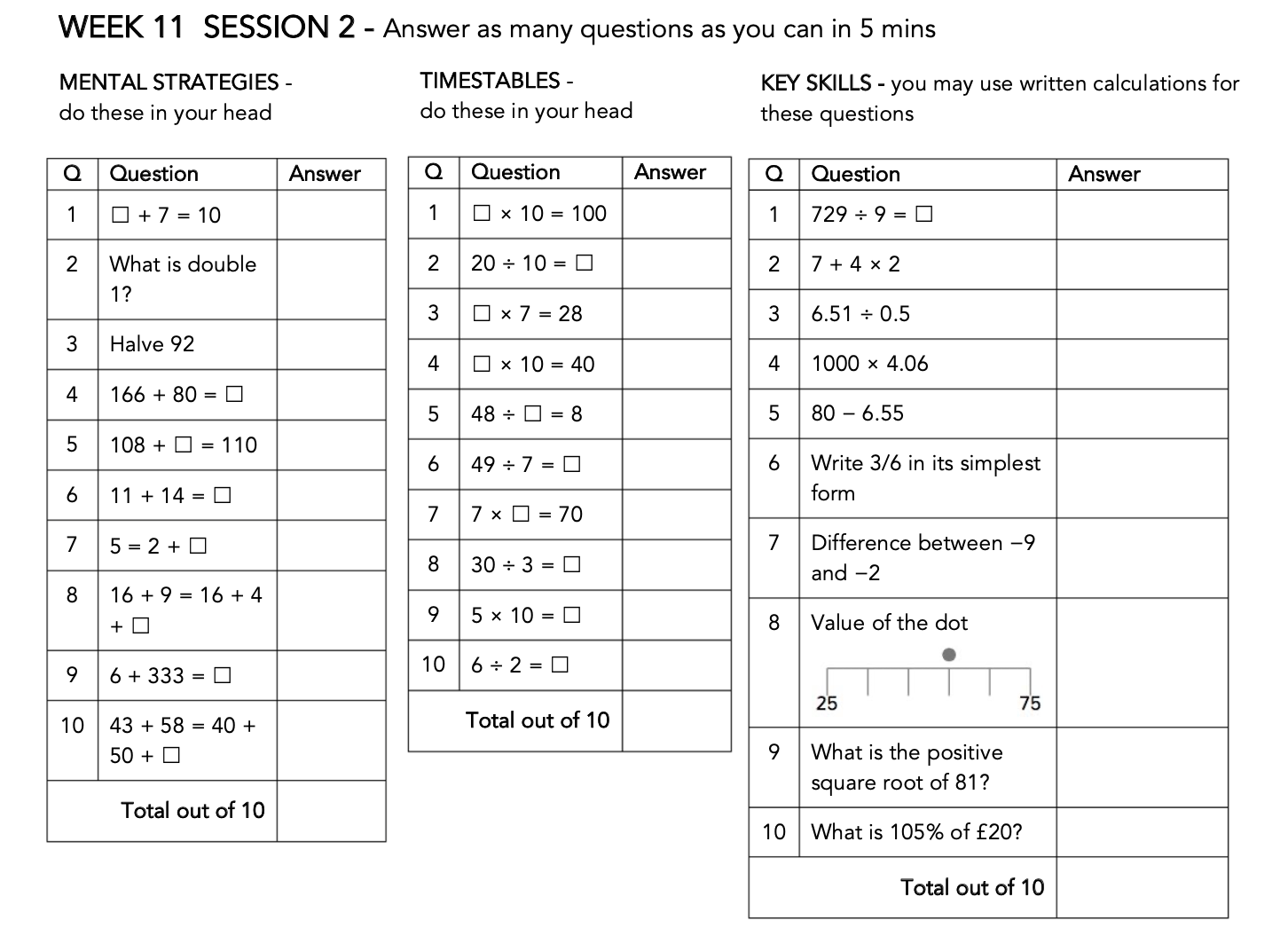

Homework:
Maths Buddy is your priority for your at-home practice. Please complete your set homework tasks by Friday at 9:30am (Forest's homework routine has now changed to 'Due on Fridays & re-issued on Fridays' to allow you more time). If you have completed your assigned activities please do extra practice on your 'Ludi' timetables programme and complete your Numeracy Certificate tasks.
Here's my suggestion re: how to effectively distribute your weekly homework responsibilities this week...
Mondays: 2 x Maths Buddy Tasks and 1 x See Reader
Tuesdays: 2 x Maths Buddy Tasks and 1 x See Reader
Wednesdays: 2 x Maths Buddy Tasks, 1 x See Reader during Wananga Wednesday and 1 x iBalance plus 1 x Read Around at home
Thursdays: 2 x Maths Buddy Task, 1 x See Reader


-
EXPLORE / TŪHURA learning intentions:
- We are EXPLORING number operations in context to support Stage One of our MHJC Numeracy Certificate
- We are EXPLORING angles and their properties
- We are EXPLORING, selecting and defining angle types, and classifying angles
- We are EXPLORING how to calculate angles on a straight line
- We are EXPLORING 3D shapes and constructing nets using geometric equipment
- We are MEASURING and converting mm to centimetres to meters and kilometres
- We are CALCULATING areas of squares and triangles
- We are CALCULATING volumes of cubes and rectangles
- We are DISCOVERING which graph is best to display different STEM FAIR data sets
PLAN & DO / WHAKAMAHI learning intentions:
- We are APPLYING number operations to complete Stage One of our Numeracy Certificate
Authentic Outcomes: Science Fair and ‘Taonga of Aotearoa’ weaving/print-making exhibition.
Theme: The importance of land/sustainability
Whakatauki: "Whatungarongaro te tangata, toitū te whenua."
Metaphorical: As people disappear from sight, the land remains.
Literal: This whakatauki speaks to the importance and permanence of land. While people come and go, the land remains. As humans we rely on the land. We must think long-term and see the big picture to ensure the sustainability of the land.Success Criteria: I can...
Measurement & Geometry
• Measure an angle using a protractor (sharp shoot over the vertex, ensure the horizontal line of the protractor is aligned correctly, read from zero)
• Name the types and properties of acute, right, obtuse & reflex angles
• Name types of triangles
• Name 3D shapes
• Identify and convert units of length (mm, cm, m & km), mass (mg, g, kg, T) and capacity (mL, L, kL)Statistics
• Organise data onto a frequency table
• Identify the 'x' and 'y' axis to accurately plot data onto graphs
• Apply the TAILS acronym to display data effectively
• Interpret graphs (line graphs, bar and dot plots)
• Calculate averages (mean, median, mode and range)
Class Activities: Number
1. Record and underline the short date with a ruler and record the session's Learning Intention at the front of your maths exercise books. Please write in pencil, and rule/underline and mark with red pen.
2. In-class discussion and demonstration with the Teacher: Area and Perimeter. Kauri, Rimu & Totara: Work through activities 'Find the Area and Perimeter' independently after teacher modelling. AWS L4, Task 13, 14, 16 & 19.3. Maths practical: Record the estimate and accurate figures for the given objects.
Fast finishers can work on their Maths Buddy reinforcement activities.
4. Mark exercise bookwork, in groups.
5. Reflect on your understanding and effort, in your ' Maths Evaluation '.
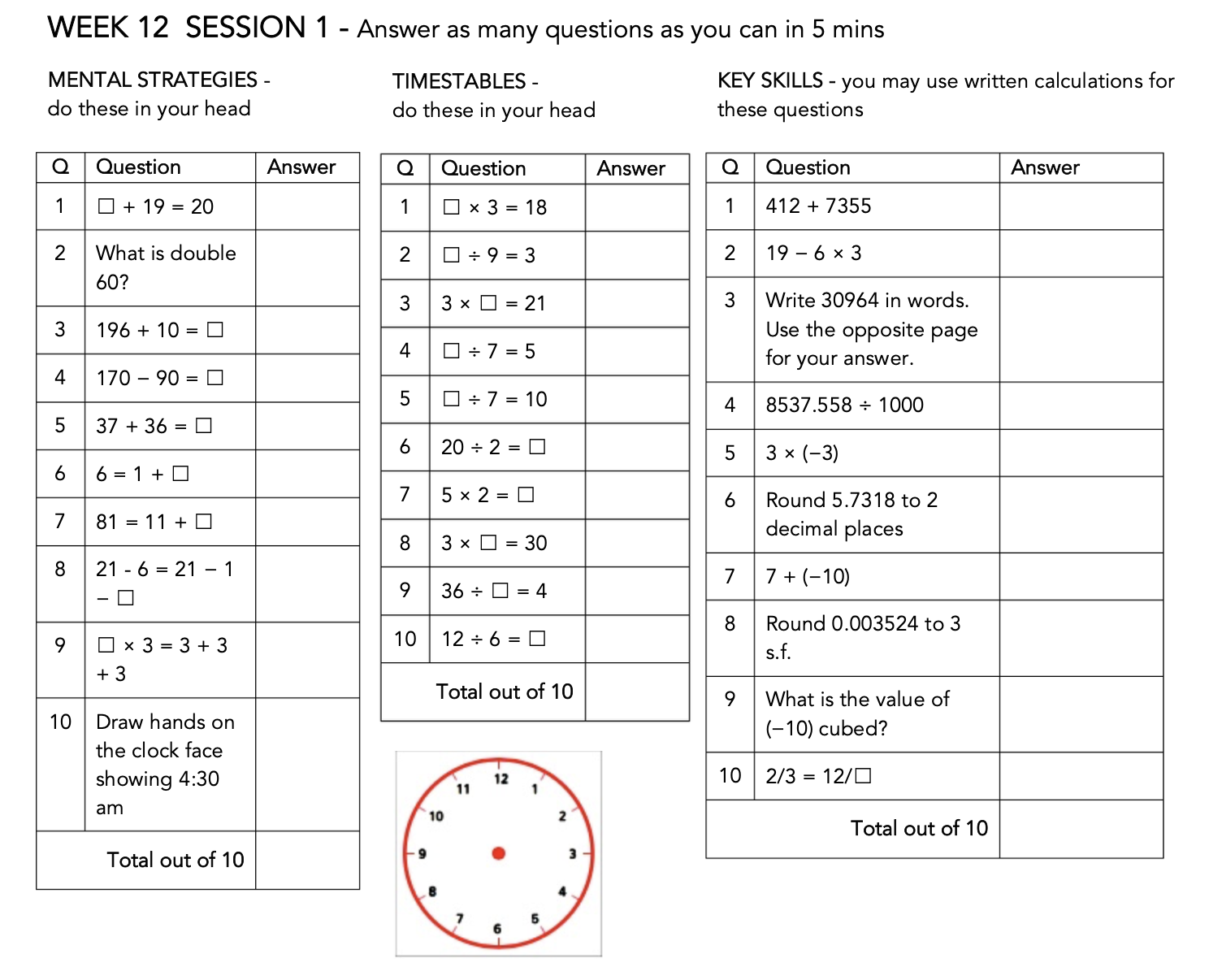
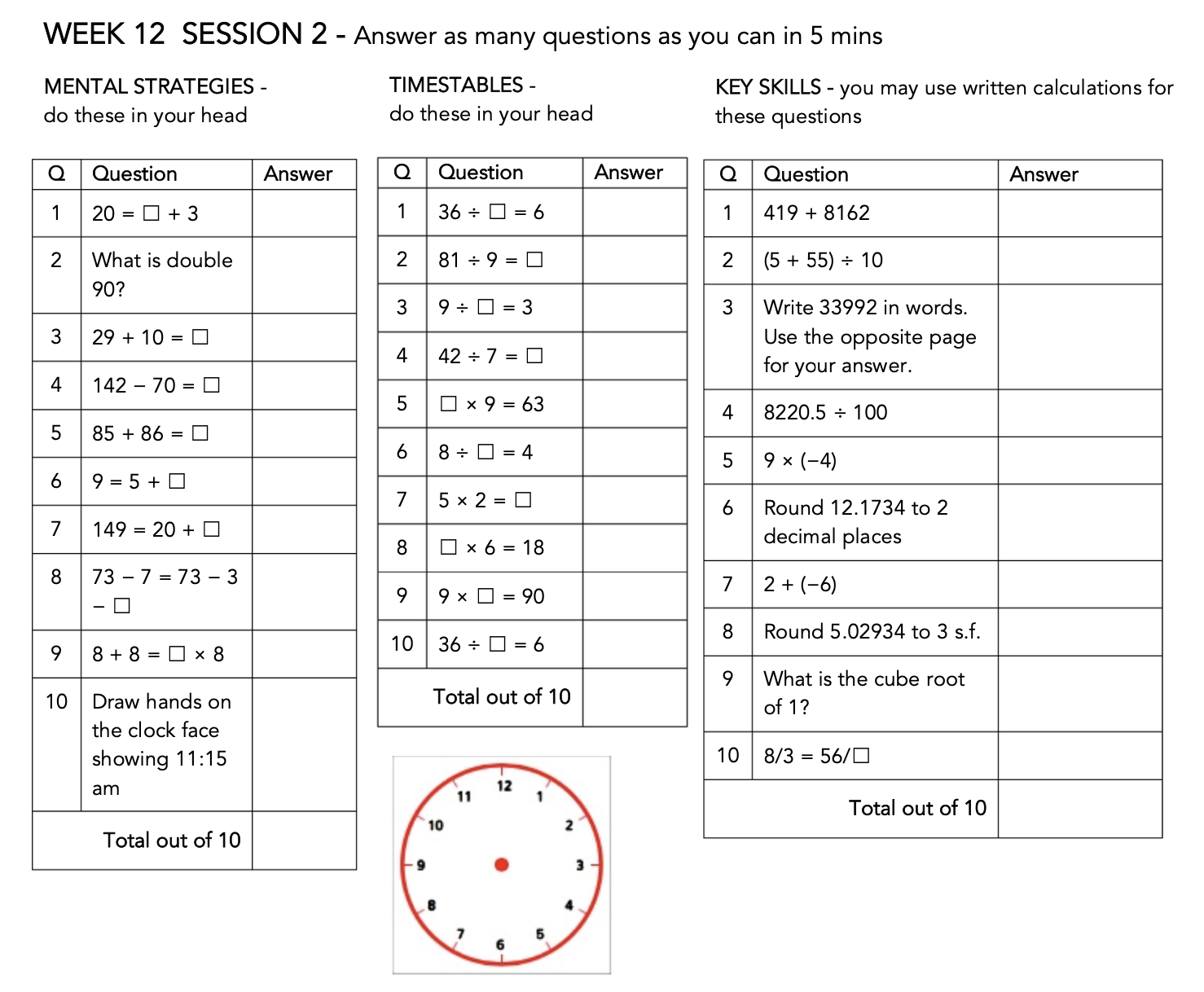
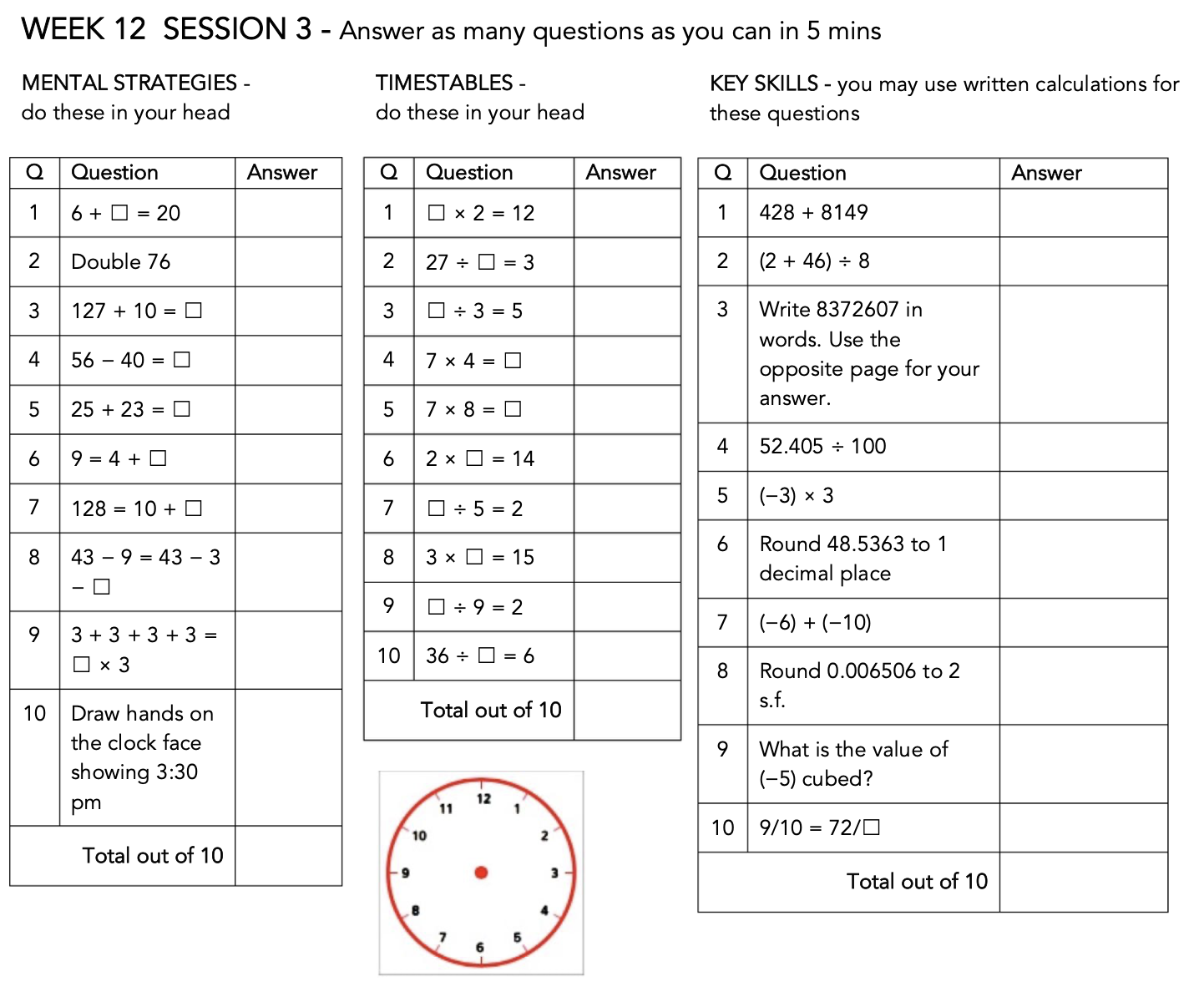
Homework:
Maths Buddy is your priority for your at-home practice. Please complete your set homework tasks by Friday at 9:30am (Forest's homework routine has now changed to 'Due on Fridays & re-issued on Fridays' to allow you more time). If you have completed your assigned activities please do extra practice on your 'Ludi' timetables programme and complete your Numeracy Certificate tasks.
Here's my suggestion re: how to effectively distribute your weekly homework responsibilities this week...
Mondays: 2 x Maths Buddy Tasks and 1 x See Reader
Tuesdays: 2 x Maths Buddy Tasks and 1 x See Reader
Wednesdays: 2 x Maths Buddy Tasks, 1 x See Reader during Wananga Wednesday and 1 x iBalance plus 1 x Read Around at home
Thursdays: 2 x Maths Buddy Task, 1 x See Reader -
EXPLORE / TŪHURA learning intentions:
- We are EXPLORING number operations in context to support Stage One of our MHJC Numeracy Certificate
- We are EXPLORING angles and their properties
- We are EXPLORING, selecting and defining angle types, and classifying angles
- We are EXPLORING how to calculate angles on a straight line
- We are EXPLORING 3D shapes and constructing nets using geometric equipment
- We are MEASURING and converting mm to centimetres to meters and kilometres
- We are CALCULATING areas of squares and triangles
- We are CALCULATING volumes of cubes and rectangles
- We are DISCOVERING which graph is best to display different STEM FAIR data sets
PLAN & DO / WHAKAMAHI learning intentions:
- We are APPLYING number operations to complete Stage One of our Numeracy Certificate
Authentic Outcomes: Science Fair and ‘Taonga of Aotearoa’ weaving/print-making exhibition.
Theme: The importance of land/sustainability
Whakatauki: "Whatungarongaro te tangata, toitū te whenua."
Metaphorical: As people disappear from sight, the land remains.
Literal: This whakatauki speaks to the importance and permanence of land. While people come and go, the land remains. As humans we rely on the land. We must think long-term and see the big picture to ensure the sustainability of the land.Success Criteria: I can...
Measurement & Geometry
• Identify and convert between units of measurement.
• Calculate perimeter, area and volume.
• Measure an angle using a protractor (sharp shoot over the vertex, ensure the horizontal line of the protractor is aligned correctly, read from zero)
• Name the types and properties of acute, right, obtuse & reflex angles
• Name types of triangles
• Name 3D shapes
• Identify and convert units of length (mm, cm, m & km), mass (mg, g, kg, T) and capacity (mL, L, kL)Statistics
• Organise data onto a frequency table
• Identify the 'x' and 'y' axis to accurately plot data onto graphs
• Apply the TAILS acronym to display data effectively
• Interpret graphs (line graphs, bar and dot plots)
• Calculate averages (mean, median, mode and range)
Class Activities: Number
Kia ora everyone,
This week we are going to work on finding the volume and revising Area and Perimeter. Each session, I will work with one group for more in-depth learning. I will explain how this will work in more detail in class.
1. Complete Numeracy Ninja Do Now challenge.
2. Record and underline the short date with a ruler and record the session's Learning Intention at the front of your maths exercise books. Please write in pencil, and rule/underline and mark with red pen.
3. Area of the shaded region: Teacher modeling
4. Area of Triangle. Work through activities independently after teacher modeling.
5. Finding volume. Work through activities ‘Find the volume’ independently after teacher modeling. Link for isometric: https://www.nctm.org/Classroom-Resources/Illuminations/Interactives/Isometric-Drawing-Tool/6. On the map, calculate perimeter of each loop.
• Use the string to measure the boundary.
• Measure the length of the string.
• Add all the sides.
7. Revision activity ‘Find volume, area, and perimeter’.
8. Working with the teacher:
-Monday: Kauri
-Tuesday: Rimu
-Thursday: TotaraFast finishers can work on their Maths Buddy reinforcement activities.
9. Mark exercise bookwork, in groups.
10. Reflect on your understanding and effort, in your ' Maths Evaluation '.
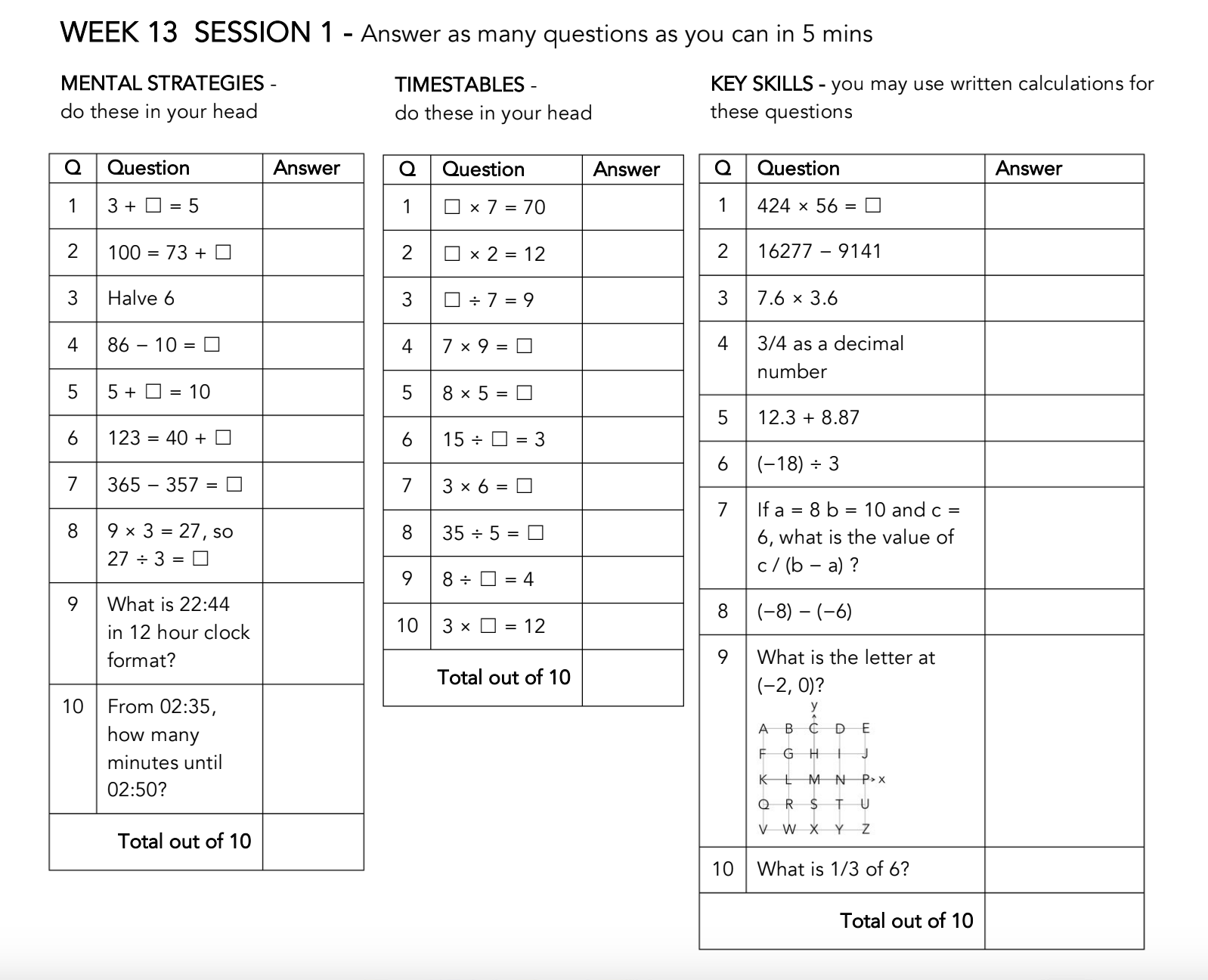
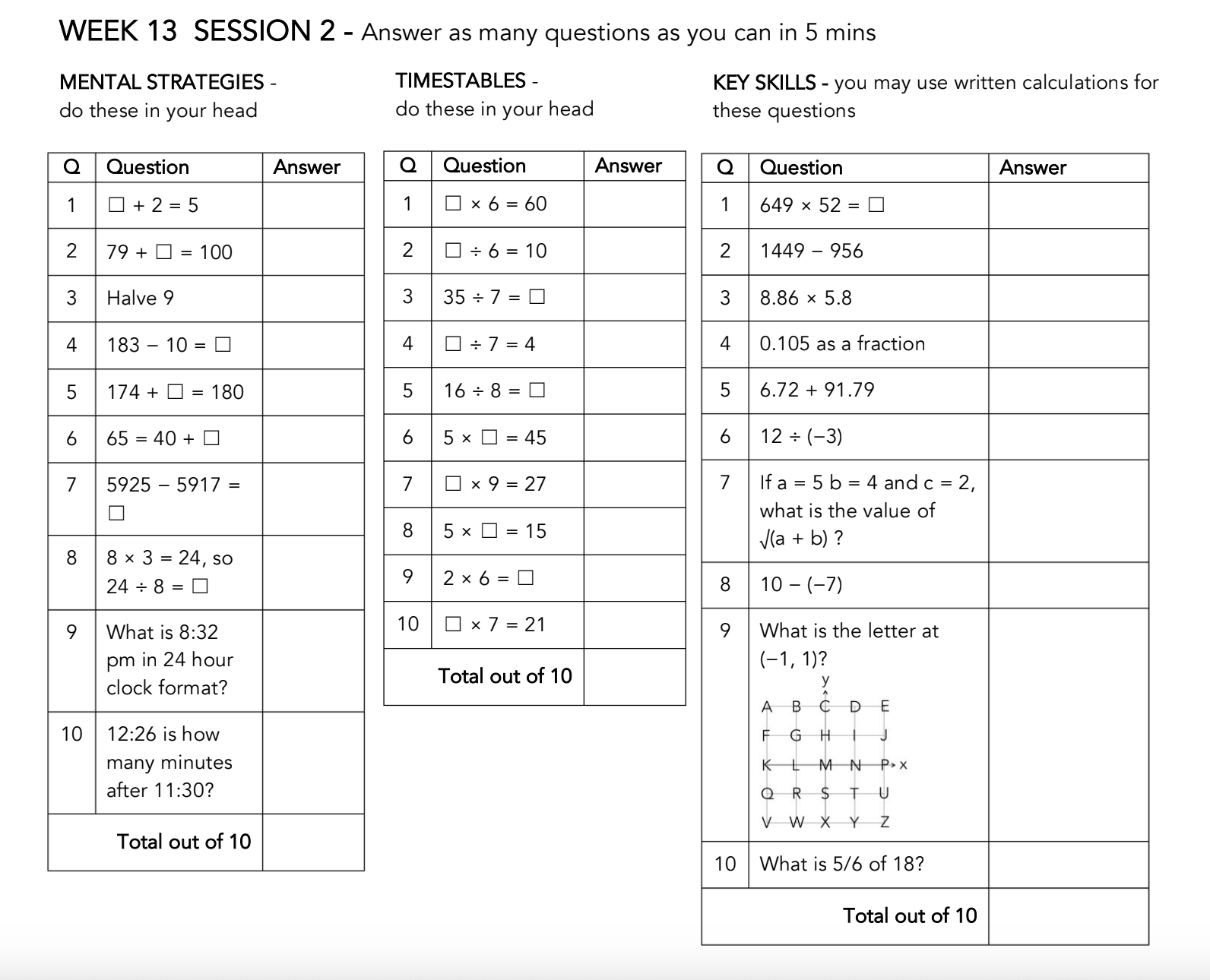
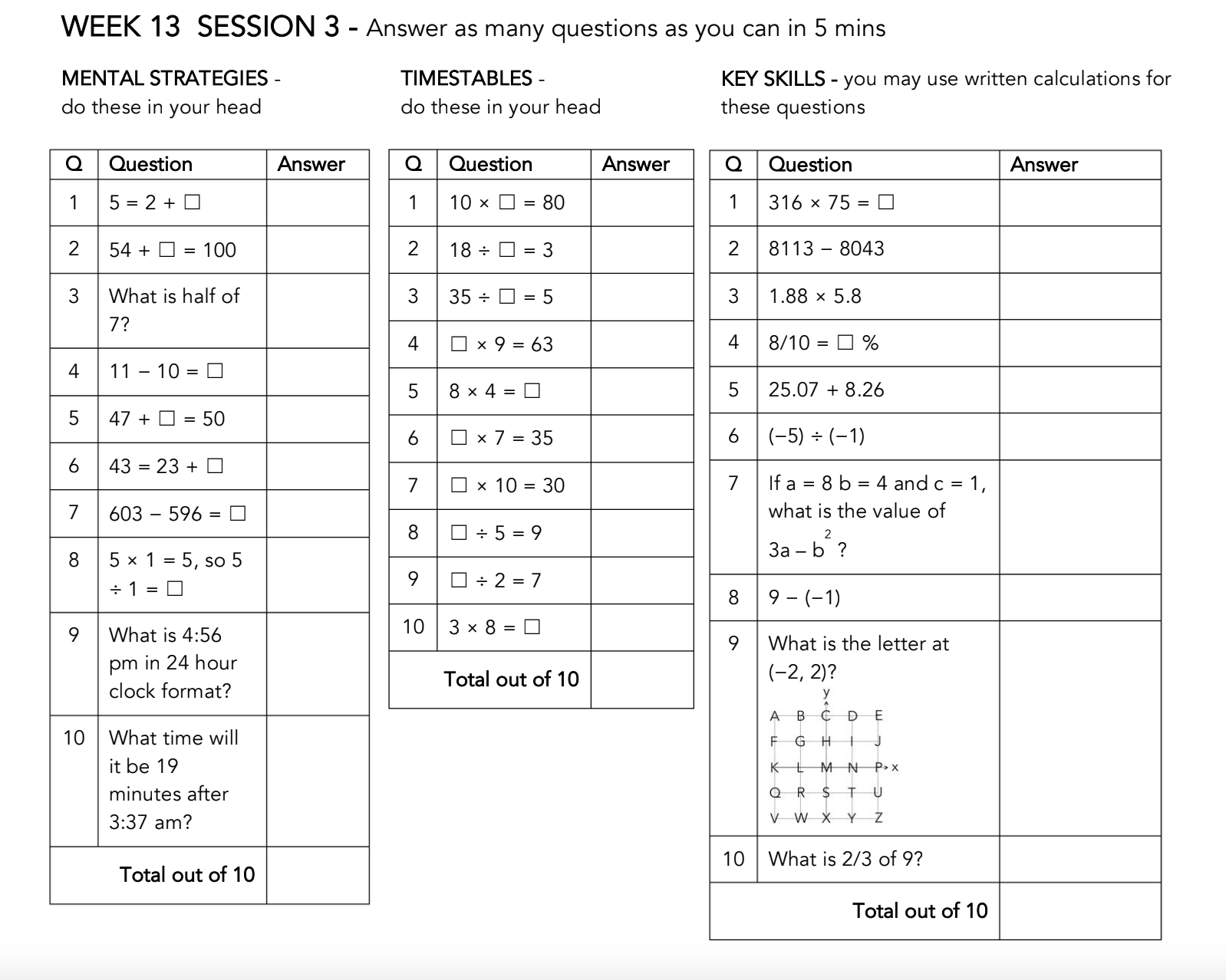
Homework:
Maths Buddy is your priority for your at-home practice. Please complete your set homework tasks by Friday at 9:30am (Forest's homework routine has now changed to 'Due on Fridays & re-issued on Fridays' to allow you more time). If you have completed your assigned activities please do extra practice on your 'Ludi' timetables programme and complete your Numeracy Certificate tasks.
Here's my suggestion re: how to effectively distribute your weekly homework responsibilities this week...
Mondays: 2 x Maths Buddy Tasks and 1 x See Reader
Tuesdays: 2 x Maths Buddy Tasks and 1 x See Reader
Wednesdays: 2 x Maths Buddy Tasks, 1 x See Reader during Wananga Wednesday and 1 x iBalance plus 1 x Read Around at home
Thursdays: 2 x Maths Buddy Task, 1 x See Reader -
EXPLORE / TŪHURA learning intentions:
- We are EXPLORING number operations in context to support Stage One of our MHJC Numeracy Certificate
- We are EXPLORING angles and their properties
- We are EXPLORING, selecting and defining angle types, and classifying angles
- We are EXPLORING how to calculate angles on a straight line
- We are EXPLORING 3D shapes and constructing nets using geometric equipment
- We are MEASURING and converting mm to centimetres to meters and kilometres
- We are CALCULATING areas of squares and triangles
- We are CALCULATING volumes of cubes and rectangles
- We are DISCOVERING which graph is best to display different STEM FAIR data sets
PLAN & DO / WHAKAMAHI learning intentions:
- We are APPLYING number operations to complete Stage One of our Numeracy Certificate
Authentic Outcomes: Science Fair and ‘Taonga of Aotearoa’ weaving/print-making exhibition.
Theme: The importance of land/sustainability
Whakatauki: "Whatungarongaro te tangata, toitū te whenua."
Metaphorical: As people disappear from sight, the land remains.
Literal: This whakatauki speaks to the importance and permanence of land. While people come and go, the land remains. As humans we rely on the land. We must think long-term and see the big picture to ensure the sustainability of the land.Success Criteria: I can...
Measurement & Geometry
• Identify and convert between units of measurement.
• Calculate perimeter, area and volume.
• Measure an angle using a protractor (sharp shoot over the vertex, ensure the horizontal line of the protractor is aligned correctly, read from zero)
• Name the types and properties of acute, right, obtuse & reflex angles
• Name types of triangles
• Name 3D shapes
• Identify and convert units of length (mm, cm, m & km), mass (mg, g, kg, T) and capacity (mL, L, kL)Statistics
• Organise data onto a frequency table
• Identify the 'x' and 'y' axis to accurately plot data onto graphs
• Apply the TAILS acronym to display data effectively
• Interpret graphs (line graphs, bar and dot plots)
• Calculate averages (mean, median, mode and range)
Class Activities: Number
Kia ora everyone,
This week we are revising and solving the area of the triangle. In session two and three, you will apply your knowledge to find the area, perimeter and volume of real objects.
1. Complete Numeracy Ninja Do Now challenge.
2. Record and underline the short date with a ruler and record the session's Learning Intention at the front of your maths exercise books. Please write in pencil, and rule/underline and mark with red pen.
3. Ensure to draw the red line, write date and activity title.
4. After teacher modelling, solve the activities.
5. Show your working and steps clearly.6. Working with the teacher:
-Monday: Kauri
-Tuesday: Rimu
-Thursday: TotaraFast finishers can work on their Maths Buddy reinforcement activities.
7. Mark exercise bookwork, in groups.
8. Reflect on your understanding and effort, in your ' Maths Evaluation '.

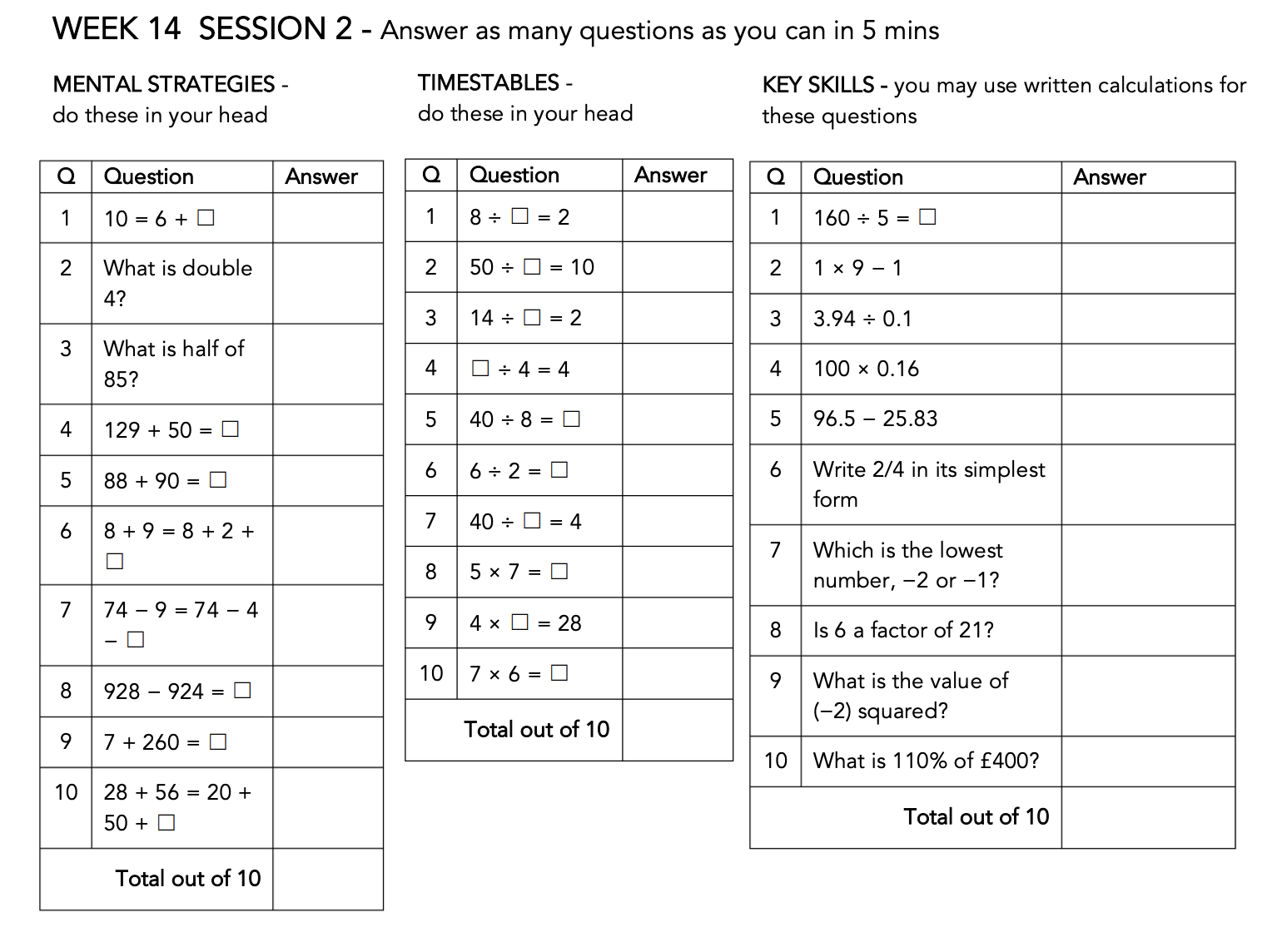
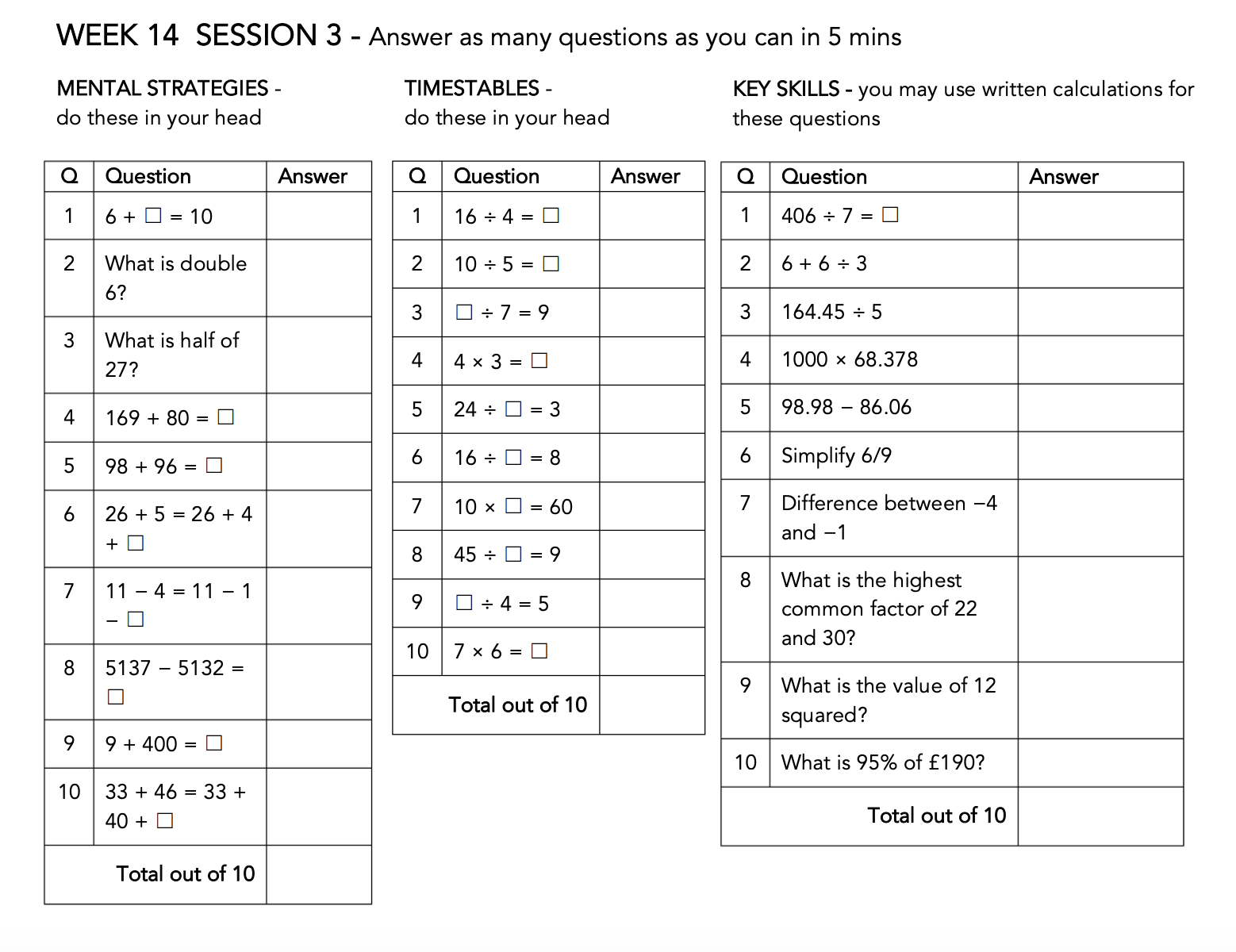
Homework:
Maths Buddy is your priority for your at-home practice. Please complete your set homework tasks by Friday at 9:30am (Forest's homework routine has now changed to 'Due on Fridays & re-issued on Fridays' to allow you more time). If you have completed your assigned activities please do extra practice on your 'Ludi' timetables programme and complete your Numeracy Certificate tasks.
Here's my suggestion re: how to effectively distribute your weekly homework responsibilities this week...
Mondays: 2 x Maths Buddy Tasks and 1 x See Reader
Tuesdays: 2 x Maths Buddy Tasks and 1 x See Reader
Wednesdays: 2 x Maths Buddy Tasks, 1 x See Reader during Wananga Wednesday and 1 x iBalance plus 1 x Read Around at home
Thursdays: 2 x Maths Buddy Task, 1 x See Reader -
EXPLORE / TŪHURA learning intentions:
- We are EXPLORING number operations in context to support Stage One of our MHJC Numeracy Certificate
- We are EXPLORING angles and their properties
- We are EXPLORING, selecting and defining angle types, and classifying angles
- We are EXPLORING how to calculate angles on a straight line
- We are EXPLORING 3D shapes and constructing nets using geometric equipment
- We are MEASURING and converting mm to centimetres to meters and kilometres
- We are CALCULATING areas of squares and triangles
- We are CALCULATING volumes of cubes and rectangles
- We are DISCOVERING which graph is best to display different STEM FAIR data sets
PLAN & DO / WHAKAMAHI learning intentions:
- We are APPLYING number operations to complete Stage One of our Numeracy Certificate
Authentic Outcomes: Science Fair and ‘Taonga of Aotearoa’ weaving/print-making exhibition.
Theme: The importance of land/sustainability
Whakatauki: "Whatungarongaro te tangata, toitū te whenua."
Metaphorical: As people disappear from sight, the land remains.
Literal: This whakatauki speaks to the importance and permanence of land. While people come and go, the land remains. As humans we rely on the land. We must think long-term and see the big picture to ensure the sustainability of the land.Success Criteria: I can...
Measurement & Geometry
• Identify and convert between units of measurement.
• Calculate perimeter, area and volume.
• Measure an angle using a protractor (sharp shoot over the vertex, ensure the horizontal line of the protractor is aligned correctly, read from zero)
• Name the types and properties of acute, right, obtuse & reflex angles
• Name types of triangles
• Name 3D shapes
• Identify and convert units of length (mm, cm, m & km), mass (mg, g, kg, T) and capacity (mL, L, kL)Statistics
• Organise data onto a frequency table
• Identify the 'x' and 'y' axis to accurately plot data onto graphs
• Apply the TAILS acronym to display data effectively
• Interpret graphs (line graphs, bar and dot plots)
• Calculate averages (mean, median, mode and range)
Class Activities: Number
Kia ora everyone,
This week we will extend the topic of measurement and will explore areas of compound shapes and volume of triangular prisms. In session one, we will work on areas of compound shapes. Session two, we will focus on the volume of triangular prisms. In session three, you will upload the evidence on your Google Site.
1. Complete Numeracy Ninja Do Now challenge.
2. Record and underline the short date with a ruler and record the session's Learning Intention at the front of your maths exercise books. Please write in pencil, and rule/underline and mark with red pen.
3. Ensure to draw the red line, write date and activity title.
4. Ensure to write WALT.
5. After teacher modelling, solve the activities.
6. Show your working and steps clearly.
7. Working with the teacher:
-Monday: Kauri
-Tuesday: Rimu
-Thursday: TotaraFast finishers can work on their Maths Buddy reinforcement activities.
7. Mark exercise bookwork, in groups.
8. Reflect on your understanding and effort, in your ' Maths Evaluation '.
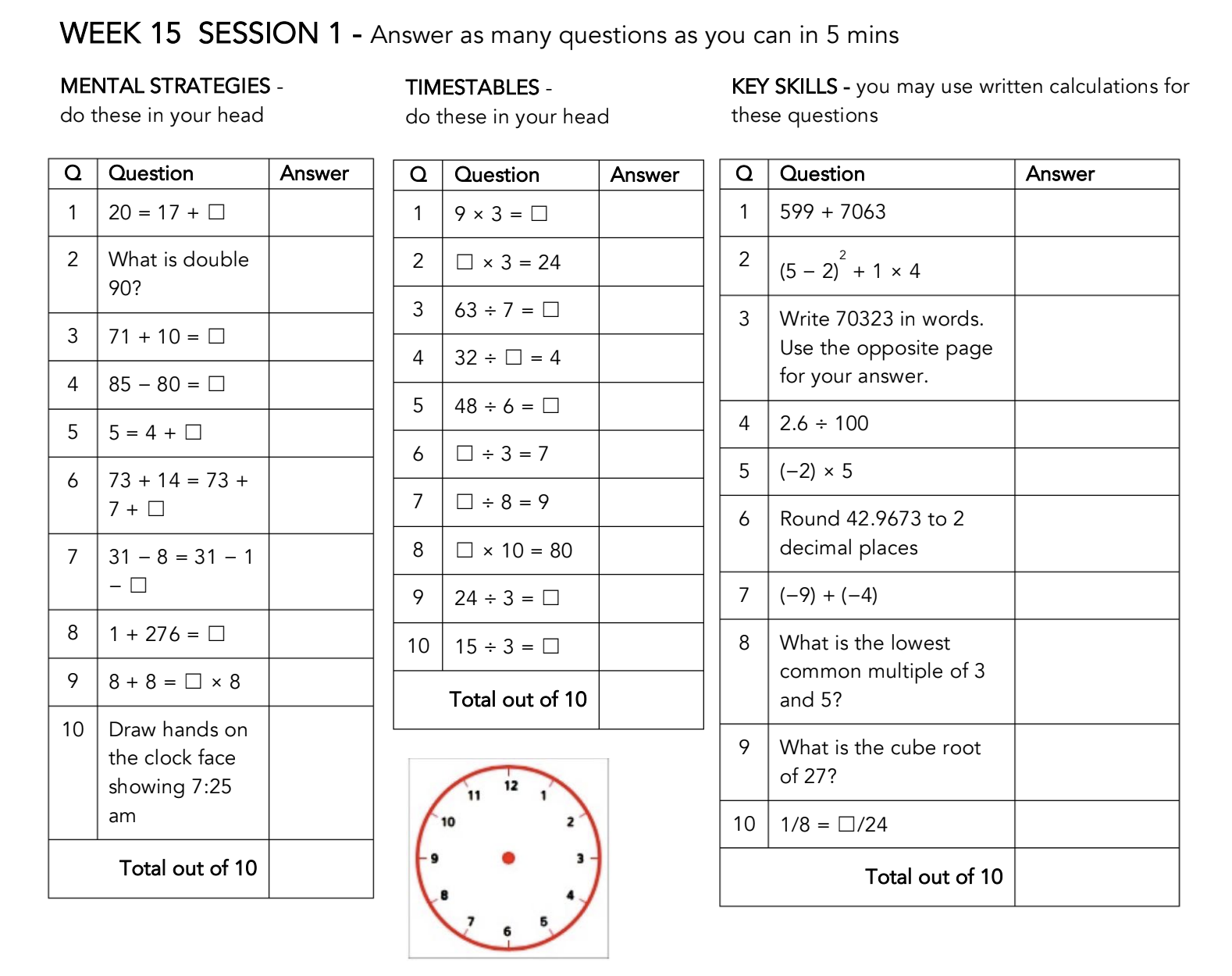


Homework:
Maths Buddy is your priority for your at-home practice. Please complete your set homework tasks by Friday at 9:30am (Forest's homework routine has now changed to 'Due on Fridays & re-issued on Fridays' to allow you more time). If you have completed your assigned activities please do extra practice on your 'Ludi' timetables programme and complete your Numeracy Certificate tasks.
Here's my suggestion re: how to effectively distribute your weekly homework responsibilities this week...
Mondays: 2 x Maths Buddy Tasks and 1 x See Reader
Tuesdays: 2 x Maths Buddy Tasks and 1 x See Reader
Wednesdays: 2 x Maths Buddy Tasks, 1 x See Reader during Wananga Wednesday and 1 x iBalance plus 1 x Read Around at home
Thursdays: 2 x Maths Buddy Task, 1 x See Reader -
EXPLORE / TŪHURA learning intentions:
- We are EXPLORING number operations in context to support Stage One of our MHJC Numeracy Certificate
- We are EXPLORING angles and their properties
- We are EXPLORING, selecting and defining angle types, and classifying angles
- We are EXPLORING how to calculate angles on a straight line
- We are EXPLORING 3D shapes and constructing nets using geometric equipment
- We are MEASURING and converting mm to centimetres to meters and kilometres
- We are CALCULATING areas of squares and triangles
- We are CALCULATING volumes of cubes and rectangles
- We are DISCOVERING which graph is best to display different STEM FAIR data sets
PLAN & DO / WHAKAMAHI learning intentions:
- We are APPLYING number operations to complete Stage One of our Numeracy Certificate
Authentic Outcomes: Science Fair and ‘Taonga of Aotearoa’ weaving/print-making exhibition.
Theme: The importance of land/sustainability
Whakatauki: "Whatungarongaro te tangata, toitū te whenua."
Metaphorical: As people disappear from sight, the land remains.
Literal: This whakatauki speaks to the importance and permanence of land. While people come and go, the land remains. As humans we rely on the land. We must think long-term and see the big picture to ensure the sustainability of the land.Success Criteria: I can...
Measurement & Geometry
• Identify and convert between units of measurement.
• Calculate perimeter, area and volume.
• Measure an angle using a protractor (sharp shoot over the vertex, ensure the horizontal line of the protractor is aligned correctly, read from zero)
• Name the types and properties of acute, right, obtuse & reflex angles
• Name types of triangles
• Name 3D shapes
• Identify and convert units of length (mm, cm, m & km), mass (mg, g, kg, T) and capacity (mL, L, kL)Statistics
• Organise data onto a frequency table
• Identify the 'x' and 'y' axis to accurately plot data onto graphs
• Apply the TAILS acronym to display data effectively
• Interpret graphs (line graphs, bar and dot plots)
• Calculate averages (mean, median, mode and range)
Class Activities: Number
Kia ora everyone,
This week, we will complete the topic of measurement by exploring the volume of triangular prisms. In session one, we will work on the volume of triangular prisms. Session two will include a quiz session focused on measurement. After the quiz, we will begin with Geometry. Our focus will be on the different types and properties of angles.
1. Complete Numeracy Ninja Do Now challenge.
2. Record and underline the short date with a ruler and record the session's Learning Intention at the front of your maths exercise books. Please write in pencil, and rule/underline and mark with red pen.
3. Ensure to draw the red line, write date and activity title.
4. Ensure to write WALT.
5. After teacher modelling, solve the activities.
6. Show your working and steps clearly.
7. Once you finish with the Angle activity, write your first name in capital letters and mark the angles in your name. Name them.
8. Working with the teacher:
-Monday: Kauri
-Tuesday: Rimu
-Thursday: TotaraFast finishers can work on their Maths Buddy reinforcement activities.
9. Mark exercise bookwork, in groups.
10. Reflect on your understanding and effort, in your ' Maths Evaluation '.


Homework:
Maths Buddy is your priority for your at-home practice. Please complete your set homework tasks by Friday at 9:30am (Forest's homework routine has now changed to 'Due on Fridays & re-issued on Fridays' to allow you more time). If you have completed your assigned activities please do extra practice on your 'Ludi' timetables programme and complete your Numeracy Certificate tasks.
Here's my suggestion re: how to effectively distribute your weekly homework responsibilities this week...
Mondays: 2 x Maths Buddy Tasks and 1 x See Reader
Tuesdays: 2 x Maths Buddy Tasks and 1 x See Reader
Wednesdays: 2 x Maths Buddy Tasks, 1 x See Reader during Wananga Wednesday and 1 x iBalance plus 1 x Read Around at home
Thursdays: 2 x Maths Buddy Task, 1 x See Reader -
EXPLORE / TŪHURA learning intentions:
- We are EXPLORING number operations in context to support Stage One of our MHJC Numeracy Certificate
- We are EXPLORING angles and their properties
- We are EXPLORING, selecting and defining angle types, and classifying angles
- We are EXPLORING how to calculate angles on a straight line
- We are EXPLORING 3D shapes and constructing nets using geometric equipment
- We are MEASURING and converting mm to centimetres to meters and kilometres
- We are CALCULATING areas of squares and triangles
- We are CALCULATING volumes of cubes and rectangles
- We are DISCOVERING which graph is best to display different STEM FAIR data sets
PLAN & DO / WHAKAMAHI learning intentions:
- We are APPLYING number operations to complete Stage One of our Numeracy Certificate
Authentic Outcomes: Science Fair and ‘Taonga of Aotearoa’ weaving/print-making exhibition.
Theme: The importance of land/sustainability
Whakatauki: "Whatungarongaro te tangata, toitū te whenua."
Metaphorical: As people disappear from sight, the land remains.
Literal: This whakatauki speaks to the importance and permanence of land. While people come and go, the land remains. As humans we rely on the land. We must think long-term and see the big picture to ensure the sustainability of the land.Success Criteria: I can...
Measurement & Geometry
• Identify and convert between units of measurement.
• Calculate perimeter, area and volume.
• Measure an angle using a protractor (sharp shoot over the vertex, ensure the horizontal line of the protractor is aligned correctly, read from zero)
• Name the types and properties of acute, right, obtuse & reflex angles
• Name types of triangles
• Name 3D shapes
• Identify and convert units of length (mm, cm, m & km), mass (mg, g, kg, T) and capacity (mL, L, kL)Statistics
• Organise data onto a frequency table
• Identify the 'x' and 'y' axis to accurately plot data onto graphs
• Apply the TAILS acronym to display data effectively
• Interpret graphs (line graphs, bar and dot plots)
• Calculate averages (mean, median, mode and range)
Class Activities: Number
Kia ora everyone,
This week, we will begin by reviewing different types of angles and their properties. We will explore measuring and drawing angles. You will need your protractor for this.
Session 1: Identify angles around you. Write your first name in CAPITAL letters. Highlight and name different angles in your name. Find five objects around you that show acute, obtuse, right, and straight angles. Write them under each heading.
Session 2: Easttle
Session 3: Measuring and drawing angles.
1. Complete Numeracy Ninja Do Now challenge.
2. Record and underline the short date with a ruler and record the session's Learning Intention at the front of your maths exercise books. Please write in pencil, and rule/underline and mark with red pen.
3. Ensure to draw the red line, write date and activity title.
4. Ensure to write WALT.
5. After teacher's modeling, start the activity "Identify the angles".
6. After teacher's modeling, complete the activity "Measuring and drawing angles".
8. Working with the teacher:
-Monday: Kauri
-Tuesday: Rimu
-Thursday: TotaraFast finishers can work on their Maths Buddy reinforcement activities.
9. Mark exercise bookwork, in groups.
10. Reflect on your understanding and effort, in your ' Maths Evaluation '.
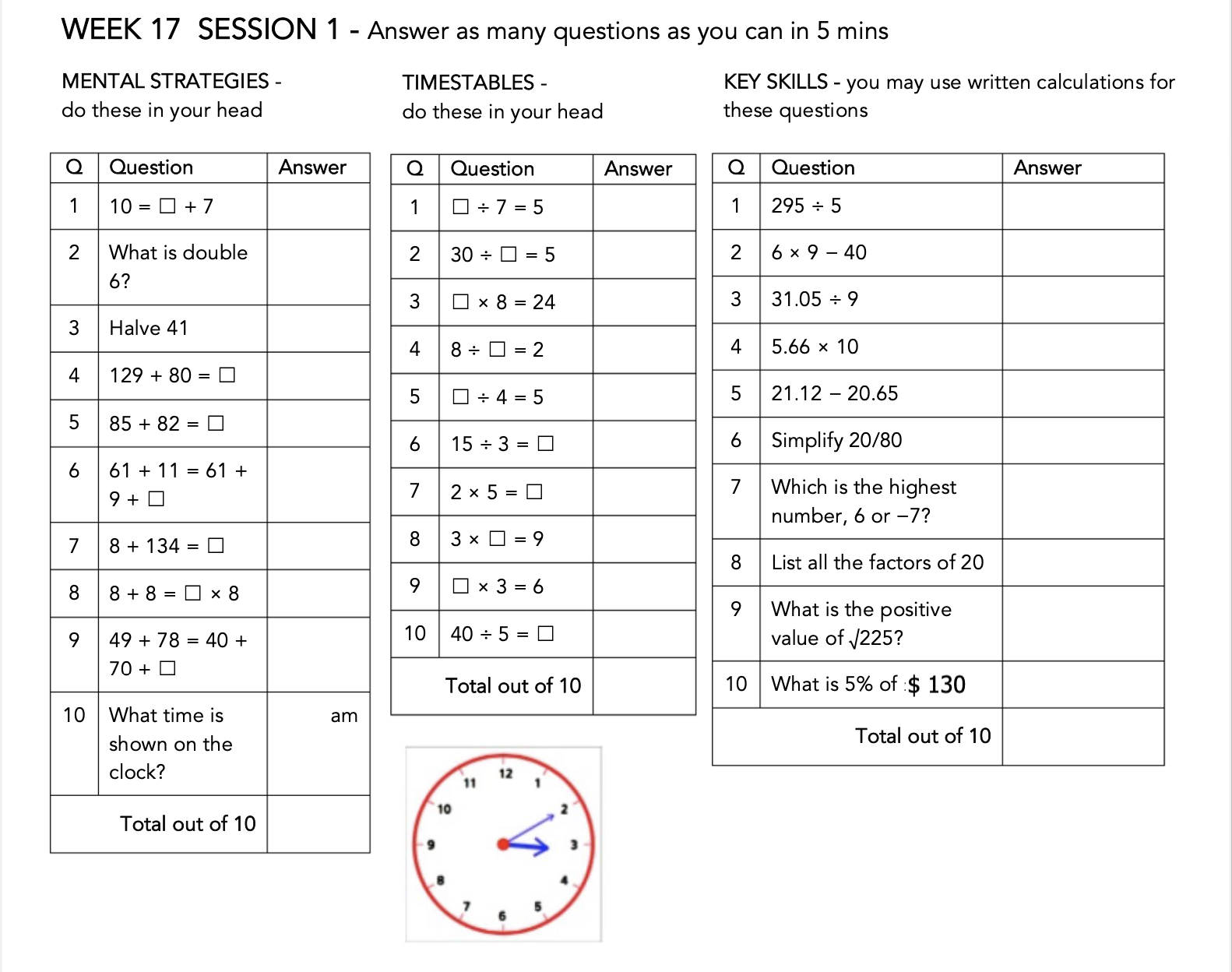
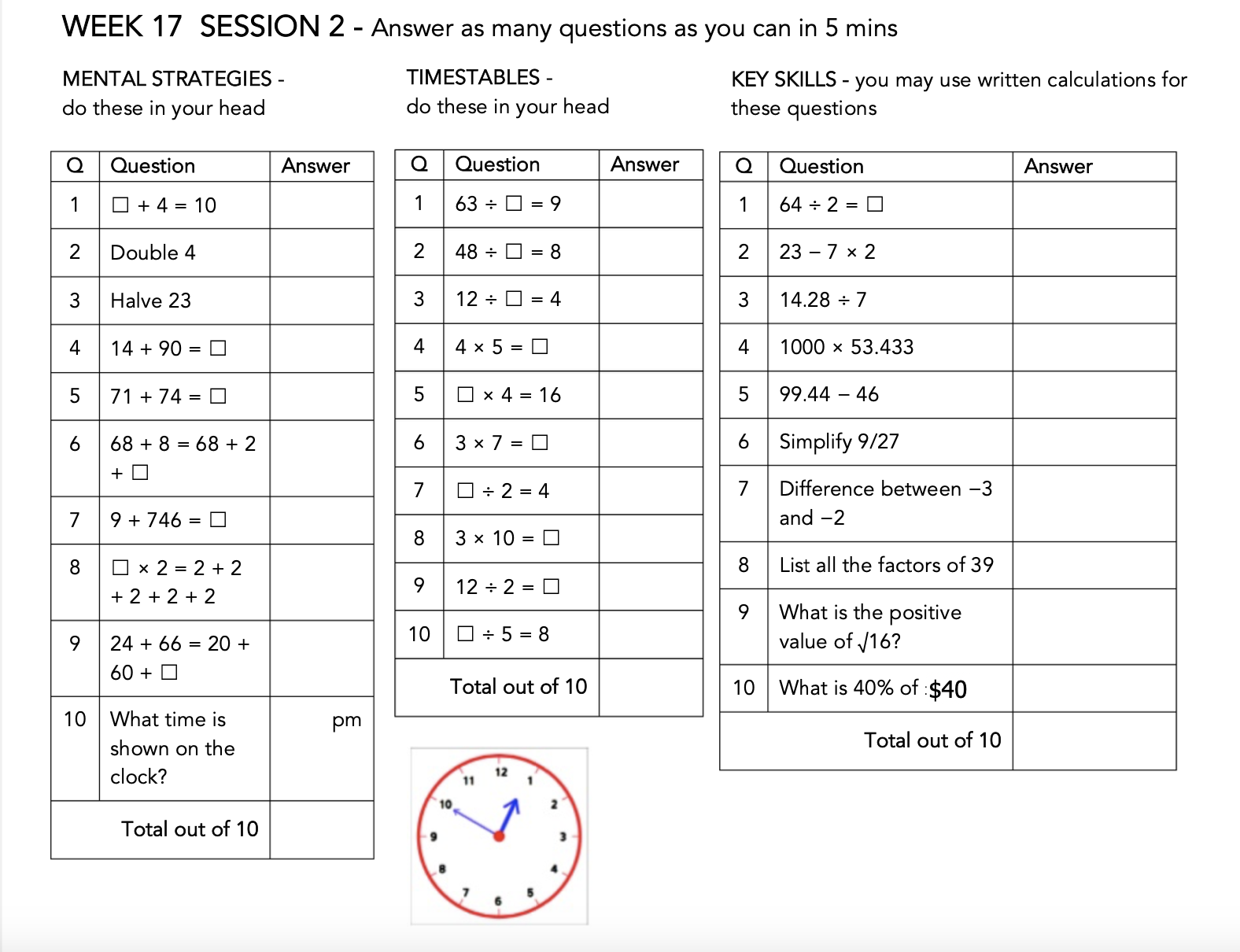

Homework:
Maths Buddy is your priority for your at-home practice. Please complete your set homework tasks by Friday at 9:30am (Forest's homework routine has now changed to 'Due on Fridays & re-issued on Fridays' to allow you more time). If you have completed your assigned activities please do extra practice on your 'Ludi' timetables programme and complete your Numeracy Certificate tasks.
Here's my suggestion re: how to effectively distribute your weekly homework responsibilities this week...
Mondays: 2 x Maths Buddy Tasks and 1 x See Reader
Tuesdays: 2 x Maths Buddy Tasks and 1 x See Reader
Wednesdays: 2 x Maths Buddy Tasks, 1 x See Reader during Wananga Wednesday and 1 x iBalance plus 1 x Read Around at home
Thursdays: 2 x Maths Buddy Task, 1 x See Reader -
EXPLORE / TŪHURA learning intentions:
- We are EXPLORING number operations in context to support Stage One of our MHJC Numeracy Certificate
- We are EXPLORING angles and their properties
- We are EXPLORING, selecting and defining angle types, and classifying angles
- We are EXPLORING how to calculate angles on a straight line
- We are EXPLORING 3D shapes and constructing nets using geometric equipment
- We are MEASURING and converting mm to centimetres to meters and kilometres
- We are CALCULATING areas of squares and triangles
- We are CALCULATING volumes of cubes and rectangles
- We are DISCOVERING which graph is best to display different STEM FAIR data sets
PLAN & DO / WHAKAMAHI learning intentions:
- We are APPLYING number operations to complete Stage One of our Numeracy Certificate
Authentic Outcomes: Science Fair and ‘Taonga of Aotearoa’ weaving/print-making exhibition.
Theme: The importance of land/sustainability
Whakatauki: "Whatungarongaro te tangata, toitū te whenua."
Metaphorical: As people disappear from sight, the land remains.
Literal: This whakatauki speaks to the importance and permanence of land. While people come and go, the land remains. As humans we rely on the land. We must think long-term and see the big picture to ensure the sustainability of the land.Success Criteria: I can...
Measurement & Geometry
• Identify and convert between units of measurement.
• Calculate perimeter, area and volume.
• Measure an angle using a protractor (sharp shoot over the vertex, ensure the horizontal line of the protractor is aligned correctly, read from zero)
• Name the types and properties of acute, right, obtuse & reflex angles
• Name types of triangles
• Name 3D shapes
• Identify and convert units of length (mm, cm, m & km), mass (mg, g, kg, T) and capacity (mL, L, kL)Statistics
• Organise data onto a frequency table
• Identify the 'x' and 'y' axis to accurately plot data onto graphs
• Apply the TAILS acronym to display data effectively
• Interpret graphs (line graphs, bar and dot plots)
• Calculate averages (mean, median, mode and range)
Class Activities: Geometry & Statistics
Kia ora everyone,
This week, we will explore different types of triangle and 3D shapes. After this, we will start statistics. We will learn organising data onto a frequency table.
Session 1: Types of triangles and quadrilateral.
Session 2: 3D shapes and constructing nets.
Session 3: Organising data : Dot plot, Stem-and-lead plot & Frequency Table.
1. Complete Numeracy Ninja Do Now challenge.
2. Record and underline the short date with a ruler and record the session's Learning Intention at the front of your maths exercise books. Please write in pencil, and rule/underline and mark with red pen.
3. Ensure to draw the red line, write date and activity title.
4. Ensure to write WALT.
5. After teacher's modeling, start the activity.
6. Working with the teacher:-Monday: Kauri
-Tuesday: Rimu
-Thursday: TotaraFast finishers can work on their Maths Buddy reinforcement activities.
7. Mark exercise bookwork, in groups.
8. Reflect on your understanding and effort, in your ' Maths Evaluation '.

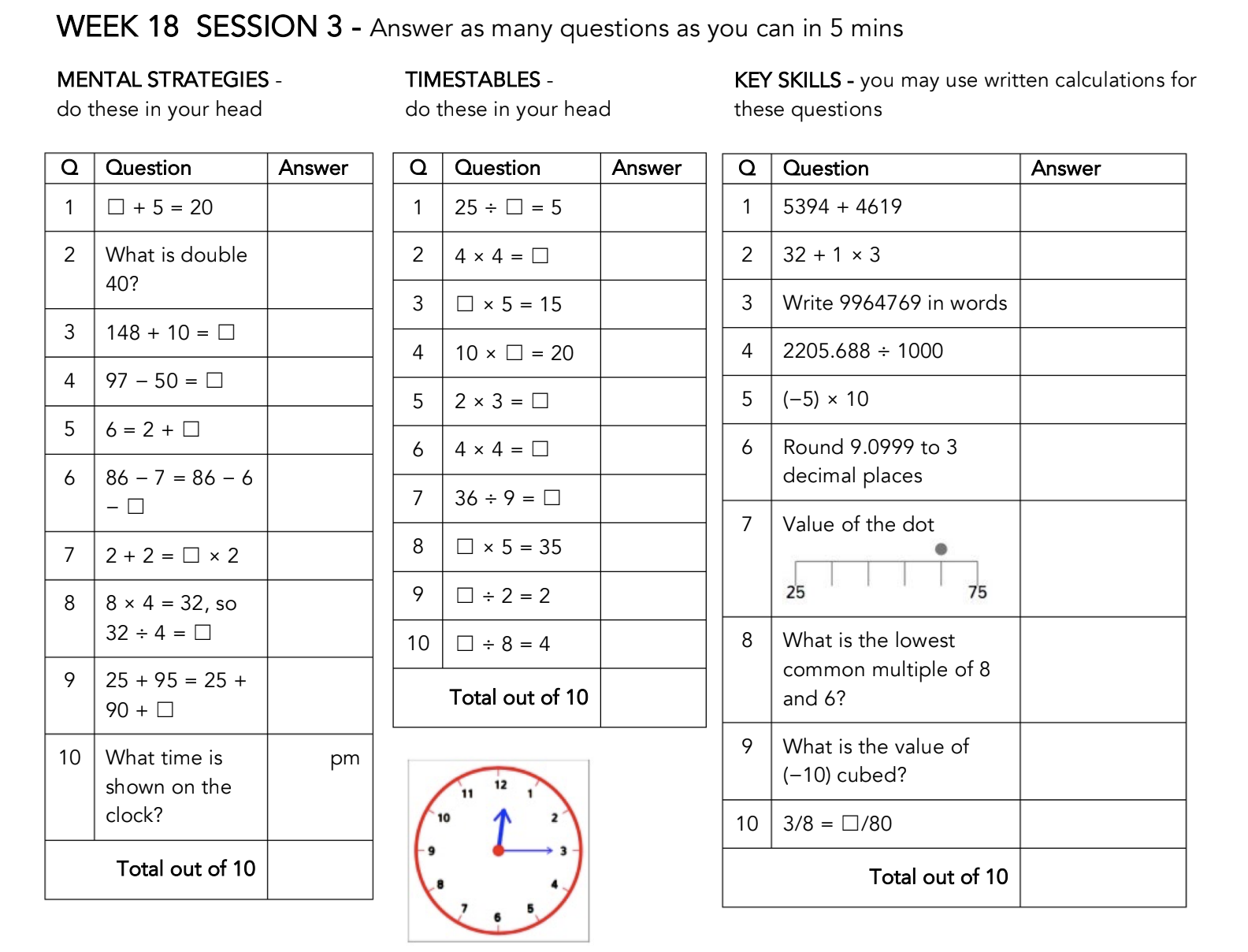
Homework:
Maths Buddy is your priority for your at-home practice. Please complete your set homework tasks by Friday at 9:30am (Forest's homework routine has now changed to 'Due on Fridays & re-issued on Fridays' to allow you more time). If you have completed your assigned activities please do extra practice on your 'Ludi' timetables programme and complete your Numeracy Certificate tasks.
Here's my suggestion re: how to effectively distribute your weekly homework responsibilities this week...
Mondays: 2 x Maths Buddy Tasks and 1 x See Reader
Tuesdays: 2 x Maths Buddy Tasks and 1 x See Reader
Wednesdays: 2 x Maths Buddy Tasks, 1 x See Reader during Wananga Wednesday and 1 x iBalance plus 1 x Read Around at home
Thursdays: 2 x Maths Buddy Task, 1 x See Reader -
EXPLORE / TŪHURA learning intentions:
- We are EXPLORING number operations in context to support Stage One of our MHJC Numeracy Certificate
- We are EXPLORING angles and their properties
- We are EXPLORING, selecting and defining angle types, and classifying angles
- We are EXPLORING how to calculate angles on a straight line
- We are EXPLORING 3D shapes and constructing nets using geometric equipment
- We are MEASURING and converting mm to centimetres to meters and kilometres
- We are CALCULATING areas of squares and triangles
- We are CALCULATING volumes of cubes and rectangles
- We are DISCOVERING which graph is best to display different STEM FAIR data sets
PLAN & DO / WHAKAMAHI learning intentions:
- We are APPLYING number operations to complete Stage One of our Numeracy Certificate
Authentic Outcomes: Science Fair and ‘Taonga of Aotearoa’ weaving/print-making exhibition.
Theme: The importance of land/sustainability
Whakatauki: "Whatungarongaro te tangata, toitū te whenua."
Metaphorical: As people disappear from sight, the land remains.
Literal: This whakatauki speaks to the importance and permanence of land. While people come and go, the land remains. As humans we rely on the land. We must think long-term and see the big picture to ensure the sustainability of the land.Success Criteria: I can...
Measurement & Geometry
• Identify and convert between units of measurement.
• Calculate perimeter, area and volume.
• Measure an angle using a protractor (sharp shoot over the vertex, ensure the horizontal line of the protractor is aligned correctly, read from zero)
• Name the types and properties of acute, right, obtuse & reflex angles
• Name types of triangles
• Name 3D shapes
• Identify and convert units of length (mm, cm, m & km), mass (mg, g, kg, T) and capacity (mL, L, kL)Statistics
• Organise data onto a frequency table
• Identify the 'x' and 'y' axis to accurately plot data onto graphs
• Apply the TAILS acronym to display data effectively
• Interpret graphs (line graphs, bar and dot plots)
• Calculate averages (mean, median, mode and range)
Class Activities: Statistics
Kia ora everyone,
This week, we will explore statistics. We will learn organising data onto a frequency table.
Session 1: Math Assessment
Session 2: Dot plot
Session 3: Stem-and-lead plot
1. Complete Numeracy Ninja Do Now challenge.
2. Record and underline the short date with a ruler and record the session's Learning Intention at the front of your maths exercise books. Please write in pencil, and rule/underline and mark with red pen.
3. Ensure to draw the red line, write date and activity title.
4. Ensure to write WALT.
5. After teacher's modeling, start the activity.
Fast finishers can work on their Maths Buddy reinforcement activities.
6. Mark exercise bookwork, in groups.
7. Reflect on your understanding and effort, in your ' Maths Evaluation '.


Homework:
Maths Buddy is your priority for your at-home practice. Please complete your set homework tasks by Friday at 9:30am (Forest's homework routine has now changed to 'Due on Fridays & re-issued on Fridays' to allow you more time). If you have completed your assigned activities please do extra practice on your 'Ludi' timetables programme and complete your Numeracy Certificate tasks.
Here's my suggestion re: how to effectively distribute your weekly homework responsibilities this week...
Mondays: 2 x Maths Buddy Tasks and 1 x See Reader
Tuesdays: 2 x Maths Buddy Tasks and 1 x See Reader
Wednesdays: 2 x Maths Buddy Tasks, 1 x See Reader during Wananga Wednesday and 1 x iBalance plus 1 x Read Around at home
Thursdays: 2 x Maths Buddy Task, 1 x See Reader-
Opened: Monday, 24 June 2024, 12:00 AMDue: Thursday, 27 June 2024, 12:00 AM
Student ability to think mathematically + statistically through the exploration of authentic 'real-world' applications of Camp Adair & Matariki, to make connections between Number problems and our lives.
-
EXPLORE / TŪHURA learning intentions:
- We are EXPLORING number operations in context to support Stage One of our MHJC Numeracy Certificate
- We are EXPLORING angles and their properties
- We are EXPLORING, selecting and defining angle types, and classifying angles
- We are EXPLORING how to calculate angles on a straight line
- We are EXPLORING 3D shapes and constructing nets using geometric equipment
- We are MEASURING and converting mm to centimetres to meters and kilometres
- We are CALCULATING areas of squares and triangles
- We are CALCULATING volumes of cubes and rectangles
- We are DISCOVERING which graph is best to display different STEM FAIR data sets
PLAN & DO / WHAKAMAHI learning intentions:
- We are APPLYING number operations to complete Stage One of our Numeracy Certificate
Authentic Outcomes: Science Fair and ‘Taonga of Aotearoa’ weaving/print-making exhibition.
Theme: The importance of land/sustainability
Whakatauki: "Whatungarongaro te tangata, toitū te whenua."
Metaphorical: As people disappear from sight, the land remains.
Literal: This whakatauki speaks to the importance and permanence of land. While people come and go, the land remains. As humans we rely on the land. We must think long-term and see the big picture to ensure the sustainability of the land.Success Criteria: I can...
Measurement & Geometry
• Identify and convert between units of measurement.
• Calculate perimeter, area and volume.
• Measure an angle using a protractor (sharp shoot over the vertex, ensure the horizontal line of the protractor is aligned correctly, read from zero)
• Name the types and properties of acute, right, obtuse & reflex angles
• Name types of triangles
• Name 3D shapes
• Identify and convert units of length (mm, cm, m & km), mass (mg, g, kg, T) and capacity (mL, L, kL)Statistics
• Organise data onto a frequency table
• Identify the 'x' and 'y' axis to accurately plot data onto graphs
• Apply the TAILS acronym to display data effectively
• Interpret graphs (line graphs, bar and dot plots)
• Calculate averages (mean, median, mode and range)
Class Activities: Statistics
Kia ora everyone,
This week, we will explore statistics. We will learn organising data onto a frequency table.
Session 1: Complete unfinished work
Session 2: Dot plot
Session 3: Stem-and-lead plot
1. Complete Numeracy Ninja Do Now challenge.
2. Record and underline the short date with a ruler and record the session's Learning Intention at the front of your maths exercise books. Please write in pencil, and rule/underline and mark with red pen.
3. Ensure to draw the red line, write date and activity title.
4. Ensure to write WALT.
5. After teacher's modeling, start the activity.
Fast finishers can work on their Maths Buddy reinforcement activities.
6. Mark exercise bookwork, in groups.
7. Reflect on your understanding and effort, in your ' Maths Evaluation '.


Homework:
Maths Buddy is your priority for your at-home practice. Please complete your set homework tasks by Friday at 9:30am (Forest's homework routine has now changed to 'Due on Fridays & re-issued on Fridays' to allow you more time). If you have completed your assigned activities please do extra practice on your 'Ludi' timetables programme and complete your Numeracy Certificate tasks.
Here's my suggestion re: how to effectively distribute your weekly homework responsibilities this week...
Mondays: 2 x Maths Buddy Tasks and 1 x See Reader
Tuesdays: 2 x Maths Buddy Tasks and 1 x See Reader
Wednesdays: 2 x Maths Buddy Tasks, 1 x See Reader during Wananga Wednesday and 1 x iBalance plus 1 x Read Around at home
Thursdays: 2 x Maths Buddy Task, 1 x See Reader -

EXPLORE / TŪHURA learning intentions:
- We are EXPLORING number operations in context to support Stage One and Stage Two of our MHJC Numeracy Certificate
- We are EXPLORING the concept of mean, median, mode & range
- We are EXPLORING parts of a circle
- We are EXPLORING the concept of a scale diagram
- We are EXPLORING speed/distance and time calculations using decimals, fractions and ratios
- We are MEASURING different objects/events using appropriate metric units and tools
- We are CALCULATING the circumference and area of a circle
- We are CALCULATING the measurement of unknown angles
- We are CALCULATING and reading a scale and interpreting real life distances
- We are INVESTIGATING the TAILS acronym to display data effectively
Wänanga: The 5 Cs
Welcome back 7F2! This term, our main focus is learning various concepts using the Olympics context. The main areas we will be covering are fractions, decimals, ratios, geometry, measurement, and statistics. We will start with decimals. First, we will understand the concepts and then will solve some problem-solving questions related to sports of the Olympic Games.
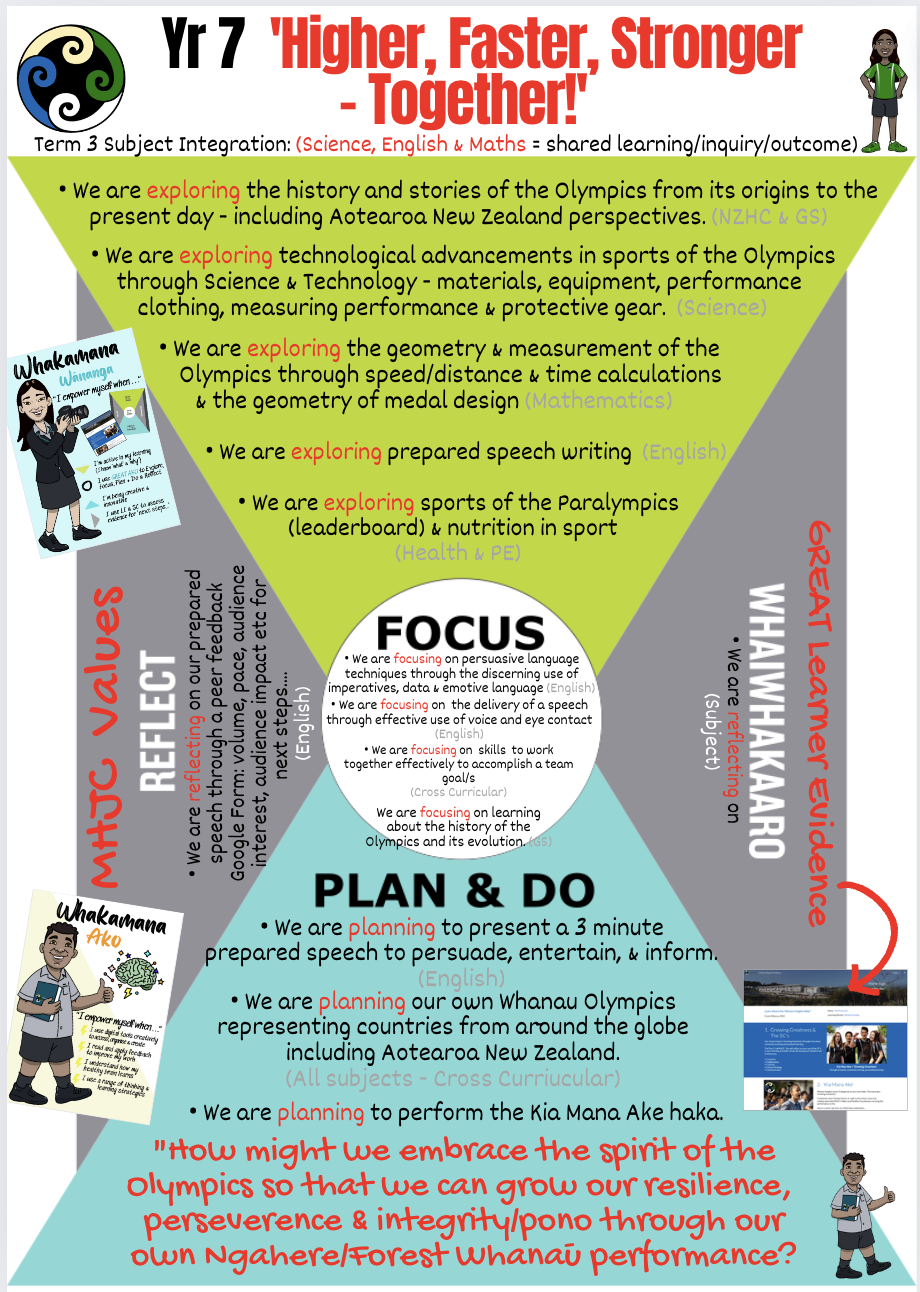
Authentic Outcomes: 'Designing an Olympic Medal' competition then fabricating the winning design on the school laser cutter (acrylic).
Theme: Seek out your heart's desires.
Whakatauki: "Whāia te iti kahurangi, ki te tuohu koe me maunga teitei"
Metaphorical: Seek out your heart's desire, though if you have to relent, let it be to a lofty mountain.
Literal: This whakatauki (proverb) speaks to the importance of aiming high and being persistent and tenacious about reaching your goal/s.Success Criteria: I can...
Measurement & Geometry
• Calculate circumference of a circle
• Read a scale and interpret real life distances
• Measure and calculate speed/distance and time
• Use appropriate metric units and tools to measure a specific event
• Find the difference in time, distance and speed when data is given in decimal, fraction and ratios
Statistics• Organise data onto a frequency table
• Identify the 'x' and 'y' axis to accurately plot data onto graphs
• Apply the TAILS acronym to display data effectively
• Interpret graphs (line graphs, bar and dot plots)
• Calculate averages (mean, median, mode and range)
• Use the graphing skills to choose the best graph to display the data
Do Now:
Students will complete their Numeracy Ninja 'Do Now' Task. Mark as a class
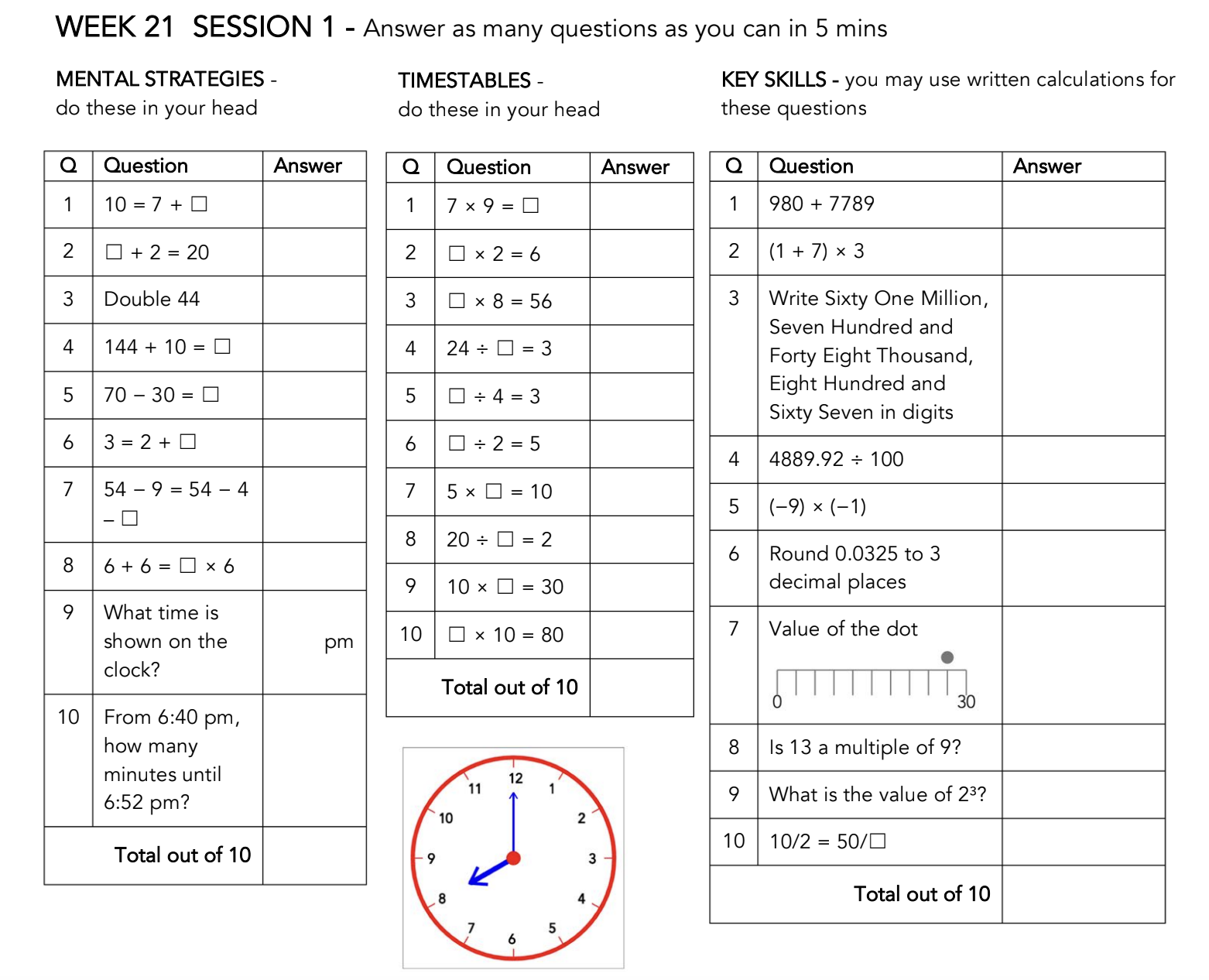
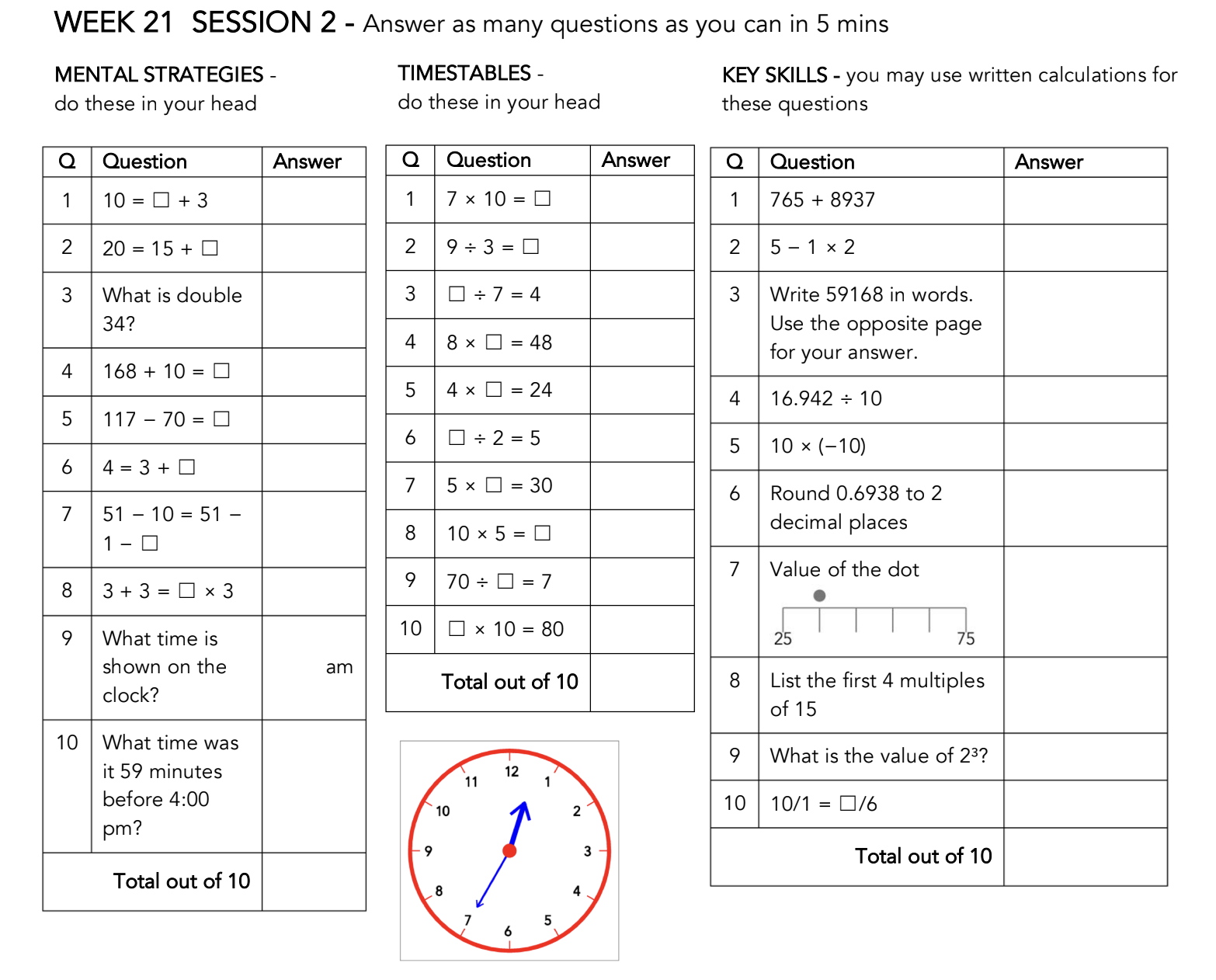
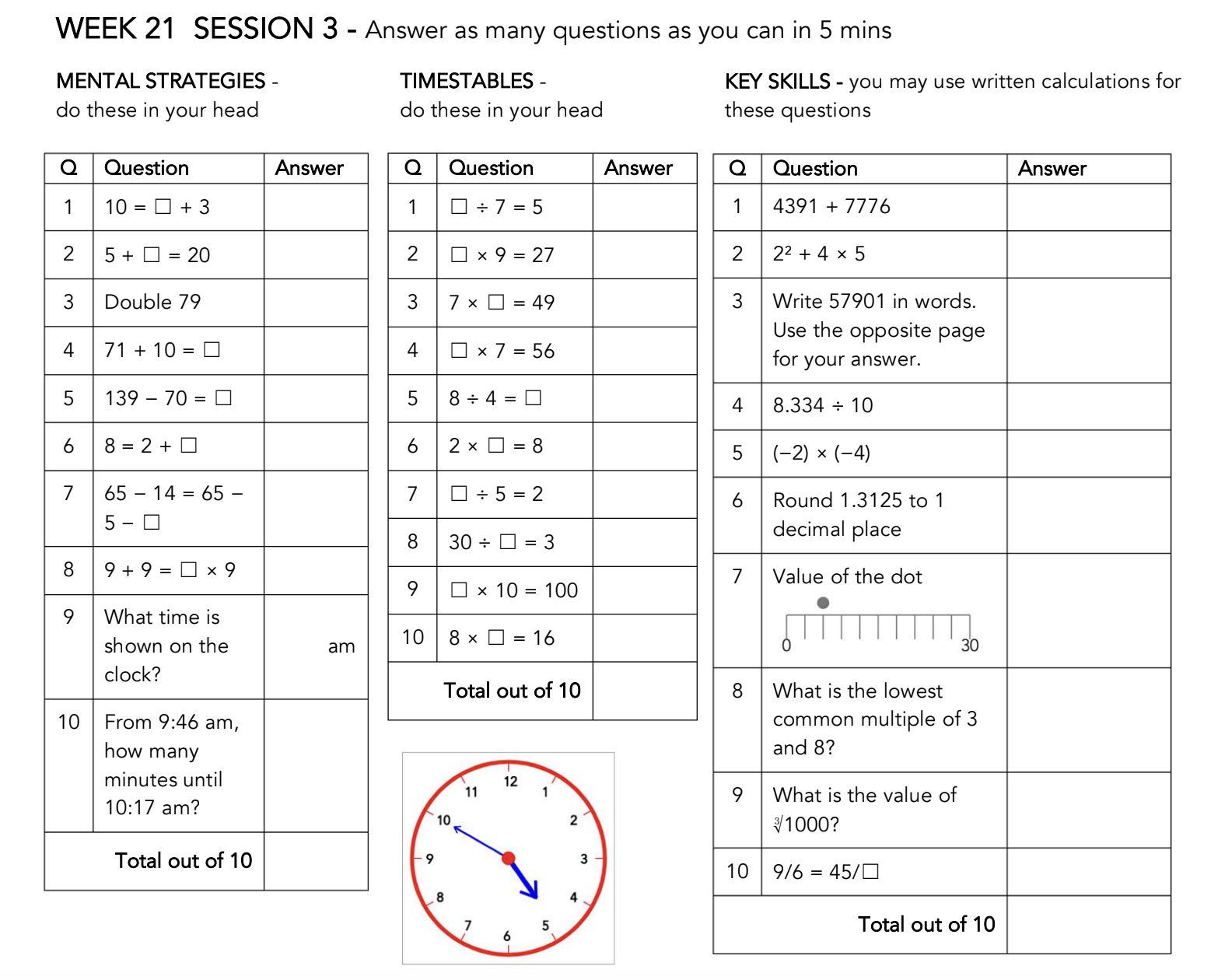
Class Activities: Decimals in context
This week we will be learning various mathematics & statistics concepts through the Olympics context - starting with time, distance and speed!
1. Complete Numeracy Ninja 'Do Now' challenge.
2. Record and underline the short date with a ruler and record the session's Learning Intention at the front of your maths exercise books. Please write in pencil, and rule/underline and mark with red pen.
3. Ensure to draw the red line, write date and activity title.
4. Ensure to write WALT.
Session 1: Introduction to the Olympics and its connection to math, decimal-specific vocabulary, Activity - Decimal place
Session 2: Addition and subtraction - decimals
Session 3: Problem-solving activity.
5. After teacher's modelling, start the activity.Fast finishers can work on their Maths Buddy reinforcement activities.
Homework:
Maths Buddy is your priority for your at-home practice. Please complete your set homework tasks by Friday at 9:30am (Forest's homework routine has now changed to 'Due on Fridays & re-issued on Fridays' to allow you more time). If you have completed your assigned activities please do extra practice on your 'Ludi' timetables programme and complete your Numeracy Certificate tasks.
Here's my suggestion re: how to effectively distribute your weekly homework responsibilities this week...
Mondays: 2 x Maths Buddy Tasks and 1 x See Reader
Tuesdays: 2 x Maths Buddy Tasks and 1 x See Reader
Wednesdays: 2 x Maths Buddy Tasks, 1 x See Reader during Wananga Wednesday and 1 x iBalance plus 1 x Read Around at home
Thursdays: 2 x Maths Buddy Task, 1 x See Reader -

EXPLORE / TŪHURA learning intentions:
- We are EXPLORING number operations in context to support Stage One and Stage Two of our MHJC Numeracy Certificate
- We are EXPLORING the concept of mean, median, mode & range
- We are EXPLORING parts of a circle
- We are EXPLORING the concept of a scale diagram
- We are EXPLORING speed/distance and time calculations using decimals, fractions and ratios
- We are MEASURING different objects/events using appropriate metric units and tools
- We are CALCULATING the circumference and area of a circle
- We are CALCULATING the measurement of unknown angles
- We are CALCULATING and reading a scale and interpreting real life distances
- We are INVESTIGATING the TAILS acronym to display data effectively
Wänanga: The 5 Cs
Welcome back 7F2! This term, our main focus is learning various concepts using the Olympics context. The main areas we will be covering are fractions, decimals, ratios, geometry, measurement, and statistics. We will start with decimals. First, we will understand the concepts and then will solve some problem-solving questions related to sports of the Olympic Games.

Authentic Outcomes: 'Designing an Olympic Medal' competition then fabricating the winning design on the school laser cutter (acrylic).
Theme: Seek out your heart's desires.
Whakatauki: "Whāia te iti kahurangi, ki te tuohu koe me maunga teitei"
Metaphorical: Seek out your heart's desire, though if you have to relent, let it be to a lofty mountain.
Literal: This whakatauki (proverb) speaks to the importance of aiming high and being persistent and tenacious about reaching your goal/s.Success Criteria: I can...
Measurement & Geometry
• Calculate circumference of a circle
• Read a scale and interpret real life distances
• Measure and calculate speed/distance and time
• Use appropriate metric units and tools to measure a specific event
• Find the difference in time, distance and speed when data is given in decimal, fraction and ratios
Statistics• Organise data onto a frequency table
• Identify the 'x' and 'y' axis to accurately plot data onto graphs
• Apply the TAILS acronym to display data effectively
• Interpret graphs (line graphs, bar and dot plots)
• Calculate averages (mean, median, mode and range)
• Use the graphing skills to choose the best graph to display the data
Do Now:
Students will complete their Numeracy Ninja 'Do Now' Task. Mark as a class



Class Activities: Decimals in context
This week we will be learning various mathematics & statistics concepts through the Olympics context - starting with time, distance and speed!
1. Complete Numeracy Ninja 'Do Now' challenge.
2. Record and underline the short date with a ruler and record the session's Learning Intention at the front of your maths exercise books. Please write in pencil, and rule/underline and mark with red pen.
3. Ensure to draw the red line, write date and activity title.
4. Ensure to write WALT.
Session 1: Comparing Decimals
Session 2: SLC
Session 3: Problem-solving activity.
5. After teacher's modelling, start the activity.
Fast finishers can work on their Maths Buddy reinforcement activities.
Homework:
Maths Buddy is your priority for your at-home practice. Please complete your set homework tasks by Friday at 9:30am (Forest's homework routine has now changed to 'Due on Fridays & re-issued on Fridays' to allow you more time). If you have completed your assigned activities please do extra practice on your 'Ludi' timetables programme and complete your Numeracy Certificate tasks.
Here's my suggestion re: how to effectively distribute your weekly homework responsibilities this week...
Mondays: 2 x Maths Buddy Tasks and 1 x See Reader
Tuesdays: 2 x Maths Buddy Tasks and 1 x See Reader
Wednesdays: 2 x Maths Buddy Tasks, 1 x See Reader during Wananga Wednesday and 1 x iBalance plus 1 x Read Around at home
Thursdays: 2 x Maths Buddy Task, 1 x See Reader -

EXPLORE / TŪHURA learning intentions:
- We are EXPLORING number operations in context to support Stage One and Stage Two of our MHJC Numeracy Certificate
- We are EXPLORING the concept of mean, median, mode & range
- We are EXPLORING parts of a circle
- We are EXPLORING the concept of a scale diagram
- We are EXPLORING speed/distance and time calculations using decimals, fractions and ratios
- We are MEASURING different objects/events using appropriate metric units and tools
- We are CALCULATING the circumference and area of a circle
- We are CALCULATING the measurement of unknown angles
- We are CALCULATING and reading a scale and interpreting real life distances
- We are INVESTIGATING the TAILS acronym to display data effectively
Wänanga: The 5 Cs
Welcome back 7F2! This term, our main focus is learning various concepts using the Olympics context. The main areas we will be covering are fractions, decimals, ratios, geometry, measurement, and statistics. We will start with decimals. First, we will understand the concepts and then will solve some problem-solving questions related to sports of the Olympic Games.

Authentic Outcomes: 'Designing an Olympic Medal' competition then fabricating the winning design on the school laser cutter (acrylic).
Theme: Seek out your heart's desires.
Whakatauki: "Whāia te iti kahurangi, ki te tuohu koe me maunga teitei"
Metaphorical: Seek out your heart's desire, though if you have to relent, let it be to a lofty mountain.
Literal: This whakatauki (proverb) speaks to the importance of aiming high and being persistent and tenacious about reaching your goal/s.Success Criteria: I can...
Measurement & Geometry
• Calculate circumference of a circle
• Read a scale and interpret real life distances
• Measure and calculate speed/distance and time
• Use appropriate metric units and tools to measure a specific event
• Find the difference in time, distance and speed when data is given in decimal, fraction and ratios
Statistics• Organise data onto a frequency table
• Identify the 'x' and 'y' axis to accurately plot data onto graphs
• Apply the TAILS acronym to display data effectively
• Interpret graphs (line graphs, bar and dot plots)
• Calculate averages (mean, median, mode and range)
• Use the graphing skills to choose the best graph to display the data
Do Now:
Students will complete their Numeracy Ninja 'Do Now' Task. Mark as a class



Class Activities: Circle
This week we will be learning various mathematics & statistics concepts through the Olympics context - starting with time, distance and speed!
1. Complete Numeracy Ninja 'Do Now' challenge.
2. Record and underline the short date with a ruler and record the session's Learning Intention at the front of your maths exercise books. Please write in pencil, and rule/underline and mark with red pen.
3. Ensure to draw the red line, write date and activity title.
4. Ensure to write WALT.
Session 1: Parts of the Circle
Session 2: Diameter and Radius
Session 3: The Circumference of a Circle
5. After teacher's modelling, start the activity.
Fast finishers can work on their Maths Buddy reinforcement activities.
Homework:
Maths Buddy is your priority for your at-home practice. Please complete your set homework tasks by Friday at 9:30am (Forest's homework routine has now changed to 'Due on Fridays & re-issued on Fridays' to allow you more time). If you have completed your assigned activities please do extra practice on your 'Ludi' timetables programme and complete your Numeracy Certificate tasks.
Here's my suggestion re: how to effectively distribute your weekly homework responsibilities this week...
Mondays: 2 x Maths Buddy Tasks and 1 x See Reader
Tuesdays: 2 x Maths Buddy Tasks and 1 x See Reader
Wednesdays: 2 x Maths Buddy Tasks, 1 x See Reader during Wananga Wednesday and 1 x iBalance plus 1 x Read Around at home
Thursdays: 2 x Maths Buddy Task, 1 x See Reader -

EXPLORE / TŪHURA learning intentions:
- We are EXPLORING number operations in context to support Stage One and Stage Two of our MHJC Numeracy Certificate
- We are EXPLORING the concept of mean, median, mode & range
- We are EXPLORING parts of a circle
- We are EXPLORING the concept of a scale diagram
- We are EXPLORING speed/distance and time calculations using decimals, fractions and ratios
- We are MEASURING different objects/events using appropriate metric units and tools
- We are CALCULATING the circumference and area of a circle
- We are CALCULATING the measurement of unknown angles
- We are CALCULATING and reading a scale and interpreting real life distances
- We are INVESTIGATING the TAILS acronym to display data effectively
Wänanga: The 5 Cs
Welcome back 7F2! This term, our main focus is learning various concepts using the Olympics context. The main areas we will be covering are fractions, decimals, ratios, geometry, measurement, and statistics. We will start with decimals. First, we will understand the concepts and then will solve some problem-solving questions related to sports of the Olympic Games.

Authentic Outcomes: 'Designing an Olympic Medal' competition then fabricating the winning design on the school laser cutter (acrylic).
Theme: Seek out your heart's desires.
Whakatauki: "Whāia te iti kahurangi, ki te tuohu koe me maunga teitei"
Metaphorical: Seek out your heart's desire, though if you have to relent, let it be to a lofty mountain.
Literal: This whakatauki (proverb) speaks to the importance of aiming high and being persistent and tenacious about reaching your goal/s.Success Criteria: I can...
Measurement & Geometry
• Calculate circumference of a circle
• Read a scale and interpret real life distances
• Measure and calculate speed/distance and time
• Use appropriate metric units and tools to measure a specific event
• Find the difference in time, distance and speed when data is given in decimal, fraction and ratios
Statistics• Organise data onto a frequency table
• Identify the 'x' and 'y' axis to accurately plot data onto graphs
• Apply the TAILS acronym to display data effectively
• Interpret graphs (line graphs, bar and dot plots)
• Calculate averages (mean, median, mode and range)
• Use the graphing skills to choose the best graph to display the data
Do Now:
Students will complete their Numeracy Ninja 'Do Now' Task. Mark as a class



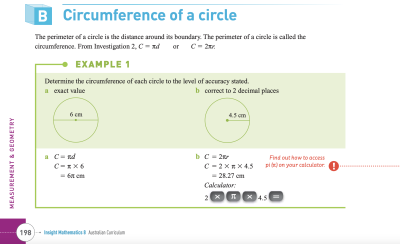
Class Activities: Circle
This week we will be learning various mathematics & statistics concepts through the Olympics context - starting with time, distance and speed!
1. Complete Numeracy Ninja 'Do Now' challenge.
2. Record and underline the short date with a ruler and record the session's Learning Intention at the front of your maths exercise books. Please write in pencil, and rule/underline and mark with red pen.
3. Ensure to draw the red line, write date and activity title.
4. Ensure to write WALT.
Session 1: Circumference of a Circle
Session 2: Area of a Circle
Session 3: Problem-Solving - Area and Circumference of a Circle
5. After teacher's modelling, start the activity.
Fast finishers can work on their Maths Buddy reinforcement activities.
Homework:
Maths Buddy is your priority for your at-home practice. Please complete your set homework tasks by Friday at 9:30am (Forest's homework routine has now changed to 'Due on Fridays & re-issued on Fridays' to allow you more time). If you have completed your assigned activities please do extra practice on your 'Ludi' timetables programme and complete your Numeracy Certificate tasks.
Here's my suggestion re: how to effectively distribute your weekly homework responsibilities this week...
Mondays: 2 x Maths Buddy Tasks and 1 x See Reader
Tuesdays: 2 x Maths Buddy Tasks and 1 x See Reader
Wednesdays: 2 x Maths Buddy Tasks, 1 x See Reader during Wananga Wednesday and 1 x iBalance plus 1 x Read Around at home
Thursdays: 2 x Maths Buddy Task, 1 x See Reader -

EXPLORE / TŪHURA learning intentions:
- We are EXPLORING number operations in context to support Stage One and Stage Two of our MHJC Numeracy Certificate
- We are EXPLORING the concept of mean, median, mode & range
- We are EXPLORING parts of a circle
- We are EXPLORING the concept of a scale diagram
- We are EXPLORING speed/distance and time calculations using decimals, fractions and ratios
- We are MEASURING different objects/events using appropriate metric units and tools
- We are CALCULATING the circumference and area of a circle
- We are CALCULATING the measurement of unknown angles
- We are CALCULATING and reading a scale and interpreting real life distances
- We are INVESTIGATING the TAILS acronym to display data effectively
Wänanga: The 5 Cs
Welcome back 7F2! This term, our main focus is learning various concepts using the Olympics context. The main areas we will be covering are fractions, decimals, ratios, geometry, measurement, and statistics. We will start with decimals. First, we will understand the concepts and then will solve some problem-solving questions related to sports of the Olympic Games.

Authentic Outcomes: 'Designing an Olympic Medal' competition then fabricating the winning design on the school laser cutter (acrylic).
Theme: Seek out your heart's desires.
Whakatauki: "Whāia te iti kahurangi, ki te tuohu koe me maunga teitei"
Metaphorical: Seek out your heart's desire, though if you have to relent, let it be to a lofty mountain.
Literal: This whakatauki (proverb) speaks to the importance of aiming high and being persistent and tenacious about reaching your goal/s.Success Criteria: I can...
Measurement & Geometry
• Calculate circumference of a circle
• Read a scale and interpret real life distances
• Measure and calculate speed/distance and time
• Use appropriate metric units and tools to measure a specific event
• Find the difference in time, distance and speed when data is given in decimal, fraction and ratios
Statistics• Organise data onto a frequency table
• Identify the 'x' and 'y' axis to accurately plot data onto graphs
• Apply the TAILS acronym to display data effectively
• Interpret graphs (line graphs, bar and dot plots)
• Calculate averages (mean, median, mode and range)
• Use the graphing skills to choose the best graph to display the data
Do Now:
Students will complete their Numeracy Ninja 'Do Now' Task. Mark as a class



Class Activities: Circle
This week we will be learning to calculate the area of a circle and volume of a cylinder.
1. Complete Numeracy Ninja 'Do Now' challenge.
2. Record and underline the short date with a ruler and record the session's Learning Intention at the front of your maths exercise books. Please write in pencil, and rule/underline and mark with red pen.
3. Ensure to draw the red line, write date and activity title.
4. Ensure to write WALT.
Session 1: Area of a Circle
Session 2: Area of a Circle Continued.
Session 3: Volume of a Cylinder
5. After teacher's modelling, start the activity.
Fast finishers can work on their Maths Buddy reinforcement activities.
Homework:
Maths Buddy is your priority for your at-home practice. Please complete your set homework tasks by Friday at 9:30am (Forest's homework routine has now changed to 'Due on Fridays & re-issued on Fridays' to allow you more time). If you have completed your assigned activities please do extra practice on your 'Ludi' timetables programme and complete your Numeracy Certificate tasks.
Here's my suggestion re: how to effectively distribute your weekly homework responsibilities this week...
Mondays: 2 x Maths Buddy Tasks and 1 x See Reader
Tuesdays: 2 x Maths Buddy Tasks and 1 x See Reader
Wednesdays: 2 x Maths Buddy Tasks, 1 x See Reader during Wananga Wednesday and 1 x iBalance plus 1 x Read Around at home
Thursdays: 2 x Maths Buddy Task, 1 x See Reader -

EXPLORE / TŪHURA learning intentions:
- We are EXPLORING number operations in context to support Stage One and Stage Two of our MHJC Numeracy Certificate
- We are EXPLORING the concept of mean, median, mode & range
- We are EXPLORING parts of a circle
- We are EXPLORING the concept of a scale diagram
- We are EXPLORING speed/distance and time calculations using decimals, fractions and ratios
- We are MEASURING different objects/events using appropriate metric units and tools
- We are CALCULATING the circumference and area of a circle
- We are CALCULATING the measurement of unknown angles
- We are CALCULATING and reading a scale and interpreting real life distances
- We are INVESTIGATING the TAILS acronym to display data effectively
Wänanga: The 5 Cs
Welcome back 7F2! This term, our main focus is learning various concepts using the Olympics context. The main areas we will be covering are fractions, decimals, ratios, geometry, measurement, and statistics. We will start with decimals. First, we will understand the concepts and then will solve some problem-solving questions related to sports of the Olympic Games.
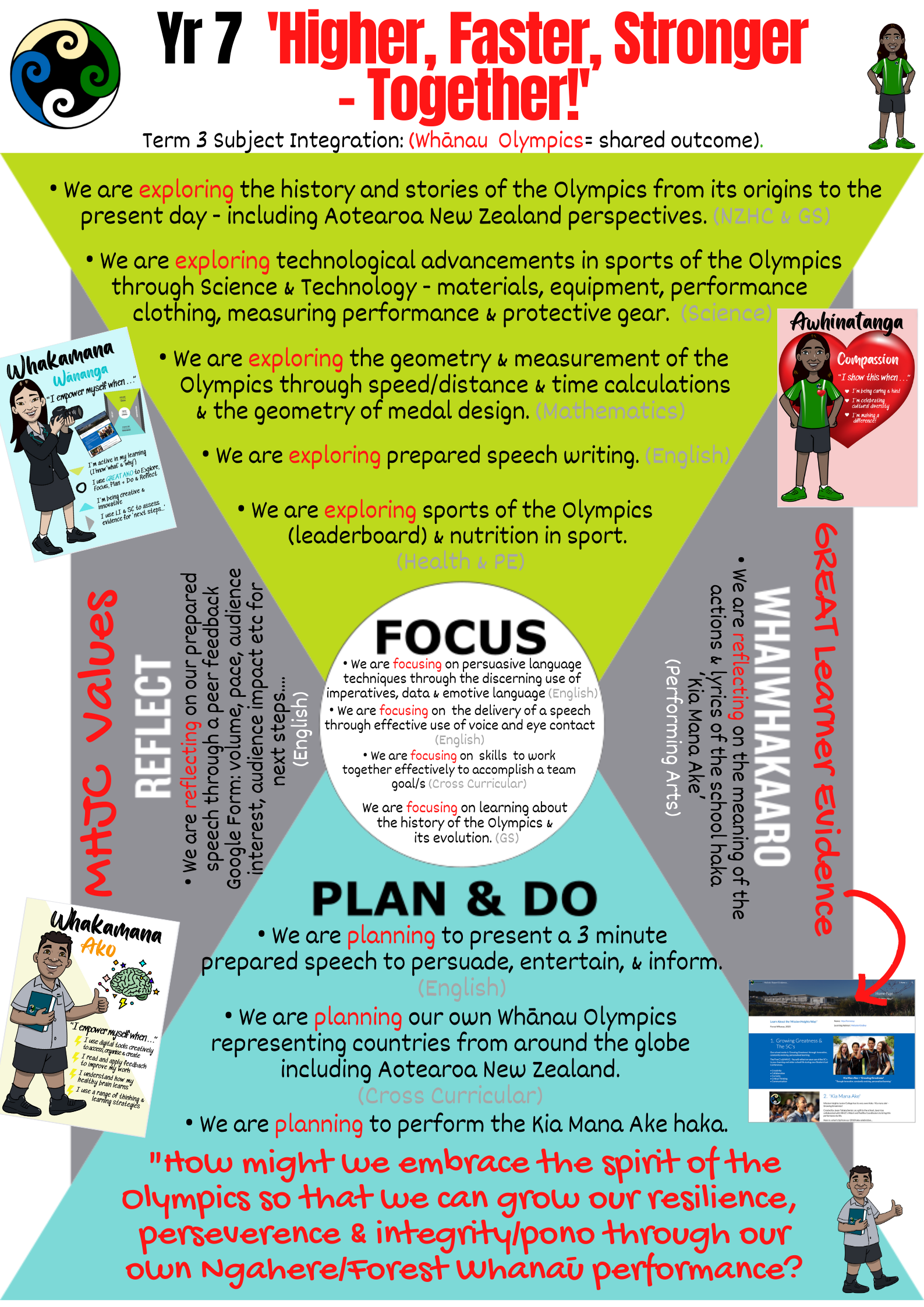
Authentic Outcomes: 'Designing an Olympic Medal' competition then fabricating the winning design on the school laser cutter (acrylic).
Theme: Seek out your heart's desires.
Whakatauki: "Whāia te iti kahurangi, ki te tuohu koe me maunga teitei"
Metaphorical: Seek out your heart's desire, though if you have to relent, let it be to a lofty mountain.
Literal: This whakatauki (proverb) speaks to the importance of aiming high and being persistent and tenacious about reaching your goal/s.Success Criteria: I can...
Measurement & Geometry
• Calculate circumference of a circle
• Read a scale and interpret real life distances
• Measure and calculate speed/distance and time
• Use appropriate metric units and tools to measure a specific event
• Find the difference in time, distance and speed when data is given in decimal, fraction and ratios
Statistics• Organise data onto a frequency table
• Identify the 'x' and 'y' axis to accurately plot data onto graphs
• Apply the TAILS acronym to display data effectively
• Interpret graphs (line graphs, bar and dot plots)
• Calculate averages (mean, median, mode and range)
• Use the graphing skills to choose the best graph to display the data
Do Now:
Students will complete their Numeracy Ninja 'Do Now' Task. Mark as a class



Class Activities: Circle
This week we will apply our knowledge of circles and explore the concept of scale.
1. Complete Numeracy Ninja 'Do Now' challenge.
2. Record and underline the short date with a ruler and record the session's Learning Intention at the front of your maths exercise books. Please write in pencil, and rule/underline and mark with red pen.
3. Ensure to draw the red line, write date and activity title.
4. Ensure to write WALT.
Session 1: Investigation activity - Continue.
Session 2:Scale - Introduction & Task
Session 3: Scale task - Continue.
5. After teacher's modelling, start the activity.
Fast finishers can work on their Maths Buddy reinforcement activities.
Homework:
Maths Buddy is your priority for your at-home practice. Please complete your set homework tasks by Friday at 9:30am (Forest's homework routine has now changed to 'Due on Fridays & re-issued on Fridays' to allow you more time). If you have completed your assigned activities please do extra practice on your 'Ludi' timetables programme and complete your Numeracy Certificate tasks.
Here's my suggestion re: how to effectively distribute your weekly homework responsibilities this week...
Mondays: 2 x Maths Buddy Tasks and 1 x See Reader
Tuesdays: 2 x Maths Buddy Tasks and 1 x See Reader
Wednesdays: 2 x Maths Buddy Tasks, 1 x See Reader during Wananga Wednesday and 1 x iBalance plus 1 x Read Around at home
Thursdays: 2 x Maths Buddy Task, 1 x See Reader -

EXPLORE / TŪHURA learning intentions:
- We are EXPLORING number operations in context to support Stage One and Stage Two of our MHJC Numeracy Certificate
- We are EXPLORING the concept of mean, median, mode & range
- We are EXPLORING parts of a circle
- We are EXPLORING the concept of a scale diagram
- We are EXPLORING speed/distance and time calculations using decimals, fractions and ratios
- We are MEASURING different objects/events using appropriate metric units and tools
- We are CALCULATING the circumference and area of a circle
- We are CALCULATING the measurement of unknown angles
- We are CALCULATING and reading a scale and interpreting real life distances
- We are INVESTIGATING the TAILS acronym to display data effectively
Wänanga: The 5 Cs
Welcome back 7F2! This term, our main focus is learning various concepts using the Olympics context. The main areas we will be covering are fractions, decimals, ratios, geometry, measurement, and statistics. We will start with decimals. First, we will understand the concepts and then will solve some problem-solving questions related to sports of the Olympic Games.

Authentic Outcomes: 'Designing an Olympic Medal' competition then fabricating the winning design on the school laser cutter (acrylic).
Theme: Seek out your heart's desires.
Whakatauki: "Whāia te iti kahurangi, ki te tuohu koe me maunga teitei"
Metaphorical: Seek out your heart's desire, though if you have to relent, let it be to a lofty mountain.
Literal: This whakatauki (proverb) speaks to the importance of aiming high and being persistent and tenacious about reaching your goal/s.Success Criteria: I can...
Measurement & Geometry
• Calculate circumference of a circle
• Read a scale and interpret real life distances
• Measure and calculate speed/distance and time
• Use appropriate metric units and tools to measure a specific event
• Find the difference in time, distance and speed when data is given in decimal, fraction and ratios
Statistics• Organise data onto a frequency table
• Identify the 'x' and 'y' axis to accurately plot data onto graphs
• Apply the TAILS acronym to display data effectively
• Interpret graphs (line graphs, bar and dot plots)
• Calculate averages (mean, median, mode and range)
• Use the graphing skills to choose the best graph to display the data
Do Now:
Students will complete their Numeracy Ninja 'Do Now' Task. Mark as a class



Class Activities: Speed, Time & Distance
This week we will apply our knowledge of circles and explore the concept of scale.
1. Complete Numeracy Ninja 'Do Now' challenge.
2. Record and underline the short date with a ruler and record the session's Learning Intention at the front of your maths exercise books. Please write in pencil, and rule/underline and mark with red pen.
3. Ensure to draw the red line, write date and activity title.
4. Ensure to write WALT.
Session 1: Speed - Introduction & Task
Session 2: Distance - Introduction & Task
Session 3: Time - Introduction & Task
5. After teacher's modelling, start the activity.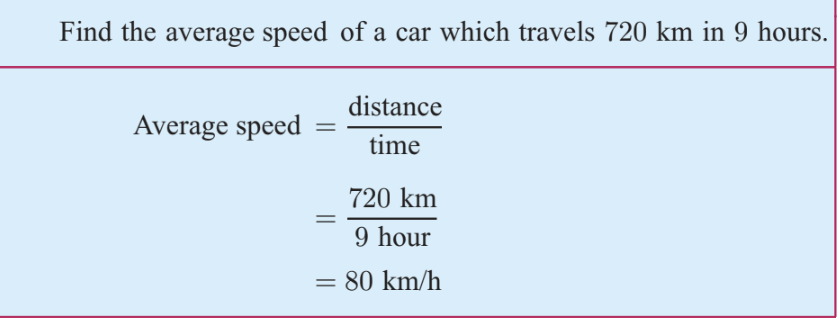
Fast finishers can work on their Maths Buddy reinforcement activities.
Homework:
Maths Buddy is your priority for your at-home practice. Please complete your set homework tasks by Friday at 9:30am (Forest's homework routine has now changed to 'Due on Fridays & re-issued on Fridays' to allow you more time). If you have completed your assigned activities please do extra practice on your 'Ludi' timetables programme and complete your Numeracy Certificate tasks.
Here's my suggestion re: how to effectively distribute your weekly homework responsibilities this week...
Mondays: 2 x Maths Buddy Tasks and 1 x See Reader
Tuesdays: 2 x Maths Buddy Tasks and 1 x See Reader
Wednesdays: 2 x Maths Buddy Tasks, 1 x See Reader during Wananga Wednesday and 1 x iBalance plus 1 x Read Around at home
Thursdays: 2 x Maths Buddy Task, 1 x See Reader -

EXPLORE / TŪHURA learning intentions:
- We are EXPLORING number operations in context to support Stage One and Stage Two of our MHJC Numeracy Certificate
- We are EXPLORING the concept of mean, median, mode & range
- We are EXPLORING parts of a circle
- We are EXPLORING the concept of a scale diagram
- We are EXPLORING speed/distance and time calculations using decimals, fractions and ratios
- We are MEASURING different objects/events using appropriate metric units and tools
- We are CALCULATING the circumference and area of a circle
- We are CALCULATING the measurement of unknown angles
- We are CALCULATING and reading a scale and interpreting real life distances
- We are INVESTIGATING the TAILS acronym to display data effectively
Wänanga: The 5 Cs
Welcome back 7F2! This term, our main focus is learning various concepts using the Olympics context. The main areas we will be covering are fractions, decimals, ratios, geometry, measurement, and statistics. We will start with decimals. First, we will understand the concepts and then will solve some problem-solving questions related to sports of the Olympic Games.

Authentic Outcomes: 'Designing an Olympic Medal' competition then fabricating the winning design on the school laser cutter (acrylic).
Theme: Seek out your heart's desires.
Whakatauki: "Whāia te iti kahurangi, ki te tuohu koe me maunga teitei"
Metaphorical: Seek out your heart's desire, though if you have to relent, let it be to a lofty mountain.
Literal: This whakatauki (proverb) speaks to the importance of aiming high and being persistent and tenacious about reaching your goal/s.Success Criteria: I can...
Measurement & Geometry
• Calculate circumference of a circle
• Read a scale and interpret real life distances
• Measure and calculate speed/distance and time
• Use appropriate metric units and tools to measure a specific event
• Find the difference in time, distance and speed when data is given in decimal, fraction and ratios
Statistics• Organise data onto a frequency table
• Identify the 'x' and 'y' axis to accurately plot data onto graphs
• Apply the TAILS acronym to display data effectively
• Interpret graphs (line graphs, bar and dot plots)
• Calculate averages (mean, median, mode and range)
• Use the graphing skills to choose the best graph to display the data
Do Now:
Students will complete their Numeracy Ninja 'Do Now' Task. Mark as a class


Class Activities: Speed, Time & Distance
This week we will apply our knowledge of circles and explore the concept of scale.
1. Complete Numeracy Ninja 'Do Now' challenge.
2. Record and underline the short date with a ruler and record the session's Learning Intention at the front of your maths exercise books. Please write in pencil, and rule/underline and mark with red pen.
3. Ensure to draw the red line, write date and activity title.
4. Ensure to write WALT.
Session 1: Revision and Reflection - Term 3
Session 2: Assessment 2
Session 3: DST Problem Solving
5. After teacher's modelling, start the activity.
Fast finishers can work on their Maths Buddy reinforcement activities.
Homework:
Maths Buddy is your priority for your at-home practice. Please complete your set homework tasks by Friday at 9:30am (Forest's homework routine has now changed to 'Due on Fridays & re-issued on Fridays' to allow you more time). If you have completed your assigned activities please do extra practice on your 'Ludi' timetables programme and complete your Numeracy Certificate tasks.
Here's my suggestion re: how to effectively distribute your weekly homework responsibilities this week...
Mondays: 2 x Maths Buddy Tasks and 1 x See Reader
Tuesdays: 2 x Maths Buddy Tasks and 1 x See Reader
Wednesdays: 2 x Maths Buddy Tasks, 1 x See Reader during Wananga Wednesday and 1 x iBalance plus 1 x Read Around at home
Thursdays: 2 x Maths Buddy Task, 1 x See Reader-
Student ability to solve a range of real-world measurement and geometry problems within the context of the 2024 Paris Olympics.
-

EXPLORE / TŪHURA learning intentions:
- We are EXPLORING number operations in context to support Stage One and Stage Two of our MHJC Numeracy Certificate
- We are EXPLORING the concept of mean, median, mode & range
- We are EXPLORING parts of a circle
- We are EXPLORING the concept of a scale diagram
- We are EXPLORING speed/distance and time calculations using decimals, fractions and ratios
- We are MEASURING different objects/events using appropriate metric units and tools
- We are CALCULATING the circumference and area of a circle
- We are CALCULATING the measurement of unknown angles
- We are CALCULATING and reading a scale and interpreting real life distances
- We are INVESTIGATING the TAILS acronym to display data effectively
Wänanga: The 5 Cs
Welcome back 7F2! This term, our main focus is learning various concepts using the Olympics context. The main areas we will be covering are fractions, decimals, ratios, geometry, measurement, and statistics. We will start with decimals. First, we will understand the concepts and then will solve some problem-solving questions related to sports of the Olympic Games.

Authentic Outcomes: 'Designing an Olympic Medal' competition then fabricating the winning design on the school laser cutter (acrylic).
Theme: Seek out your heart's desires.
Whakatauki: "Whāia te iti kahurangi, ki te tuohu koe me maunga teitei"
Metaphorical: Seek out your heart's desire, though if you have to relent, let it be to a lofty mountain.
Literal: This whakatauki (proverb) speaks to the importance of aiming high and being persistent and tenacious about reaching your goal/s.Success Criteria: I can...
Measurement & Geometry
• Calculate circumference of a circle
• Read a scale and interpret real life distances
• Measure and calculate speed/distance and time
• Use appropriate metric units and tools to measure a specific event
• Find the difference in time, distance and speed when data is given in decimal, fraction and ratios
Statistics• Organise data onto a frequency table
• Identify the 'x' and 'y' axis to accurately plot data onto graphs
• Apply the TAILS acronym to display data effectively
• Interpret graphs (line graphs, bar and dot plots)
• Calculate averages (mean, median, mode and range)
• Use the graphing skills to choose the best graph to display the data
Do Now:
Students will complete their Numeracy Ninja 'Do Now' Task. Mark as a class



Class Activities: Speed, Time & Distance
This week we will apply our knowledge of circles and explore the concept of scale.
1. Complete Numeracy Ninja 'Do Now' challenge.
2. Record and underline the short date with a ruler and record the session's Learning Intention at the front of your maths exercise books. Please write in pencil, and rule/underline and mark with red pen.
3. Ensure to draw the red line, write date and activity title.
4. Ensure to write WALT.
Session 1: DST Problem Solving
Session 2: Area of Composite Shapes
Session 3: Length Measurement
5. After teacher's modelling, start the activity.
Fast finishers can work on their Maths Buddy reinforcement activities.
Homework:
Maths Buddy is your priority for your at-home practice. Please complete your set homework tasks by Friday at 9:30am (Forest's homework routine has now changed to 'Due on Fridays & re-issued on Fridays' to allow you more time). If you have completed your assigned activities please do extra practice on your 'Ludi' timetables programme and complete your Numeracy Certificate tasks.
Here's my suggestion re: how to effectively distribute your weekly homework responsibilities this week...
Mondays: 2 x Maths Buddy Tasks and 1 x See Reader
Tuesdays: 2 x Maths Buddy Tasks and 1 x See Reader
Wednesdays: 2 x Maths Buddy Tasks, 1 x See Reader during Wananga Wednesday and 1 x iBalance plus 1 x Read Around at home
Thursdays: 2 x Maths Buddy Task, 1 x See Reader -

EXPLORE / TŪHURA learning intentions:
- We are EXPLORING number operations in context to support Stage One and Stage Two of our MHJC Numeracy Certificate
- We are EXPLORING the concept of mean, median, mode & range
- We are EXPLORING parts of a circle
- We are EXPLORING the concept of a scale diagram
- We are EXPLORING speed/distance and time calculations using decimals, fractions and ratios
- We are MEASURING different objects/events using appropriate metric units and tools
- We are CALCULATING the circumference and area of a circle
- We are CALCULATING the measurement of unknown angles
- We are CALCULATING and reading a scale and interpreting real life distances
- We are INVESTIGATING the TAILS acronym to display data effectively
Wänanga: The 5 Cs
Welcome back 7F2! This term, our main focus is learning various concepts using the Olympics context. The main areas we will be covering are fractions, decimals, ratios, geometry, measurement, and statistics. We will start with decimals. First, we will understand the concepts and then will solve some problem-solving questions related to sports of the Olympic Games.

Authentic Outcomes: 'Designing an Olympic Medal' competition then fabricating the winning design on the school laser cutter (acrylic).
Theme: Seek out your heart's desires.
Whakatauki: "Whāia te iti kahurangi, ki te tuohu koe me maunga teitei"
Metaphorical: Seek out your heart's desire, though if you have to relent, let it be to a lofty mountain.
Literal: This whakatauki (proverb) speaks to the importance of aiming high and being persistent and tenacious about reaching your goal/s.Success Criteria: I can...
Measurement & Geometry
• Calculate circumference of a circle
• Read a scale and interpret real life distances
• Measure and calculate speed/distance and time
• Use appropriate metric units and tools to measure a specific event
• Find the difference in time, distance and speed when data is given in decimal, fraction and ratios
Statistics• Organise data onto a frequency table
• Identify the 'x' and 'y' axis to accurately plot data onto graphs
• Apply the TAILS acronym to display data effectively
• Interpret graphs (line graphs, bar and dot plots)
• Calculate averages (mean, median, mode and range)
• Use the graphing skills to choose the best graph to display the data
Do Now:
Students will complete their Numeracy Ninja 'Do Now' Task. Mark as a class


Class Activities: Revision & REFLECTION
This week we will apply our knowledge of circles and explore the concept of scale.
1. Complete Numeracy Ninja 'Do Now' challenge.
2. Complete revision task on Maths buddy.
Session 1: 99 maths
Session 2: Revision Task on Maths Buddy
Session 3: Revision Task on Maths Buddy
Fast finishers can work on their Maths Buddy reinforcement activities.
Homework:
Maths Buddy is your priority for your at-home practice. Please complete your set homework tasks by Friday at 9:30am (Forest's homework routine has now changed to 'Due on Fridays & re-issued on Fridays' to allow you more time). If you have completed your assigned activities please do extra practice on your 'Ludi' timetables programme and complete your Numeracy Certificate tasks.
Here's my suggestion re: how to effectively distribute your weekly homework responsibilities this week...
Mondays: 2 x Maths Buddy Tasks and 1 x See Reader
Tuesdays: 2 x Maths Buddy Tasks and 1 x See Reader
Wednesdays: 2 x Maths Buddy Tasks, 1 x See Reader during Wananga Wednesday and 1 x iBalance plus 1 x Read Around at home
Thursdays: 2 x Maths Buddy Task, 1 x See Reader -



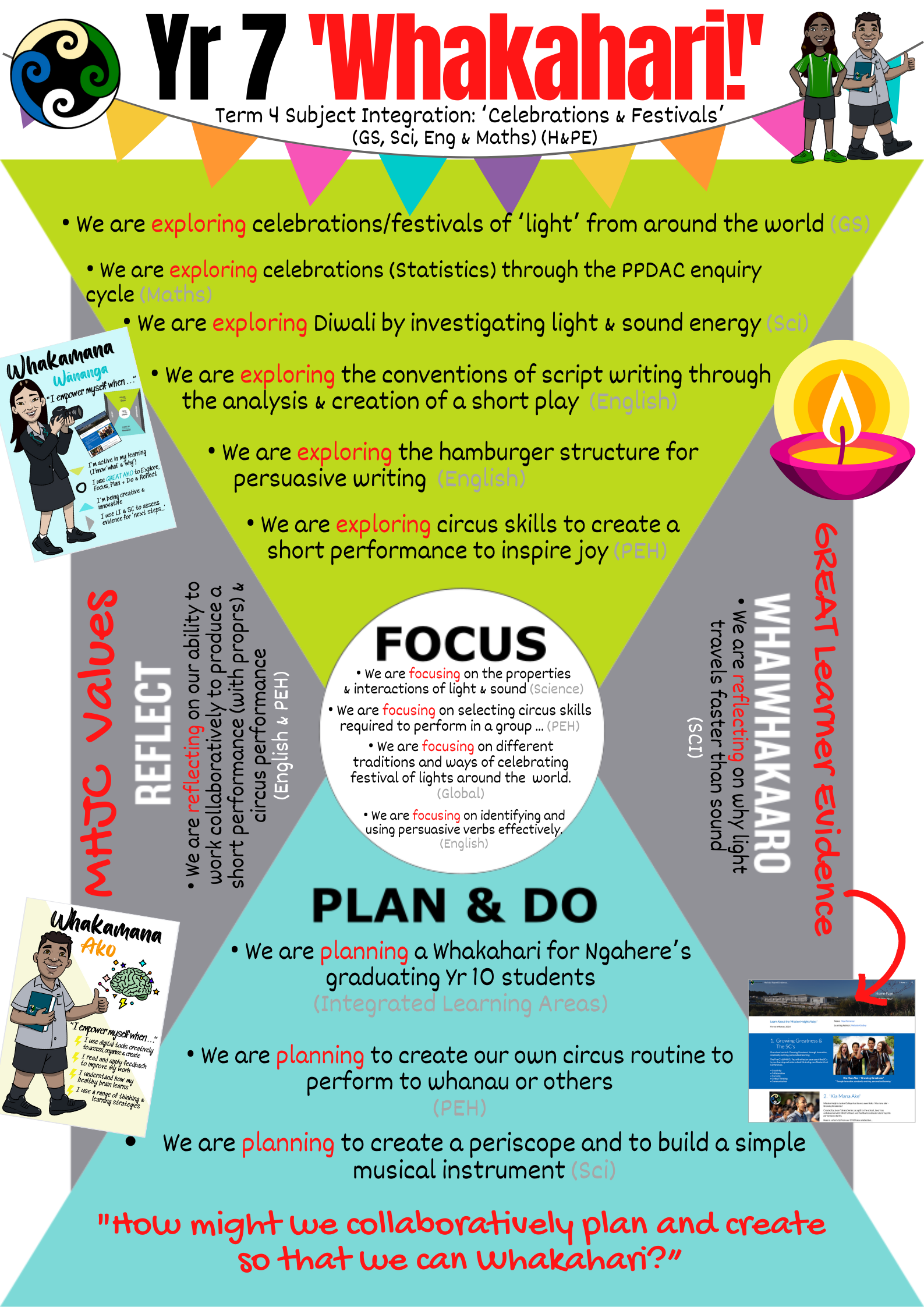
Theme: Although it is small it is a treasure
Whakatauki: "Ahakoa he iti he pounamu"
Metaphorical: Although it is small, it is greenstone (precious)
Literal: This whakatauki (proverb) speaks to a humble way of delivering a small gift. Greenstone (jade) is an extremely useful commodity which is considered very precious, so although you may not be presenting greenstone, the word pounamu stands as a metaphor for something precious or a treasure from the heart.Learning Intention:- We are EXPLORING the PPDAC cycle.
- We are EXPLORING the concept of mean, median, mode & range
- We are EXPLORING to investigate by posing investigative questions about celebrations and making predictions or assertions about expected findings (problem)
- We are EXPLORING how to collect or source data to answer investigative questions (plan)
- We are EXPLORING how to collect, investigate and represent data (data)
- We are EXPLORING how to create and describe data visualisation using the statistical processes (analysis)
- We are LEARNING to communicate findings in context to answer an investigative question (conclusion)
Success Criteria: I can....
- pose an investigative question
- determine or identify the variables needed
- identify the group of interest or who the data was collected from
- represent data using a range of tools (e.g., spreadsheets, recording sheets)
- represent data using dot plots, bar graphs, stem-and-leaf plot, frequency tables, time-series graphs, two-way tables or graphs, scatter plots, fractions, proportions, and percentages
- connect statements with data visualisations to answer an investigative question
- explain findings, and justify initial predictions or assertions given the findings
Activities:
Do now



Session 1: Introduction to statistical investigation
Session 2: Introduction to statistical investigation - Continue
Session 3: Types of Data - Variables
Fast finishers can work on their Maths Buddy reinforcement activities.
Homework:
Maths Buddy is your priority for your at-home practice. Please complete your set homework tasks by Friday at 9:30am (Forest's homework routine has now changed to 'Due on Fridays & re-issued on Fridays' to allow you more time). If you have completed your assigned activities please do extra practice on your 'Ludi' timetables programme and complete your Numeracy Certificate tasks.
Here's my suggestion re: how to effectively distribute your weekly homework responsibilities this week...
Mondays: 2 x Maths Buddy Tasks and 1 x See Reader
Tuesdays: 2 x Maths Buddy Tasks and 1 x See Reader
Wednesdays: 2 x Maths Buddy Tasks, 1 x See Reader during Wananga Wednesday and 1 x iBalance plus 1 x Read Around at home
Thursdays: 2 x Maths Buddy Task, 1 x See Reader -




Theme: Although it is small it is a treasure
Whakatauki: "Ahakoa he iti he pounamu"
Metaphorical: Although it is small, it is greenstone (precious)
Literal: This whakatauki (proverb) speaks to a humble way of delivering a small gift. Greenstone (jade) is an extremely useful commodity which is considered very precious, so although you may not be presenting greenstone, the word pounamu stands as a metaphor for something precious or a treasure from the heart.Learning Intention:- We are EXPLORING the PPDAC cycle.
- We are EXPLORING the concept of mean, median, mode & range
- We are EXPLORING to investigate by posing investigative questions about celebrations and making predictions or assertions about expected findings (problem)
- We are EXPLORING how to collect or source data to answer investigative questions (plan)
- We are EXPLORING how to collect, investigate and represent data (data)
- We are EXPLORING how to create and describe data visualisation using the statistical processes (analysis)
- We are LEARNING to communicate findings in context to answer an investigative question (conclusion)
Success Criteria: I can....
- pose an investigative question
- determine or identify the variables needed
- identify the group of interest or who the data was collected from
- represent data using a range of tools (e.g., spreadsheets, recording sheets)
- represent data using dot plots, bar graphs, stem-and-leaf plot, frequency tables, time-series graphs, two-way tables or graphs, scatter plots, fractions, proportions, and percentages
- connect statements with data visualisations to answer an investigative question
- explain findings, and justify initial predictions or assertions given the findings
Activities:
Do now



Session 1: Designing a questionnaire
Session 2:PPDAC - Inquiry Task
Session 3: PPDAC - Inquiry Task continue
Fast finishers can work on their Maths Buddy reinforcement activities.
Homework:
Maths Buddy is your priority for your at-home practice. Please complete your set homework tasks by Friday at 9:30am (Forest's homework routine has now changed to 'Due on Fridays & re-issued on Fridays' to allow you more time). If you have completed your assigned activities please do extra practice on your 'Ludi' timetables programme and complete your Numeracy Certificate tasks.
Here's my suggestion re: how to effectively distribute your weekly homework responsibilities this week...
Mondays: 2 x Maths Buddy Tasks and 1 x See Reader
Tuesdays: 2 x Maths Buddy Tasks and 1 x See Reader
Wednesdays: 2 x Maths Buddy Tasks, 1 x See Reader during Wananga Wednesday and 1 x iBalance plus 1 x Read Around at home
Thursdays: 2 x Maths Buddy Task, 1 x See Reader -




Theme: Although it is small it is a treasure
Whakatauki: "Ahakoa he iti he pounamu"
Metaphorical: Although it is small, it is greenstone (precious)
Literal: This whakatauki (proverb) speaks to a humble way of delivering a small gift. Greenstone (jade) is an extremely useful commodity which is considered very precious, so although you may not be presenting greenstone, the word pounamu stands as a metaphor for something precious or a treasure from the heart.Learning Intention:- We are EXPLORING the PPDAC cycle.
- We are EXPLORING the concept of mean, median, mode & range
- We are EXPLORING to investigate by posing investigative questions about celebrations and making predictions or assertions about expected findings (problem)
- We are EXPLORING how to collect or source data to answer investigative questions (plan)
- We are EXPLORING how to collect, investigate and represent data (data)
- We are EXPLORING how to create and describe data visualisation using the statistical processes (analysis)
- We are LEARNING to communicate findings in context to answer an investigative question (conclusion)
Success Criteria: I can....
- pose an investigative question
- determine or identify the variables needed
- identify the group of interest or who the data was collected from
- represent data using a range of tools (e.g., spreadsheets, recording sheets)
- represent data using dot plots, bar graphs, stem-and-leaf plot, frequency tables, time-series graphs, two-way tables or graphs, scatter plots, fractions, proportions, and percentages
- connect statements with data visualisations to answer an investigative question
- explain findings, and justify initial predictions or assertions given the findings
Activities:
Do now

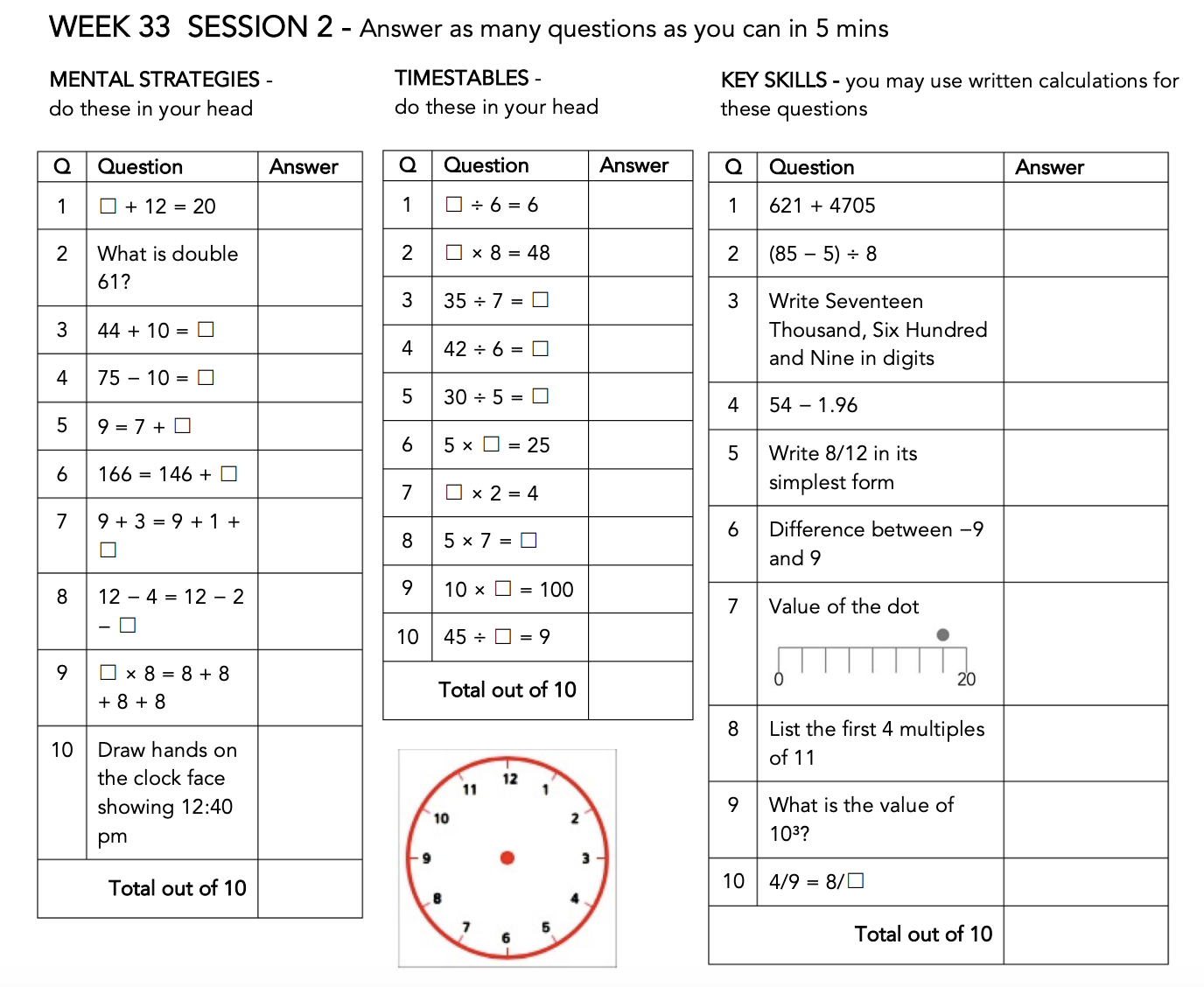

Session 1: Public Holiday
Session 2:PPDAC - Inquiry Task Continue
Session 3: PPDAC - Inquiry Task continue
Fast finishers can work on their Maths Buddy reinforcement activities.
Homework:
Maths Buddy is your priority for your at-home practice. Please complete your set homework tasks by Friday at 9:30am (Forest's homework routine has now changed to 'Due on Fridays & re-issued on Fridays' to allow you more time). If you have completed your assigned activities please do extra practice on your 'Ludi' timetables programme and complete your Numeracy Certificate tasks.
Here's my suggestion re: how to effectively distribute your weekly homework responsibilities this week...
Mondays: 2 x Maths Buddy Tasks and 1 x See Reader
Tuesdays: 2 x Maths Buddy Tasks and 1 x See Reader
Wednesdays: 2 x Maths Buddy Tasks, 1 x See Reader during Wananga Wednesday and 1 x iBalance plus 1 x Read Around at home
Thursdays: 2 x Maths Buddy Task, 1 x See Reader -




Theme: Although it is small it is a treasure
Whakatauki: "Ahakoa he iti he pounamu"
Metaphorical: Although it is small, it is greenstone (precious)
Literal: This whakatauki (proverb) speaks to a humble way of delivering a small gift. Greenstone (jade) is an extremely useful commodity which is considered very precious, so although you may not be presenting greenstone, the word pounamu stands as a metaphor for something precious or a treasure from the heart.Learning Intention:- We are EXPLORING the PPDAC cycle.
- We are EXPLORING the concept of mean, median, mode & range
- We are EXPLORING to investigate by posing investigative questions about celebrations and making predictions or assertions about expected findings (problem)
- We are EXPLORING how to collect or source data to answer investigative questions (plan)
- We are EXPLORING how to collect, investigate and represent data (data)
- We are EXPLORING how to create and describe data visualisation using the statistical processes (analysis)
- We are LEARNING to communicate findings in context to answer an investigative question (conclusion)
Success Criteria: I can....
- pose an investigative question
- determine or identify the variables needed
- identify the group of interest or who the data was collected from
- represent data using a range of tools (e.g., spreadsheets, recording sheets)
- represent data using dot plots, bar graphs, stem-and-leaf plot, frequency tables, time-series graphs, two-way tables or graphs, scatter plots, fractions, proportions, and percentages
- connect statements with data visualisations to answer an investigative question
- explain findings, and justify initial predictions or assertions given the findings
Activities:
Do now



Session 1: Frequency Table - Introduction and Activity
Session 2:PPDAC - Inquiry Task & Frequency Table Activity - Continue
Session 3: PPDAC - Inquiry Task continue
Fast finishers can work on their Maths Buddy reinforcement activities.
Homework:
Maths Buddy is your priority for your at-home practice. Please complete your set homework tasks by Friday at 9:30am (Forest's homework routine has now changed to 'Due on Fridays & re-issued on Fridays' to allow you more time). If you have completed your assigned activities please do extra practice on your 'Ludi' timetables programme and complete your Numeracy Certificate tasks.
Here's my suggestion re: how to effectively distribute your weekly homework responsibilities this week...
Mondays: 2 x Maths Buddy Tasks and 1 x See Reader
Tuesdays: 2 x Maths Buddy Tasks and 1 x See Reader
Wednesdays: 2 x Maths Buddy Tasks, 1 x See Reader during Wananga Wednesday and 1 x iBalance plus 1 x Read Around at home
Thursdays: 2 x Maths Buddy Task, 1 x See Reader -




Theme: Although it is small it is a treasure
Whakatauki: "Ahakoa he iti he pounamu"
Metaphorical: Although it is small, it is greenstone (precious)
Literal: This whakatauki (proverb) speaks to a humble way of delivering a small gift. Greenstone (jade) is an extremely useful commodity which is considered very precious, so although you may not be presenting greenstone, the word pounamu stands as a metaphor for something precious or a treasure from the heart.Learning Intention:- We are EXPLORING the PPDAC cycle.
- We are EXPLORING the concept of mean, median, mode & range
- We are EXPLORING to investigate by posing investigative questions about celebrations and making predictions or assertions about expected findings (problem)
- We are EXPLORING how to collect or source data to answer investigative questions (plan)
- We are EXPLORING how to collect, investigate and represent data (data)
- We are EXPLORING how to create and describe data visualisation using the statistical processes (analysis)
- We are LEARNING to communicate findings in context to answer an investigative question (conclusion)
Success Criteria: I can....
- pose an investigative question
- determine or identify the variables needed
- identify the group of interest or who the data was collected from
- represent data using a range of tools (e.g., spreadsheets, recording sheets)
- represent data using dot plots, bar graphs, stem-and-leaf plot, frequency tables, time-series graphs, two-way tables or graphs, scatter plots, fractions, proportions, and percentages
- connect statements with data visualisations to answer an investigative question
- explain findings, and justify initial predictions or assertions given the findings
Activities:
Do now



Session 1: Frequency Table (Class Intervals) - Introduction and Activity
Session 2:PPDAC - Inquiry Task & Frequency Table Activity - Continue
Session 3: PPDAC - Inquiry Task continue
Fast finishers can work on their Maths Buddy reinforcement activities.
Homework:
Maths Buddy is your priority for your at-home practice. Please complete your set homework tasks by Friday at 9:30am (Forest's homework routine has now changed to 'Due on Fridays & re-issued on Fridays' to allow you more time). If you have completed your assigned activities please do extra practice on your 'Ludi' timetables programme and complete your Numeracy Certificate tasks.
Here's my suggestion re: how to effectively distribute your weekly homework responsibilities this week...
Mondays: 2 x Maths Buddy Tasks and 1 x See Reader
Tuesdays: 2 x Maths Buddy Tasks and 1 x See Reader
Wednesdays: 2 x Maths Buddy Tasks, 1 x See Reader during Wananga Wednesday and 1 x iBalance plus 1 x Read Around at home
Thursdays: 2 x Maths Buddy Task, 1 x See Reader -




Theme: Although it is small it is a treasure
Whakatauki: "Ahakoa he iti he pounamu"
Metaphorical: Although it is small, it is greenstone (precious)
Literal: This whakatauki (proverb) speaks to a humble way of delivering a small gift. Greenstone (jade) is an extremely useful commodity which is considered very precious, so although you may not be presenting greenstone, the word pounamu stands as a metaphor for something precious or a treasure from the heart.Learning Intention:- We are EXPLORING the PPDAC cycle.
- We are EXPLORING the concept of mean, median, mode & range
- We are EXPLORING to investigate by posing investigative questions about celebrations and making predictions or assertions about expected findings (problem)
- We are EXPLORING how to collect or source data to answer investigative questions (plan)
- We are EXPLORING how to collect, investigate and represent data (data)
- We are EXPLORING how to create and describe data visualisation using the statistical processes (analysis)
- We are LEARNING to communicate findings in context to answer an investigative question (conclusion)
Success Criteria: I can....
- pose an investigative question
- determine or identify the variables needed
- identify the group of interest or who the data was collected from
- represent data using a range of tools (e.g., spreadsheets, recording sheets)
- represent data using dot plots, bar graphs, stem-and-leaf plot, frequency tables, time-series graphs, two-way tables or graphs, scatter plots, fractions, proportions, and percentages
- connect statements with data visualisations to answer an investigative question
- explain findings, and justify initial predictions or assertions given the findings
Activities:
Do now



Session 1: Revision and related Maths Buddy Tasks
Session 2: e-asTTle
Session 3: PPDAC - Inquiry Task continue
Fast finishers can work on their Maths Buddy reinforcement activities.
Homework:
Maths Buddy is your priority for your at-home practice. Please complete your set homework tasks by Friday at 9:30am (Forest's homework routine has now changed to 'Due on Fridays & re-issued on Fridays' to allow you more time). If you have completed your assigned activities please do extra practice on your 'Ludi' timetables programme and complete your Numeracy Certificate tasks.
Here's my suggestion re: how to effectively distribute your weekly homework responsibilities this week...
Mondays: 2 x Maths Buddy Tasks and 1 x See Reader
Tuesdays: 2 x Maths Buddy Tasks and 1 x See Reader
Wednesdays: 2 x Maths Buddy Tasks, 1 x See Reader during Wananga Wednesday and 1 x iBalance plus 1 x Read Around at home
Thursdays: 2 x Maths Buddy Task, 1 x See Reader -




Theme: Although it is small it is a treasure
Whakatauki: "Ahakoa he iti he pounamu"
Metaphorical: Although it is small, it is greenstone (precious)
Literal: This whakatauki (proverb) speaks to a humble way of delivering a small gift. Greenstone (jade) is an extremely useful commodity which is considered very precious, so although you may not be presenting greenstone, the word pounamu stands as a metaphor for something precious or a treasure from the heart.Learning Intention:- We are EXPLORING the PPDAC cycle.
- We are EXPLORING the concept of mean, median, mode & range
- We are EXPLORING to investigate by posing investigative questions about celebrations and making predictions or assertions about expected findings (problem)
- We are EXPLORING how to collect or source data to answer investigative questions (plan)
- We are EXPLORING how to collect, investigate and represent data (data)
- We are EXPLORING how to create and describe data visualisation using the statistical processes (analysis)
- We are LEARNING to communicate findings in context to answer an investigative question (conclusion)
Success Criteria: I can....
- pose an investigative question
- determine or identify the variables needed
- identify the group of interest or who the data was collected from
- represent data using a range of tools (e.g., spreadsheets, recording sheets)
- represent data using dot plots, bar graphs, stem-and-leaf plot, frequency tables, time-series graphs, two-way tables or graphs, scatter plots, fractions, proportions, and percentages
- connect statements with data visualisations to answer an investigative question
- explain findings, and justify initial predictions or assertions given the findings
Activities:
Do now



Session 1: PPDAC - Finish last section.
Session 2: Pop-up Card - Introduction
Session 3: Continue - Pop-up Card Activity.
Fast finishers can work on their Maths Buddy reinforcement activities.
Homework:
Maths Buddy is your priority for your at-home practice. Please complete your set homework tasks by Friday at 9:30am (Forest's homework routine has now changed to 'Due on Fridays & re-issued on Fridays' to allow you more time). If you have completed your assigned activities please do extra practice on your 'Ludi' timetables programme and complete your Numeracy Certificate tasks.
Here's my suggestion re: how to effectively distribute your weekly homework responsibilities this week...
Mondays: 2 x Maths Buddy Tasks and 1 x See Reader
Tuesdays: 2 x Maths Buddy Tasks and 1 x See Reader
Wednesdays: 2 x Maths Buddy Tasks, 1 x See Reader during Wananga Wednesday and 1 x iBalance plus 1 x Read Around at home
Thursdays: 2 x Maths Buddy Task, 1 x See Reader -




Theme: Although it is small it is a treasure
Whakatauki: "Ahakoa he iti he pounamu"
Metaphorical: Although it is small, it is greenstone (precious)
Literal: This whakatauki (proverb) speaks to a humble way of delivering a small gift. Greenstone (jade) is an extremely useful commodity which is considered very precious, so although you may not be presenting greenstone, the word pounamu stands as a metaphor for something precious or a treasure from the heart.Learning Intention:- We are EXPLORING the PPDAC cycle.
- We are EXPLORING the concept of mean, median, mode & range
- We are EXPLORING to investigate by posing investigative questions about celebrations and making predictions or assertions about expected findings (problem)
- We are EXPLORING how to collect or source data to answer investigative questions (plan)
- We are EXPLORING how to collect, investigate and represent data (data)
- We are EXPLORING how to create and describe data visualisation using the statistical processes (analysis)
- We are LEARNING to communicate findings in context to answer an investigative question (conclusion)
Success Criteria: I can....
- pose an investigative question
- determine or identify the variables needed
- identify the group of interest or who the data was collected from
- represent data using a range of tools (e.g., spreadsheets, recording sheets)
- represent data using dot plots, bar graphs, stem-and-leaf plot, frequency tables, time-series graphs, two-way tables or graphs, scatter plots, fractions, proportions, and percentages
- connect statements with data visualisations to answer an investigative question
- explain findings, and justify initial predictions or assertions given the findings
Activities:
Do now



Session 1: Pop-up Card
Session 2: Pop-up Card - Continue
Session 3: Champion's Assembly
Fast finishers can work on their Maths Buddy reinforcement activities.
Homework:
Maths Buddy is your priority for your at-home practice. Please complete your set homework tasks by Friday at 9:30am (Forest's homework routine has now changed to 'Due on Fridays & re-issued on Fridays' to allow you more time). If you have completed your assigned activities please do extra practice on your 'Ludi' timetables programme and complete your Numeracy Certificate tasks.
Here's my suggestion re: how to effectively distribute your weekly homework responsibilities this week...
Mondays: 2 x Maths Buddy Tasks and 1 x See Reader
Tuesdays: 2 x Maths Buddy Tasks and 1 x See Reader
Wednesdays: 2 x Maths Buddy Tasks, 1 x See Reader during Wananga Wednesday and 1 x iBalance plus 1 x Read Around at home
Thursdays: 2 x Maths Buddy Task, 1 x See Reader -




Theme: Although it is small it is a treasure
Whakatauki: "Ahakoa he iti he pounamu"
Metaphorical: Although it is small, it is greenstone (precious)
Literal: This whakatauki (proverb) speaks to a humble way of delivering a small gift. Greenstone (jade) is an extremely useful commodity which is considered very precious, so although you may not be presenting greenstone, the word pounamu stands as a metaphor for something precious or a treasure from the heart.Learning Intention:- We are EXPLORING the PPDAC cycle.
- We are EXPLORING the concept of mean, median, mode & range
- We are EXPLORING to investigate by posing investigative questions about celebrations and making predictions or assertions about expected findings (problem)
- We are EXPLORING how to collect or source data to answer investigative questions (plan)
- We are EXPLORING how to collect, investigate and represent data (data)
- We are EXPLORING how to create and describe data visualisation using the statistical processes (analysis)
- We are LEARNING to communicate findings in context to answer an investigative question (conclusion)
Success Criteria: I can....
- pose an investigative question
- determine or identify the variables needed
- identify the group of interest or who the data was collected from
- represent data using a range of tools (e.g., spreadsheets, recording sheets)
- represent data using dot plots, bar graphs, stem-and-leaf plot, frequency tables, time-series graphs, two-way tables or graphs, scatter plots, fractions, proportions, and percentages
- connect statements with data visualisations to answer an investigative question
- explain findings, and justify initial predictions or assertions given the findings
Activities:
Do now



Session 1: Pop-up Card - Continue
Session 2: Pop-up Card - Continue
Session 3: Pop-up Card - Continue
Fast finishers can work on their Maths Buddy reinforcement activities.
Homework:
Maths Buddy is your priority for your at-home practice. Please complete your set homework tasks by Friday at 9:30am (Forest's homework routine has now changed to 'Due on Fridays & re-issued on Fridays' to allow you more time). If you have completed your assigned activities please do extra practice on your 'Ludi' timetables programme and complete your Numeracy Certificate tasks.
Here's my suggestion re: how to effectively distribute your weekly homework responsibilities this week...
Mondays: 2 x Maths Buddy Tasks and 1 x See Reader
Tuesdays: 2 x Maths Buddy Tasks and 1 x See Reader
Wednesdays: 2 x Maths Buddy Tasks, 1 x See Reader during Wananga Wednesday and 1 x iBalance plus 1 x Read Around at home
Thursdays: 2 x Maths Buddy Task, 1 x See Reader


